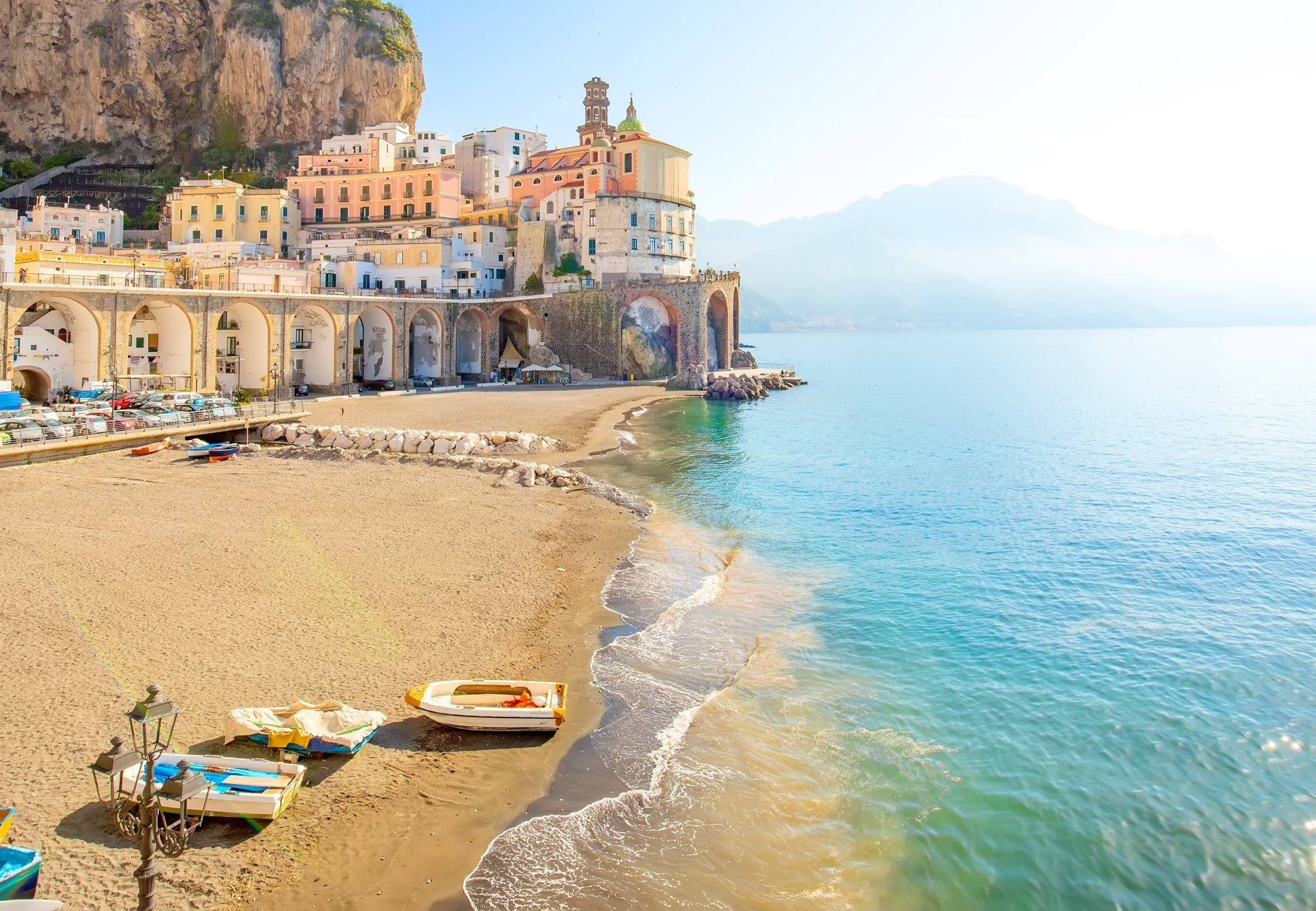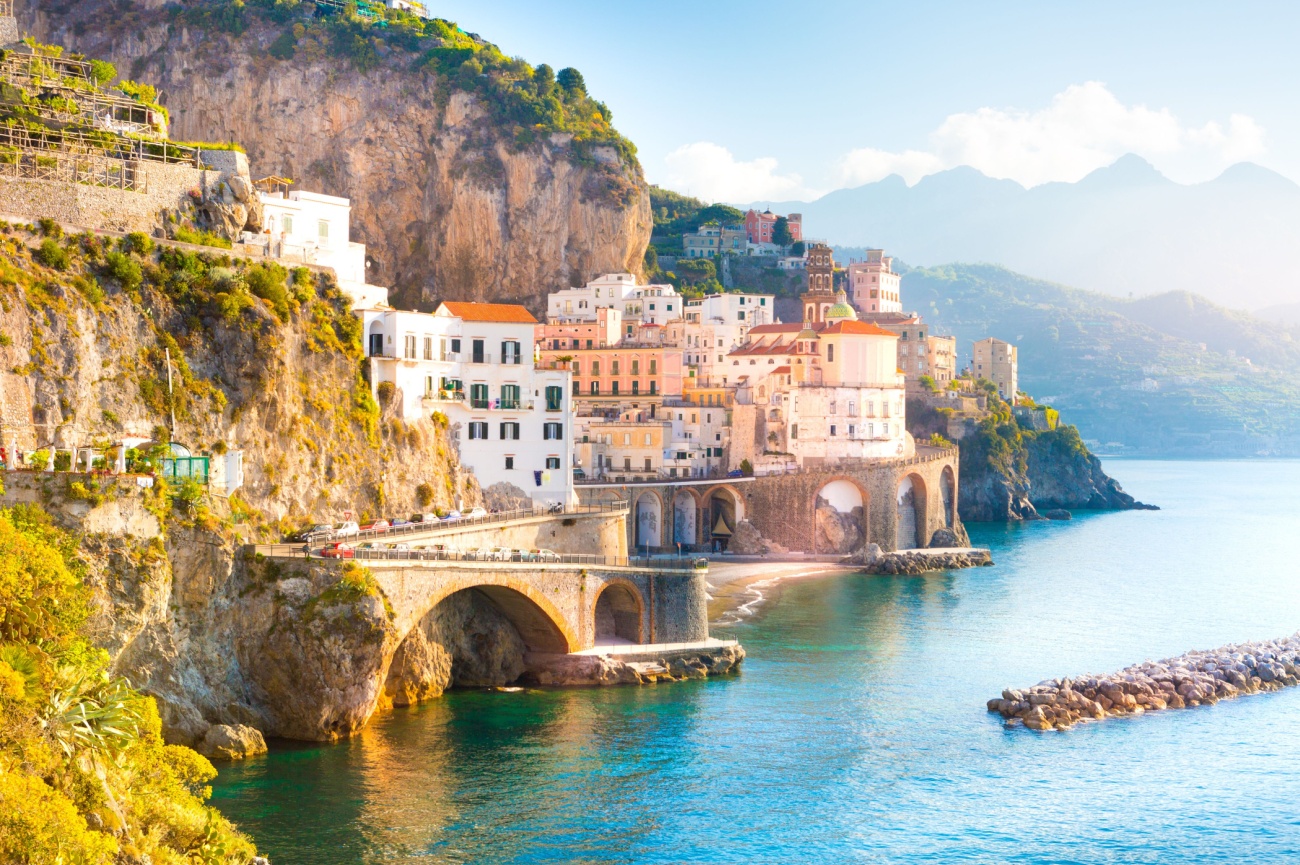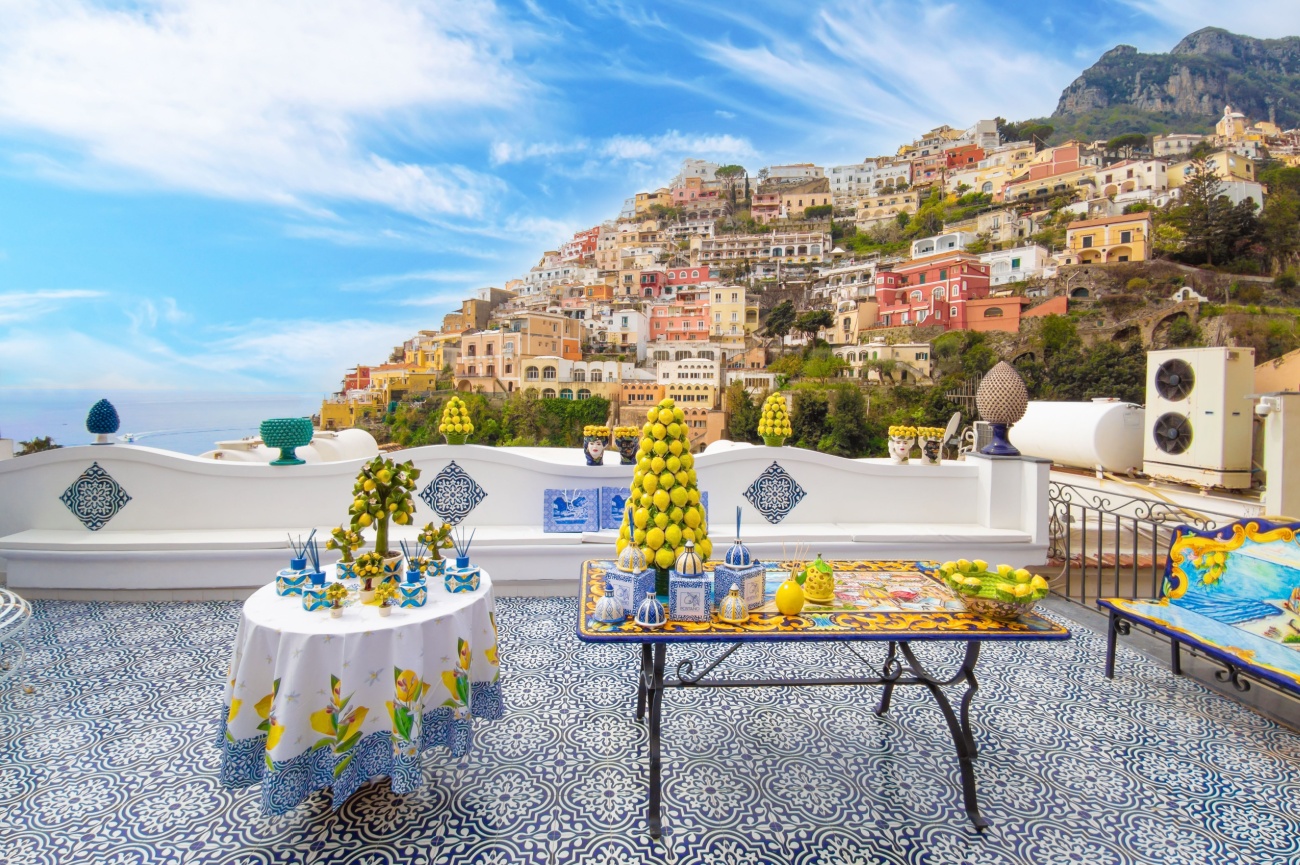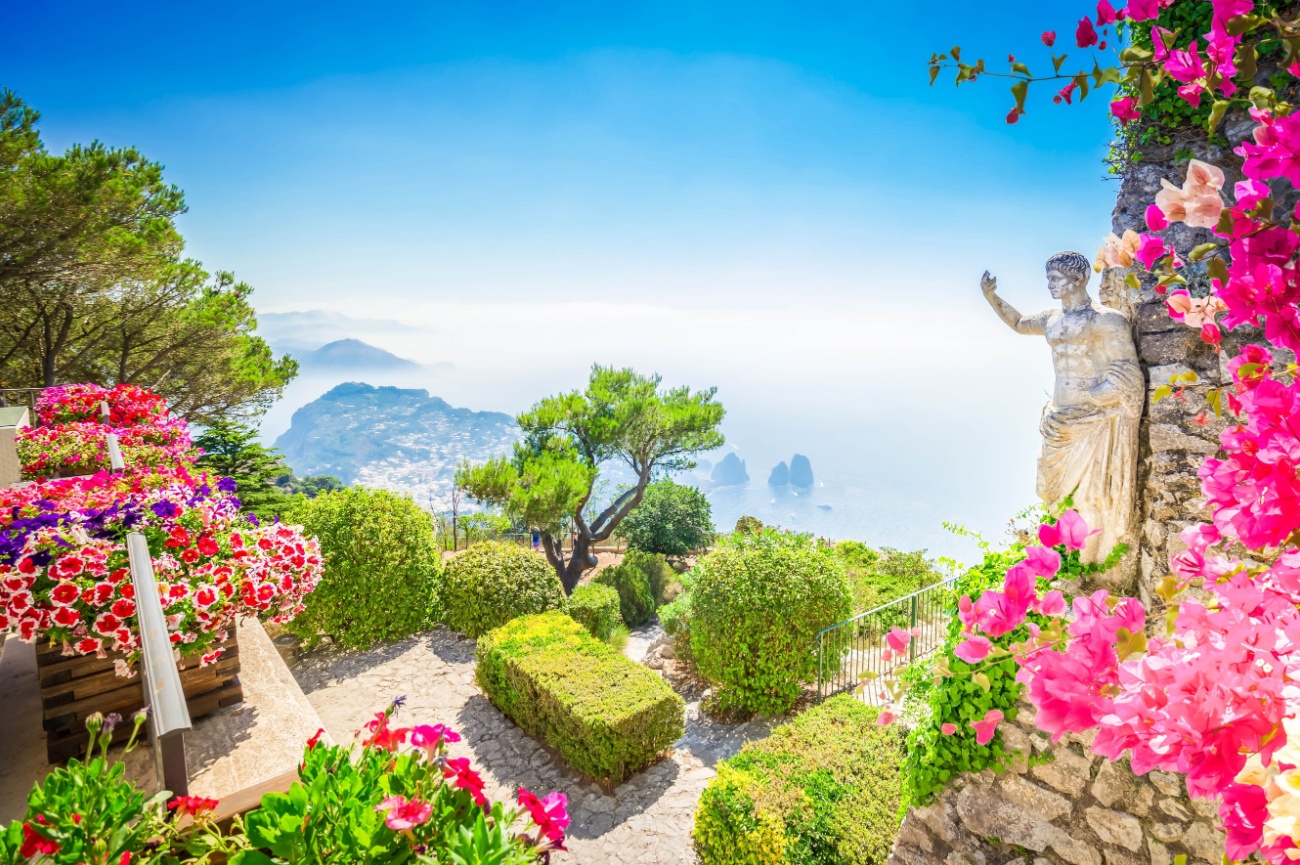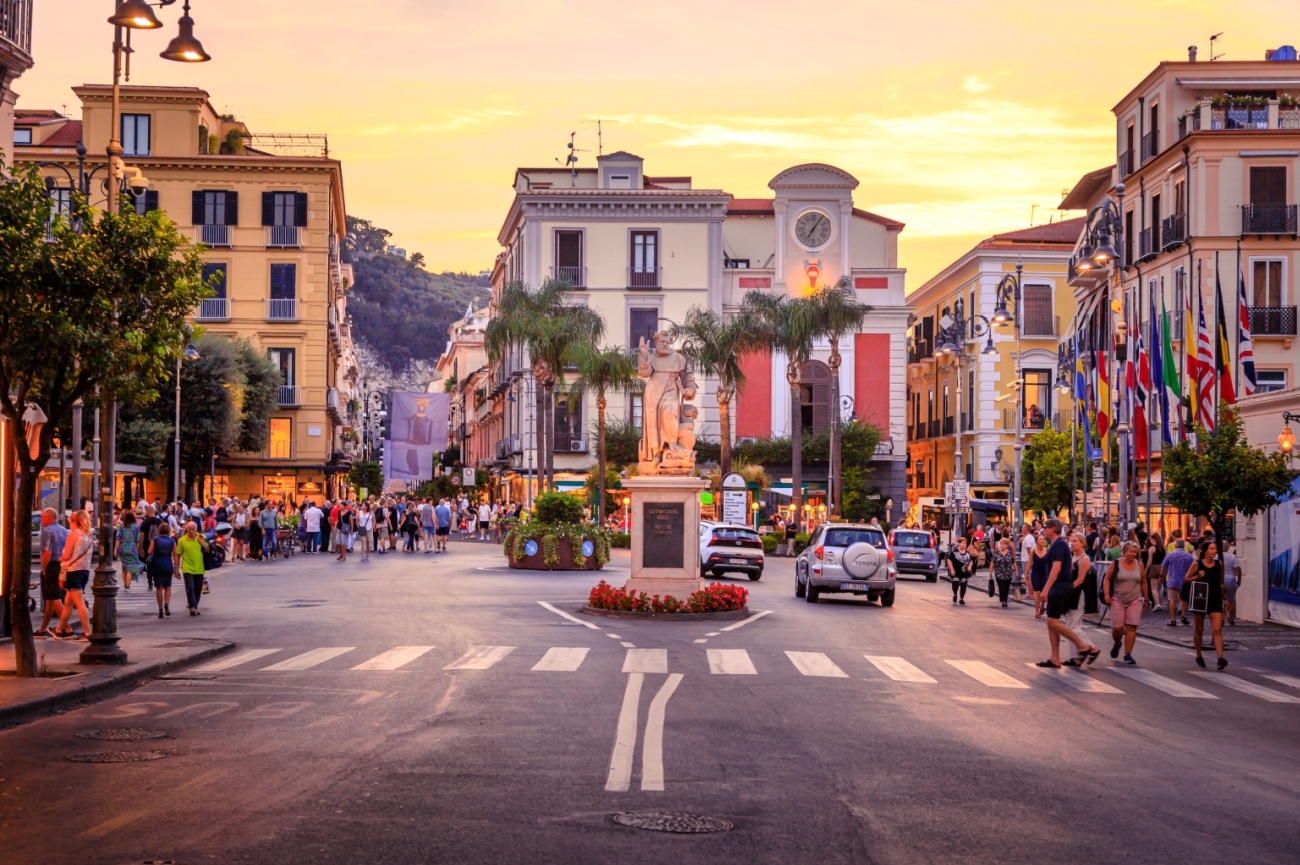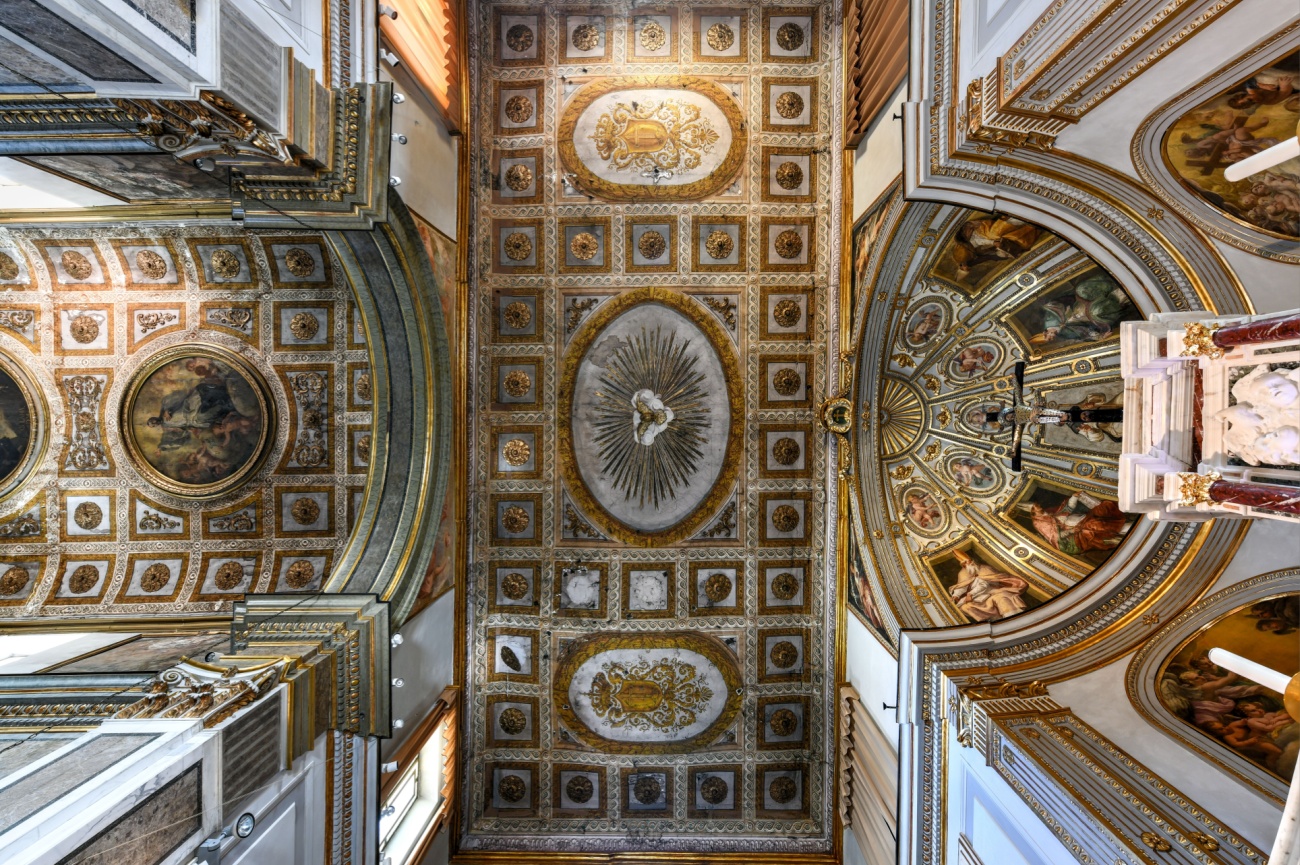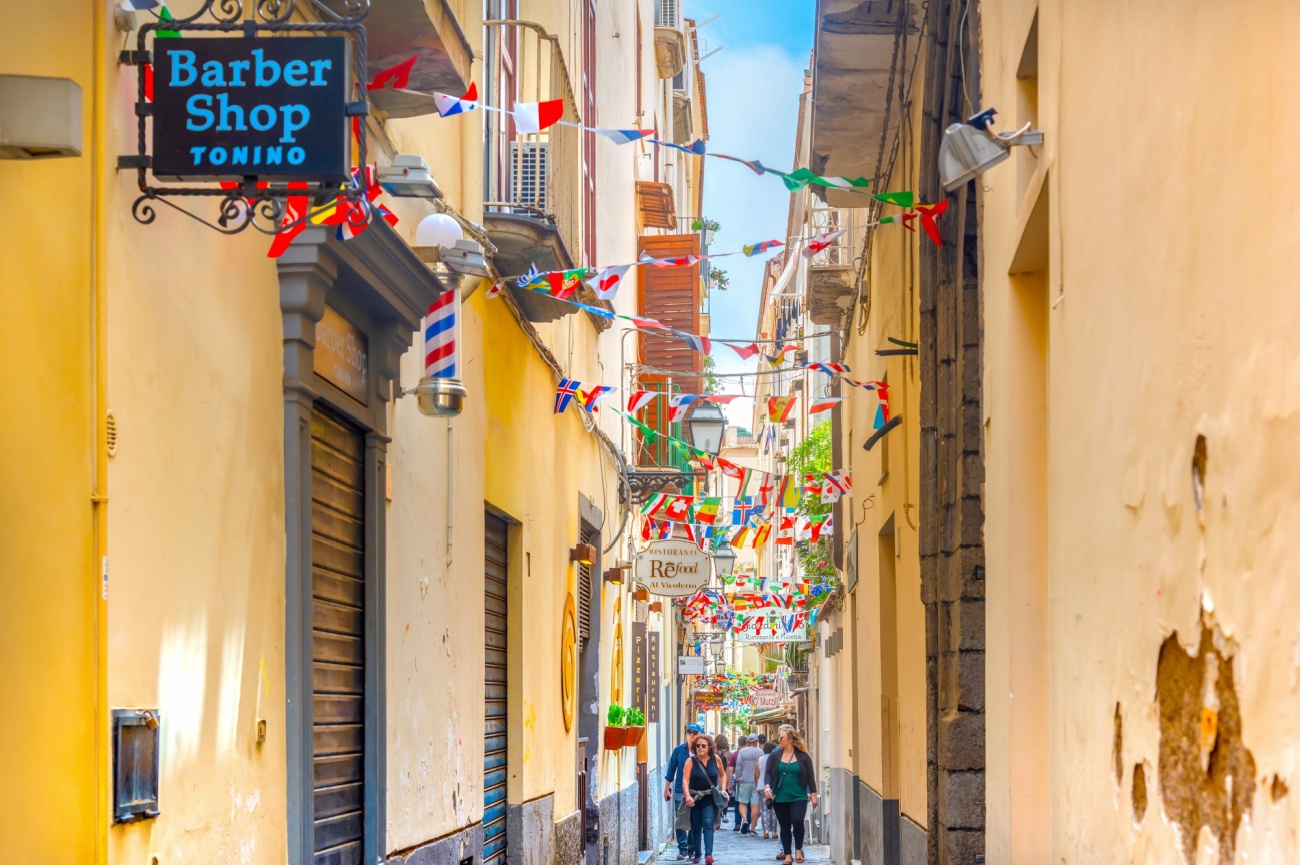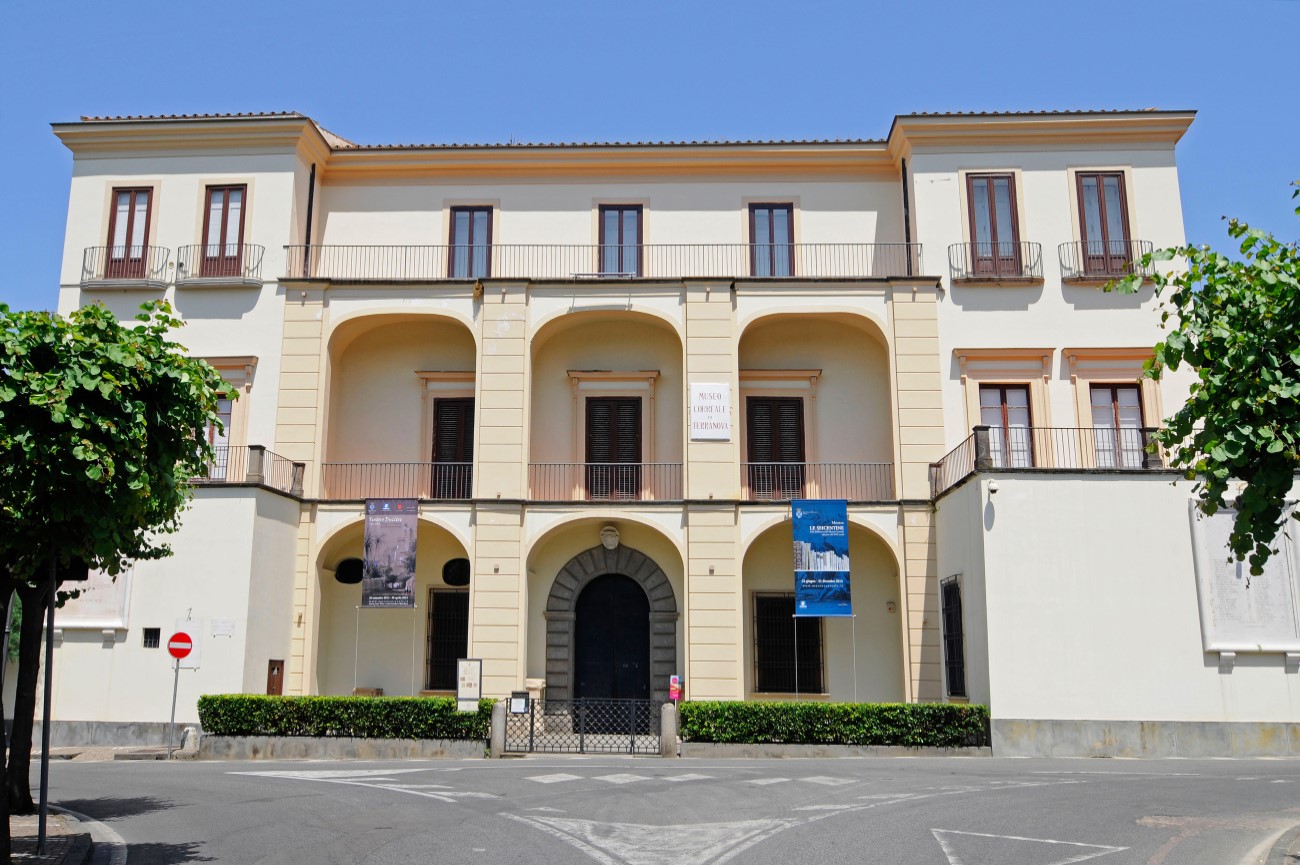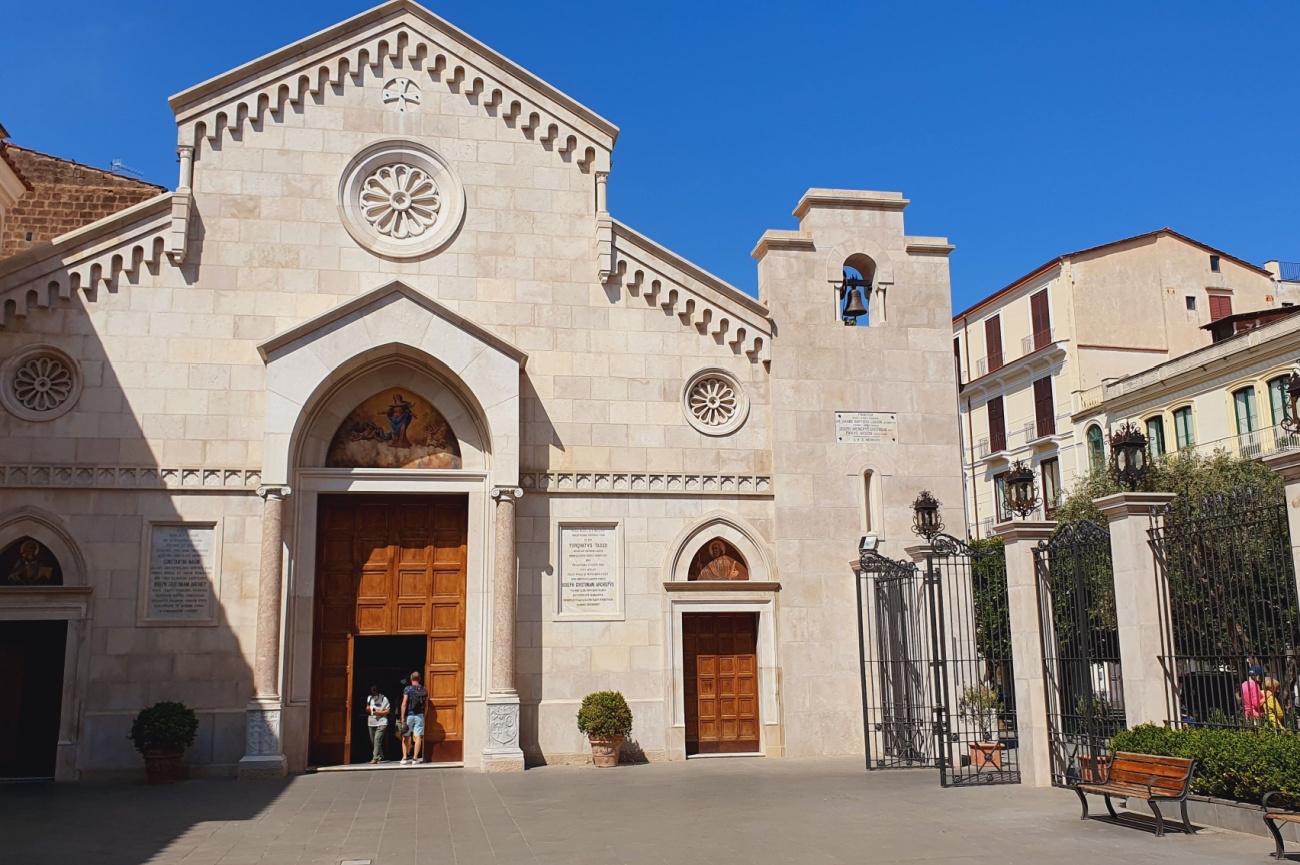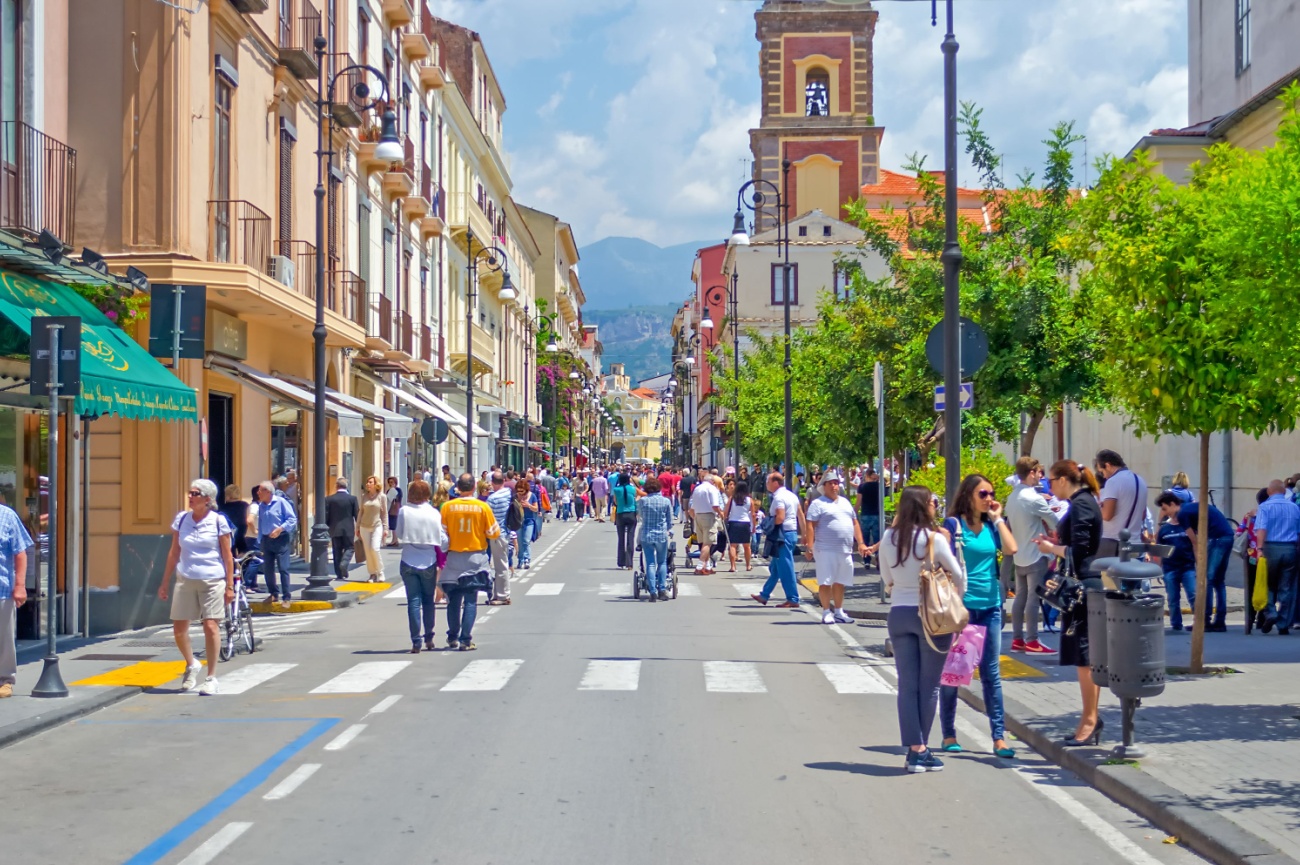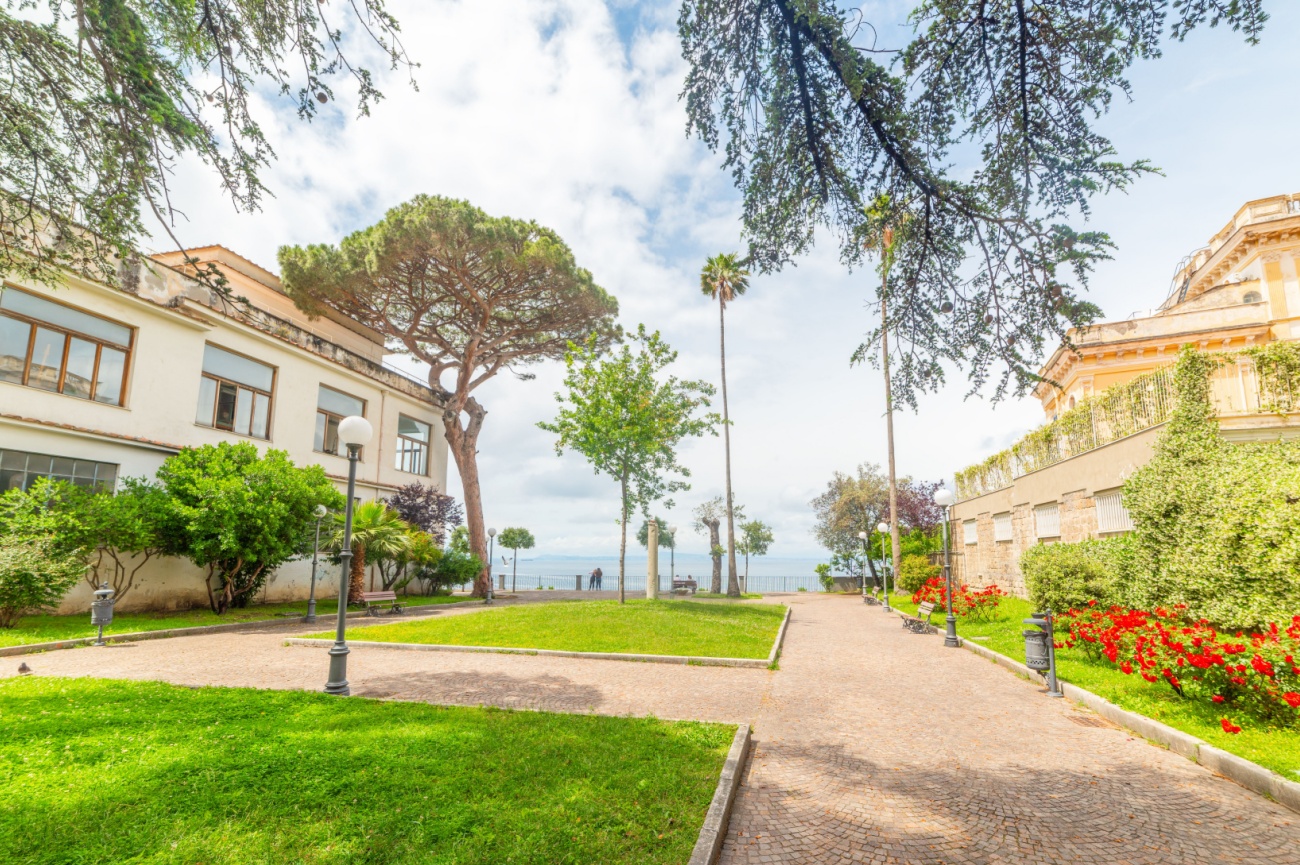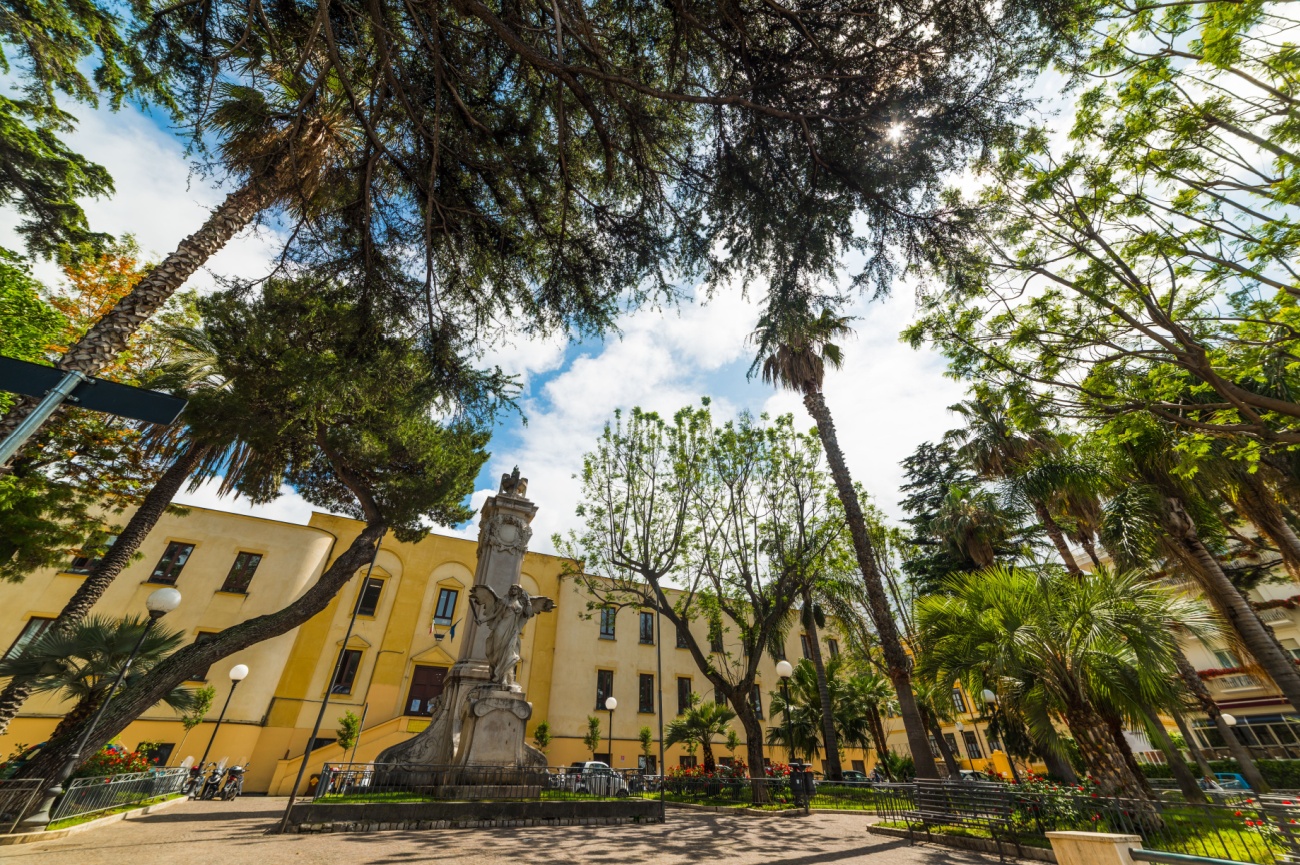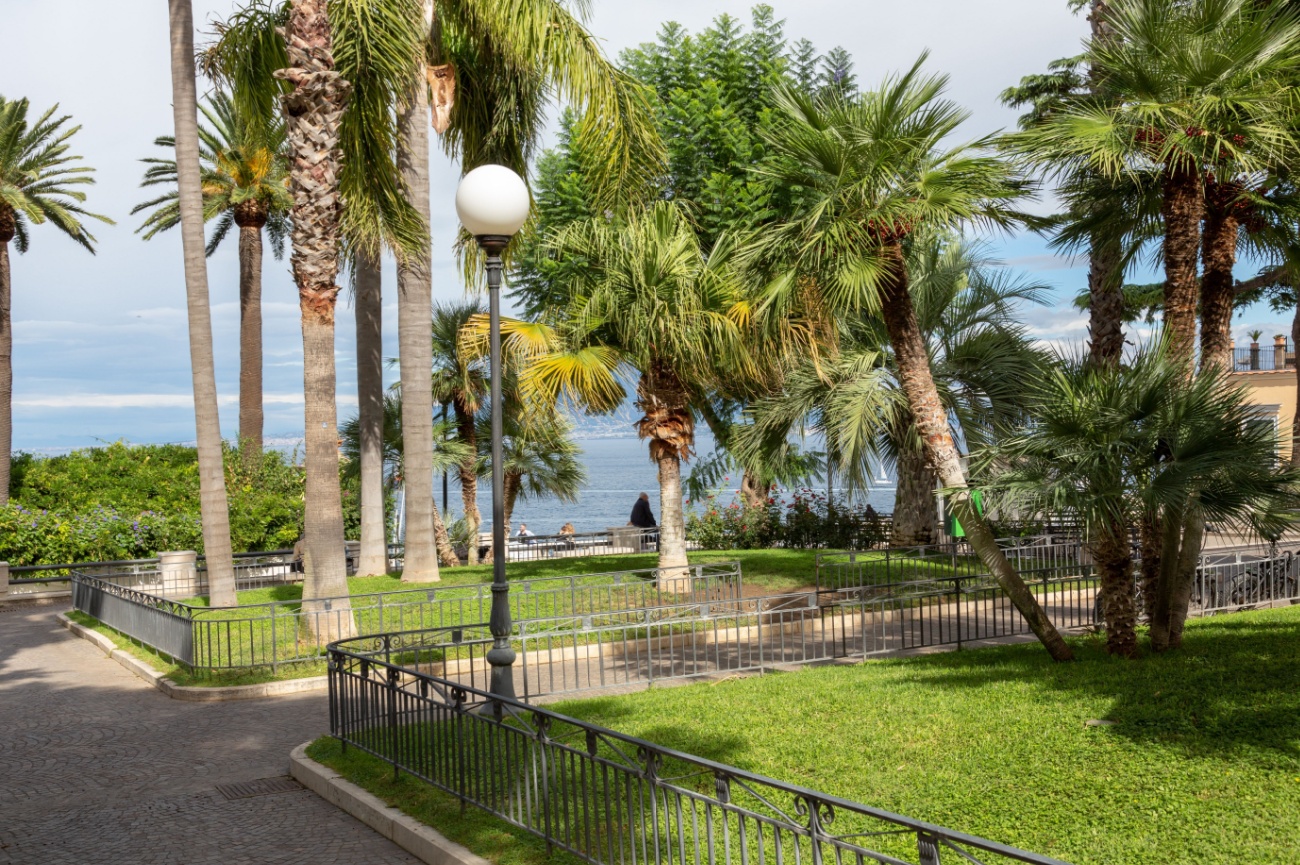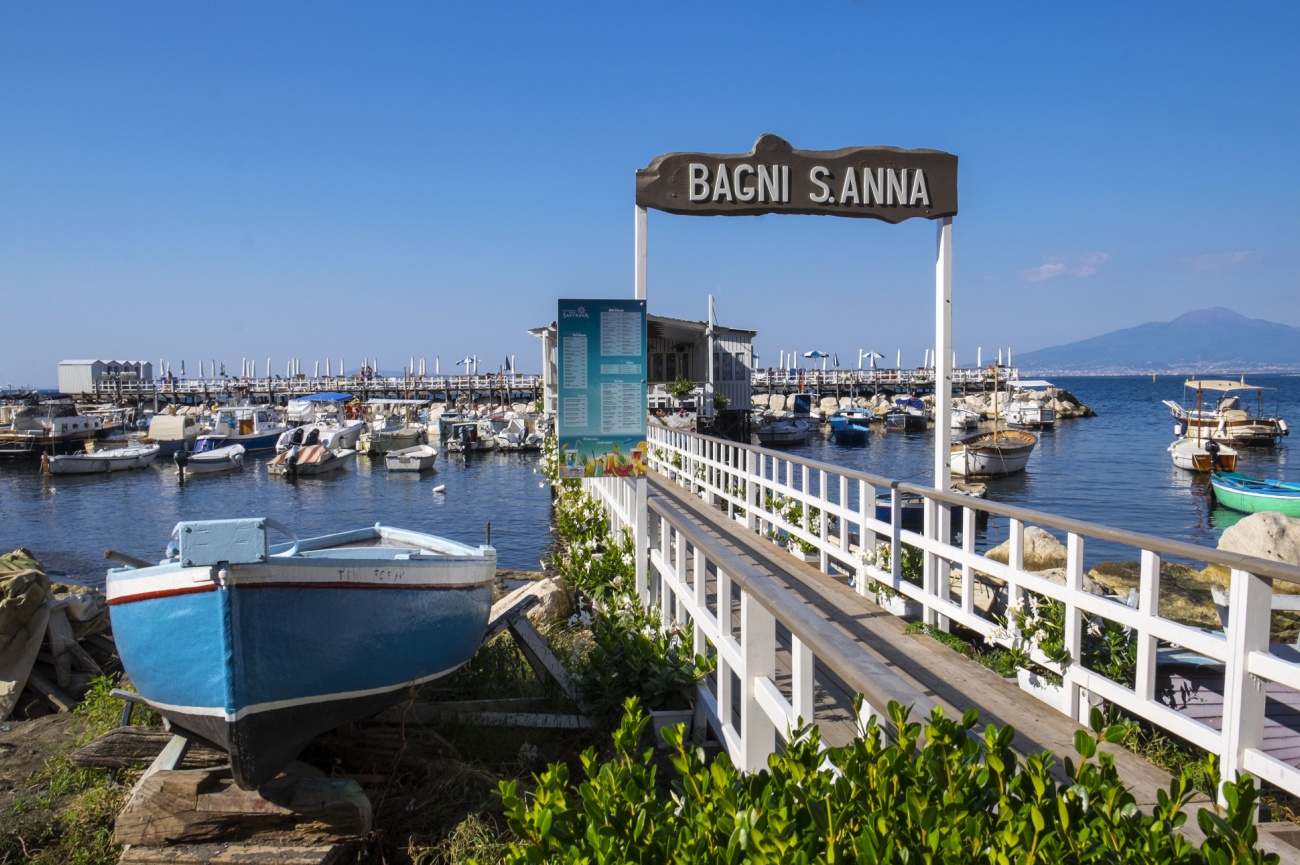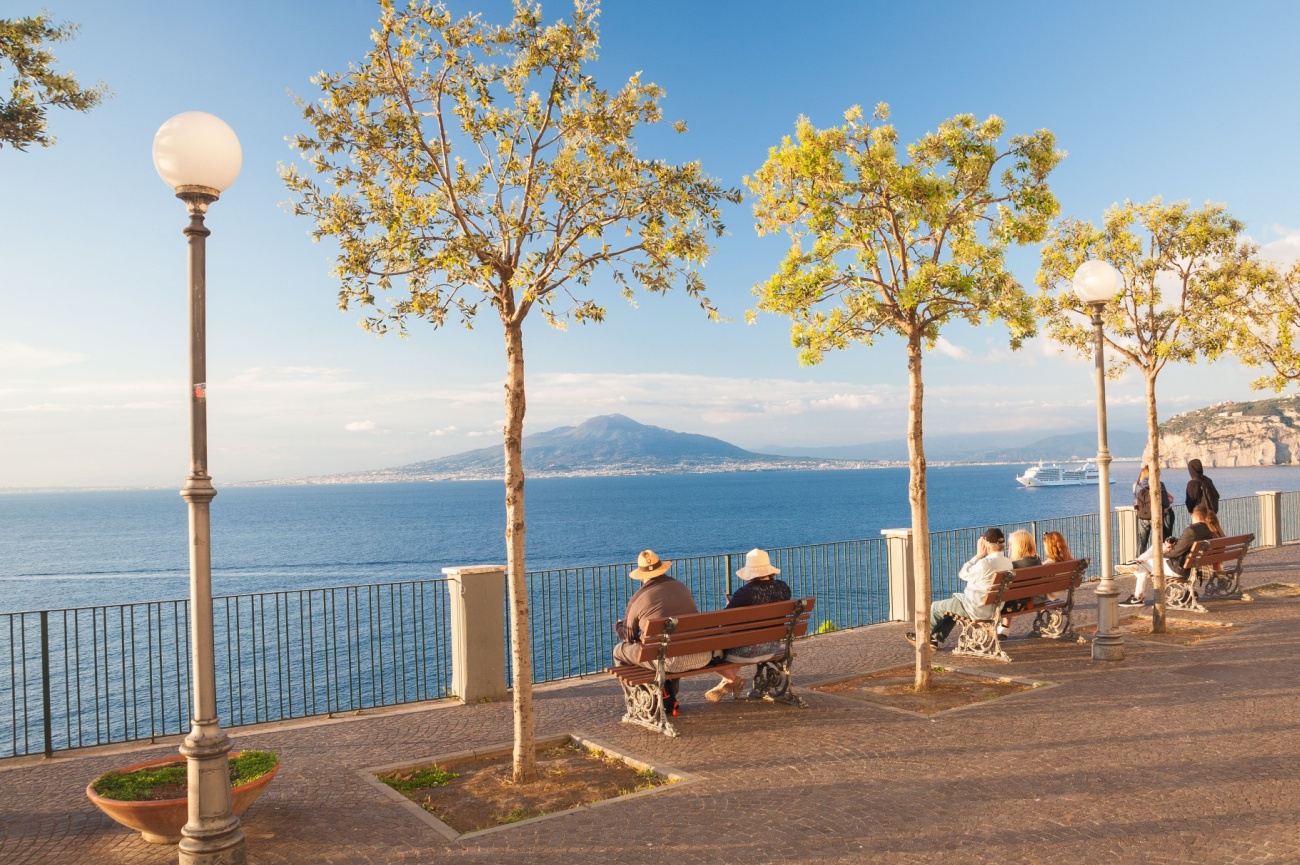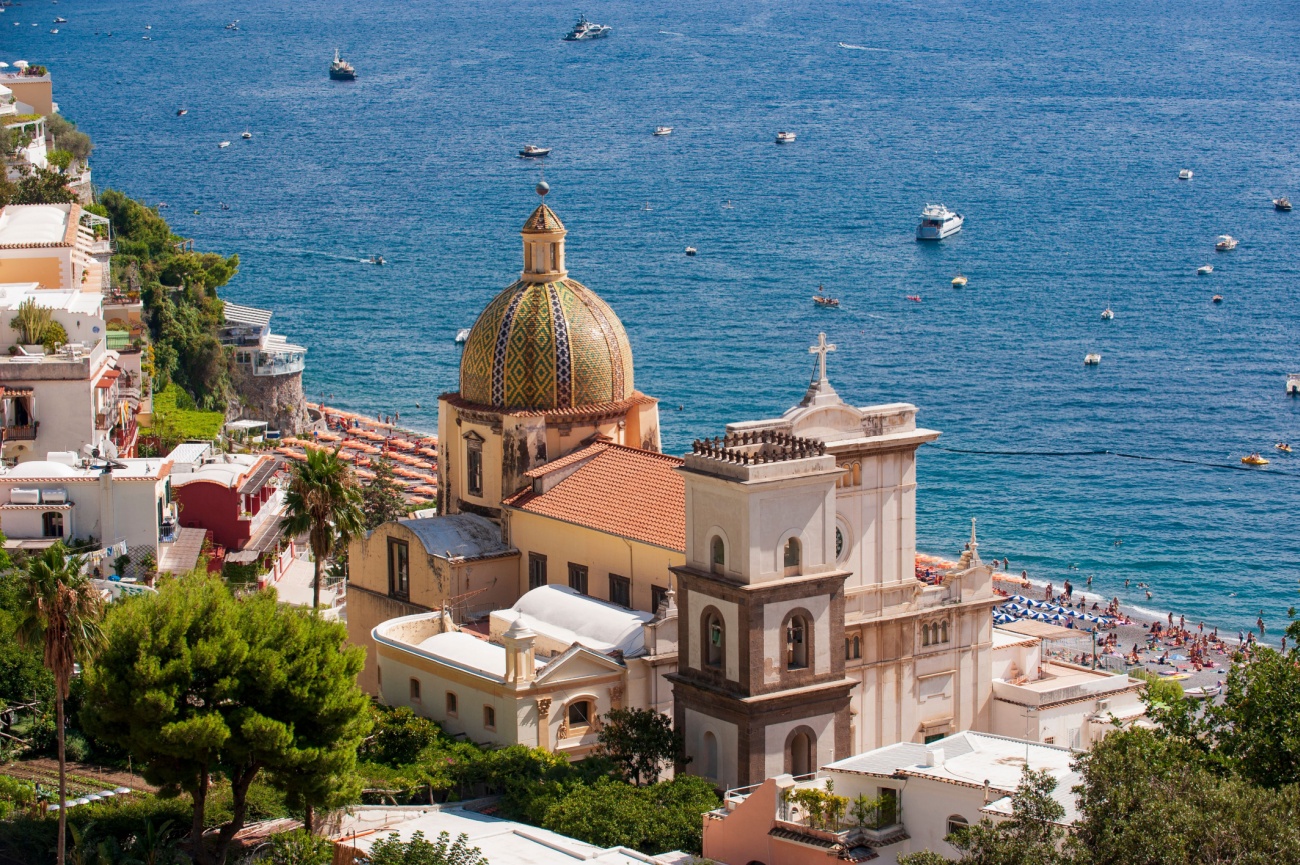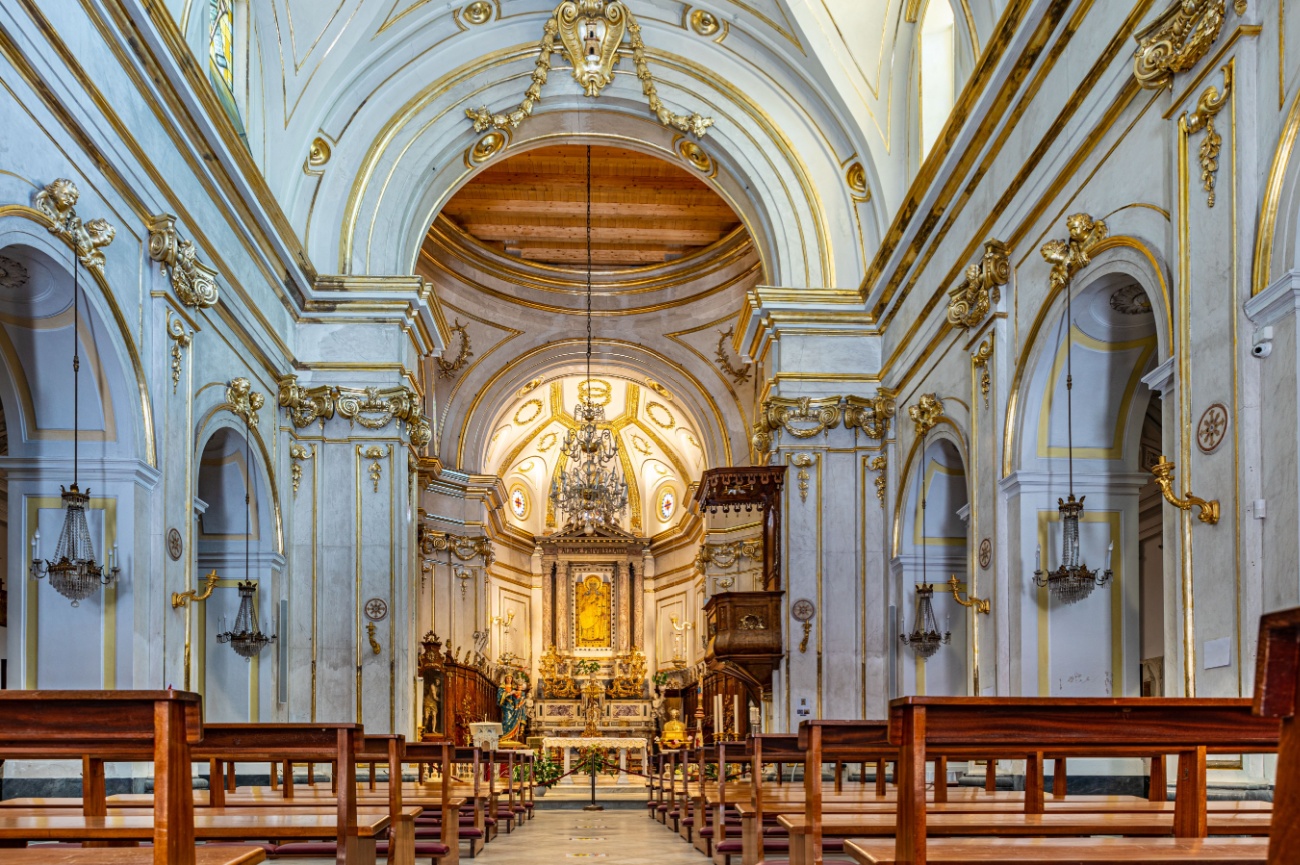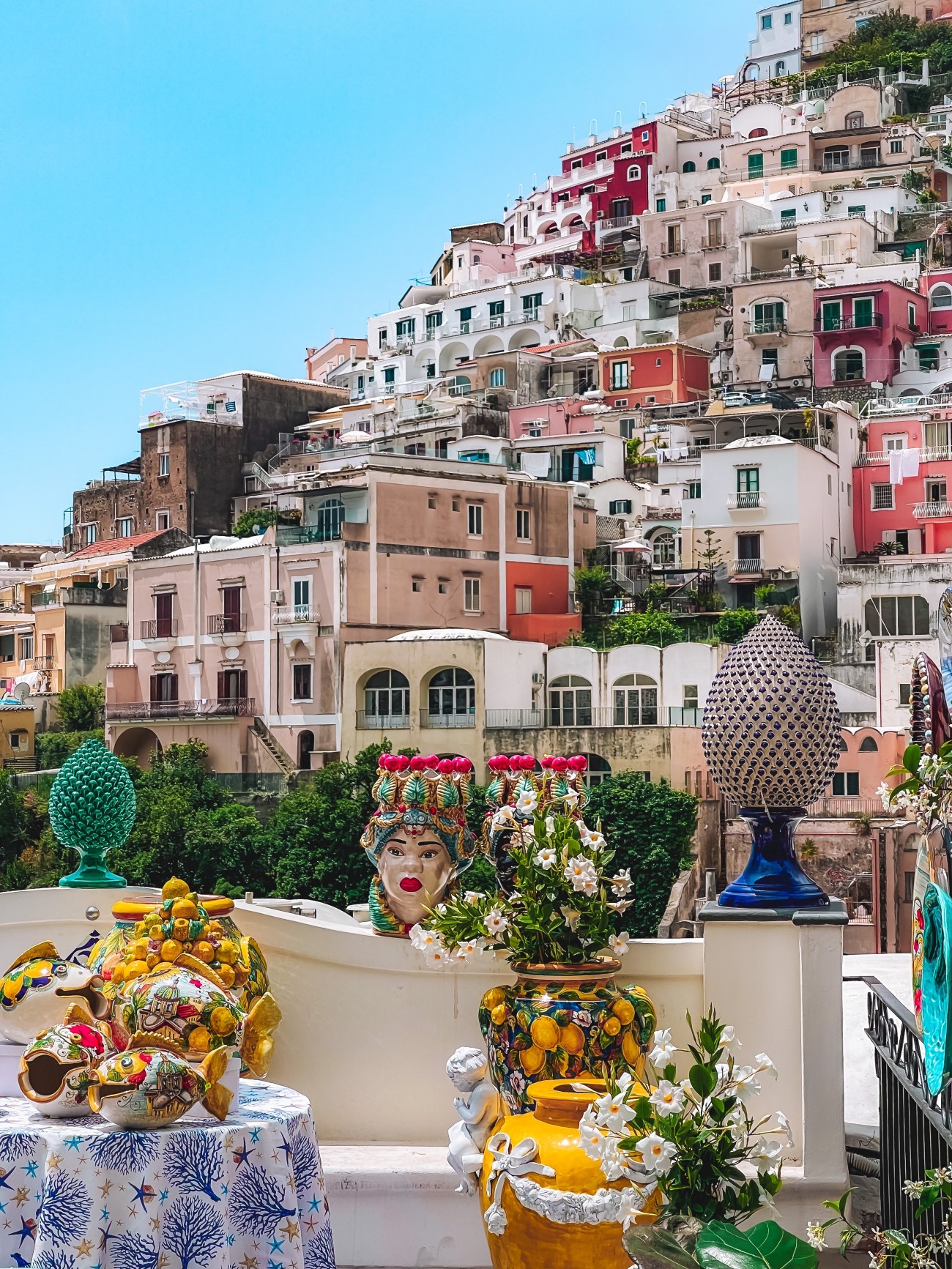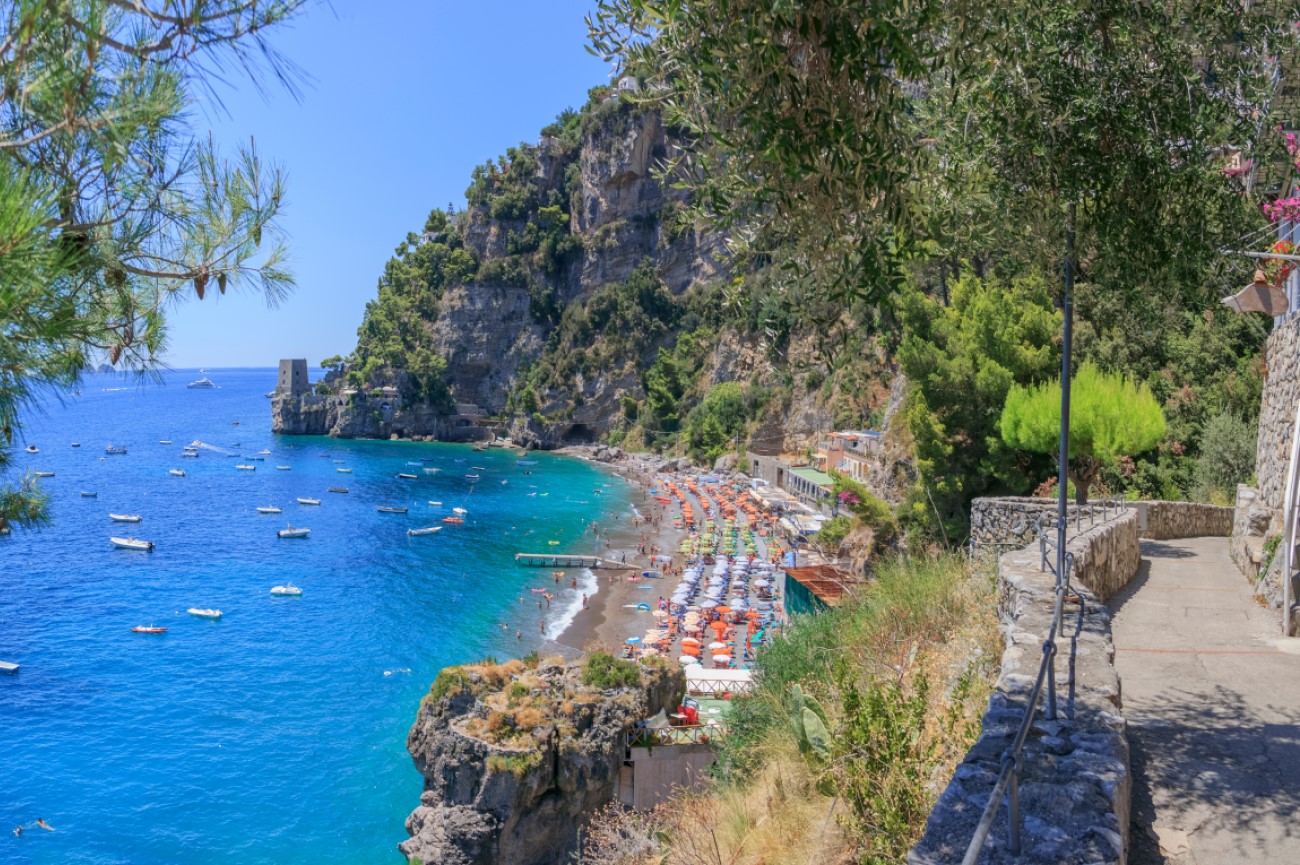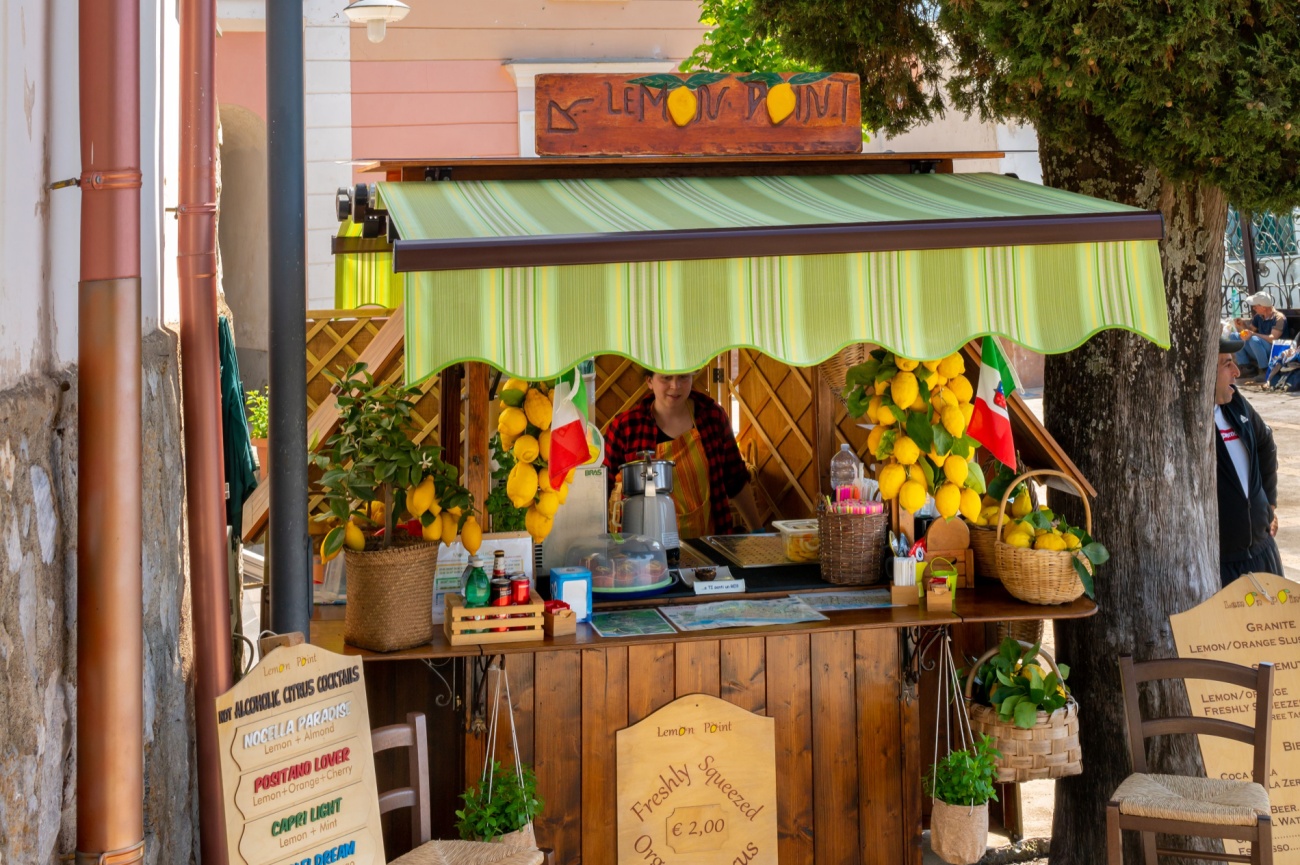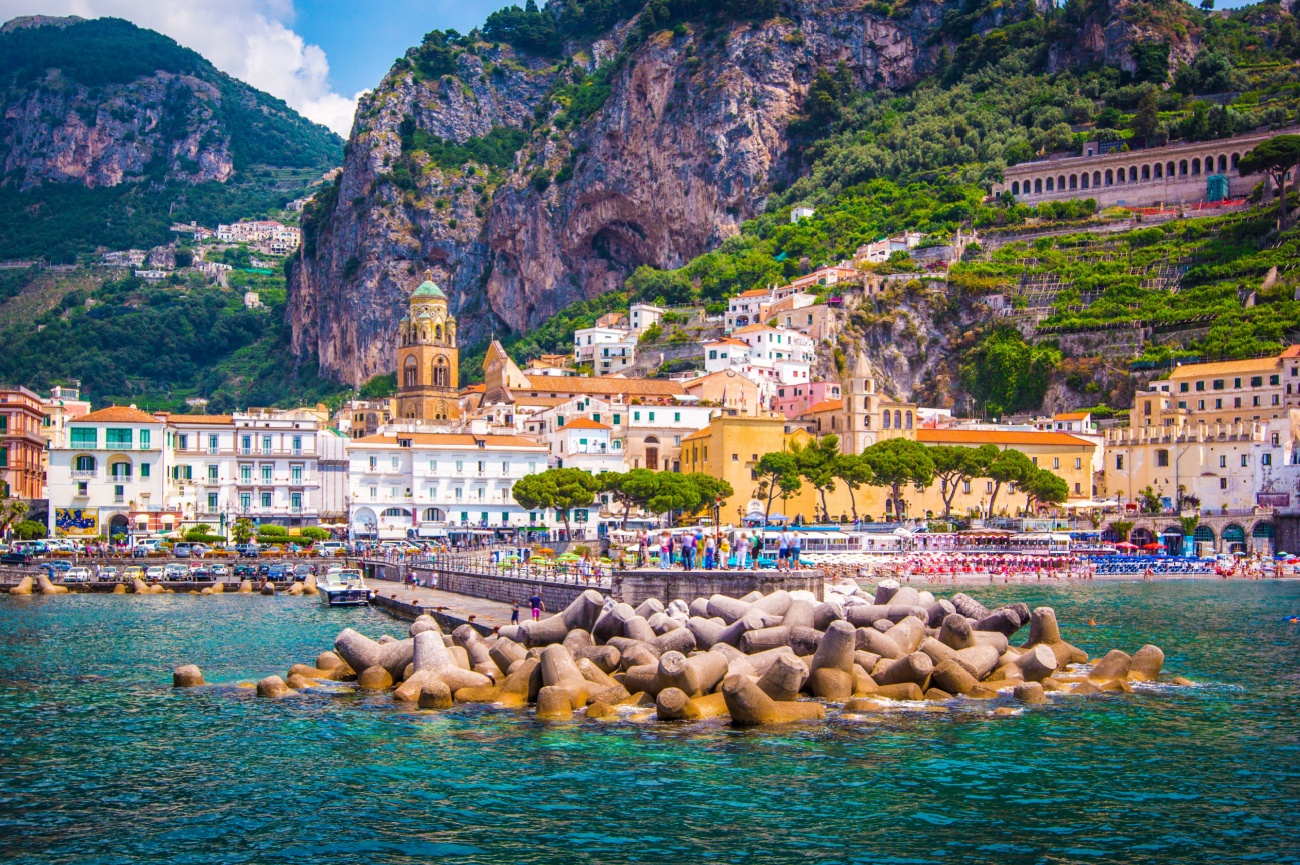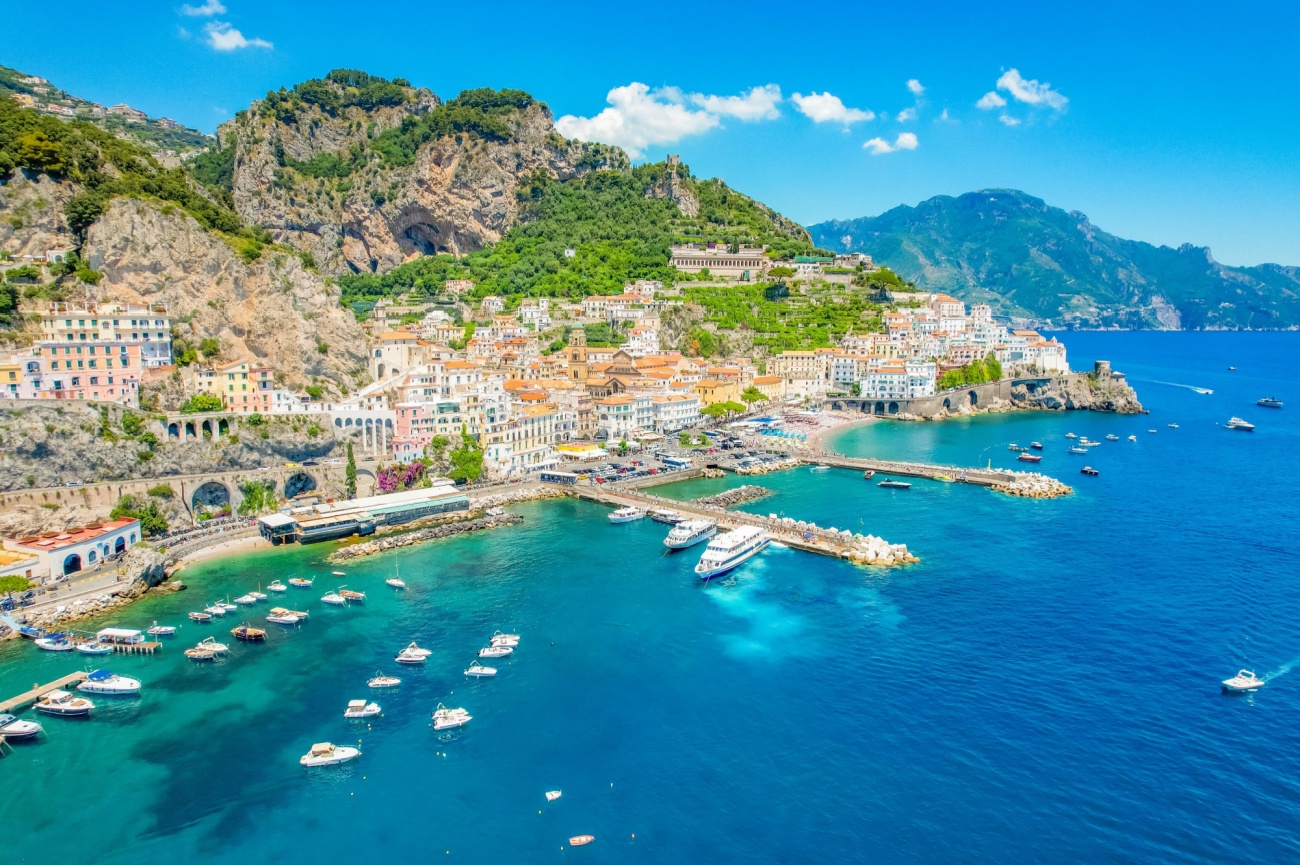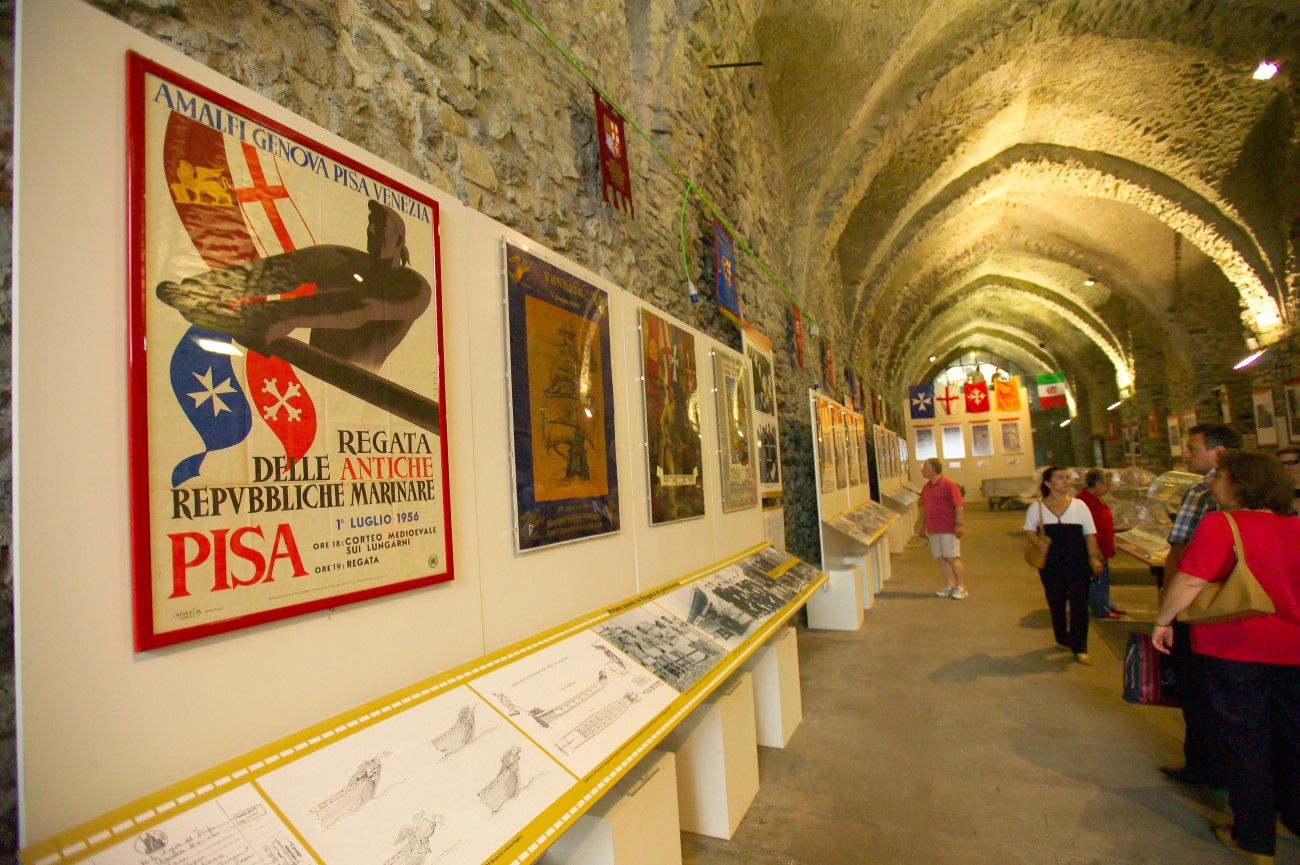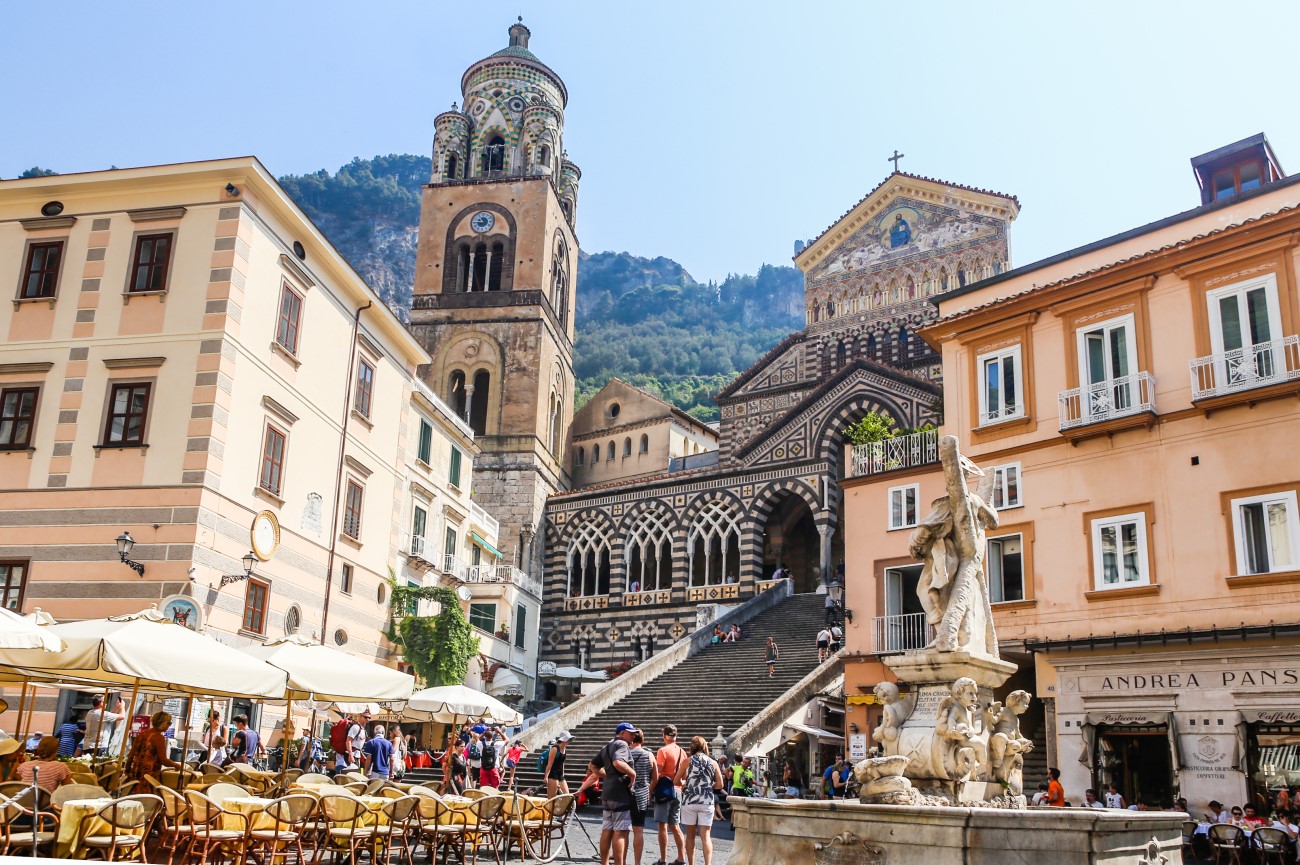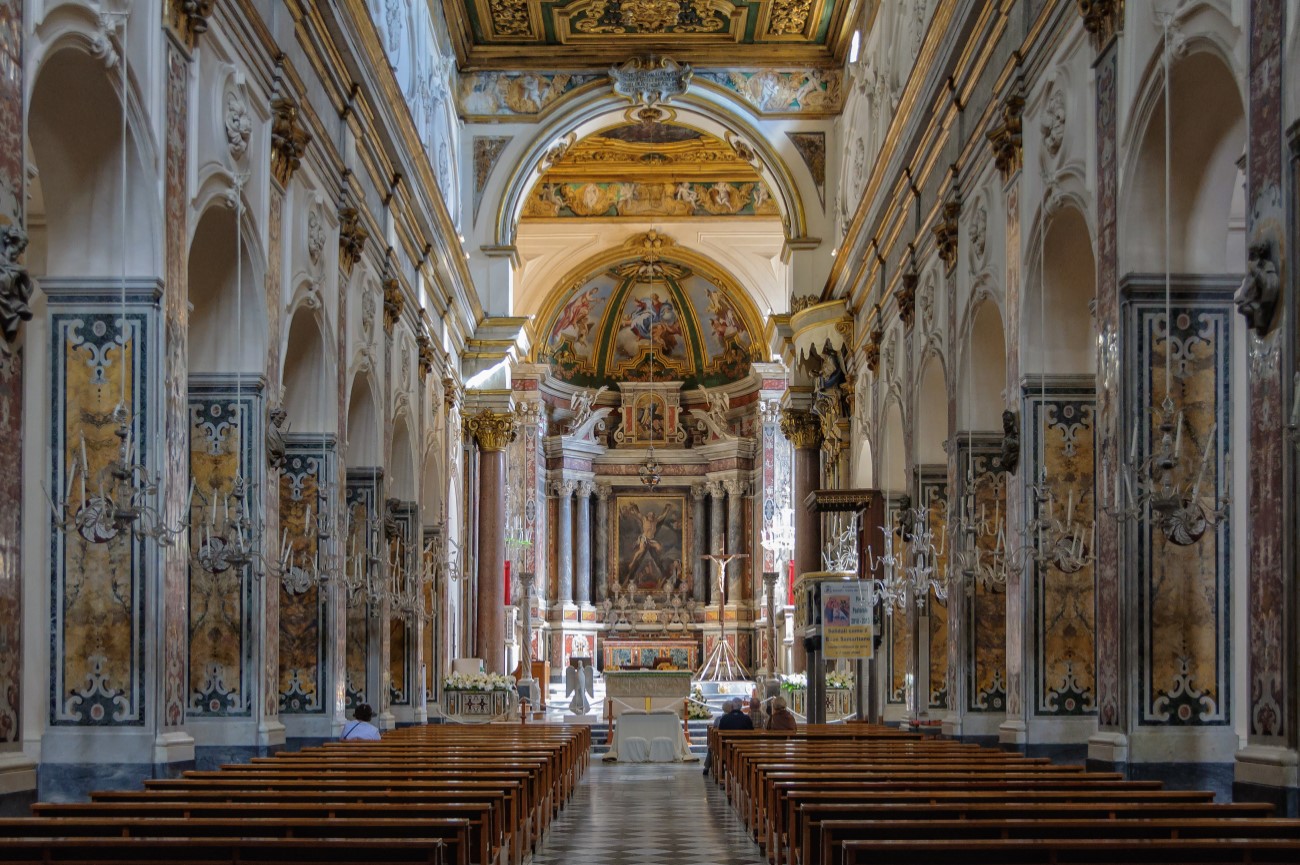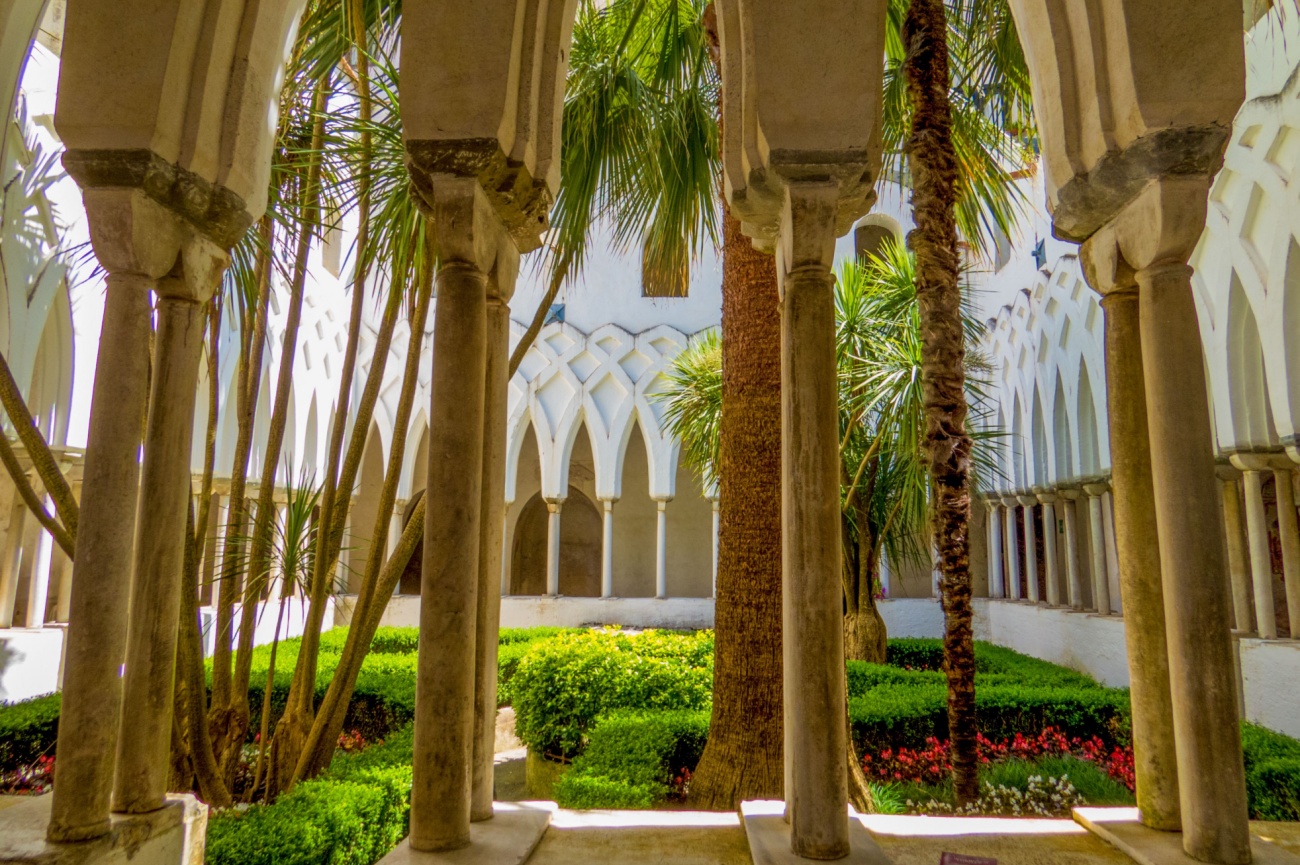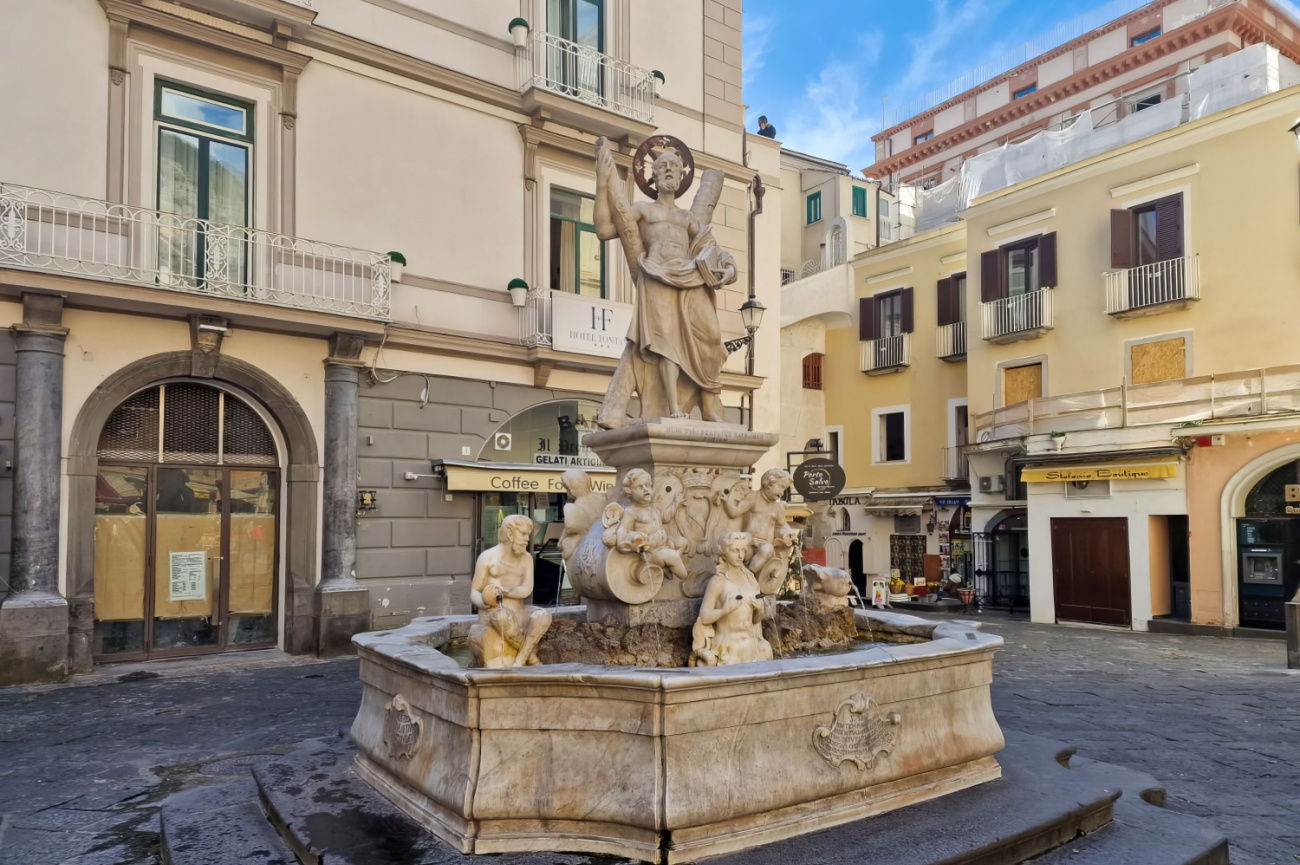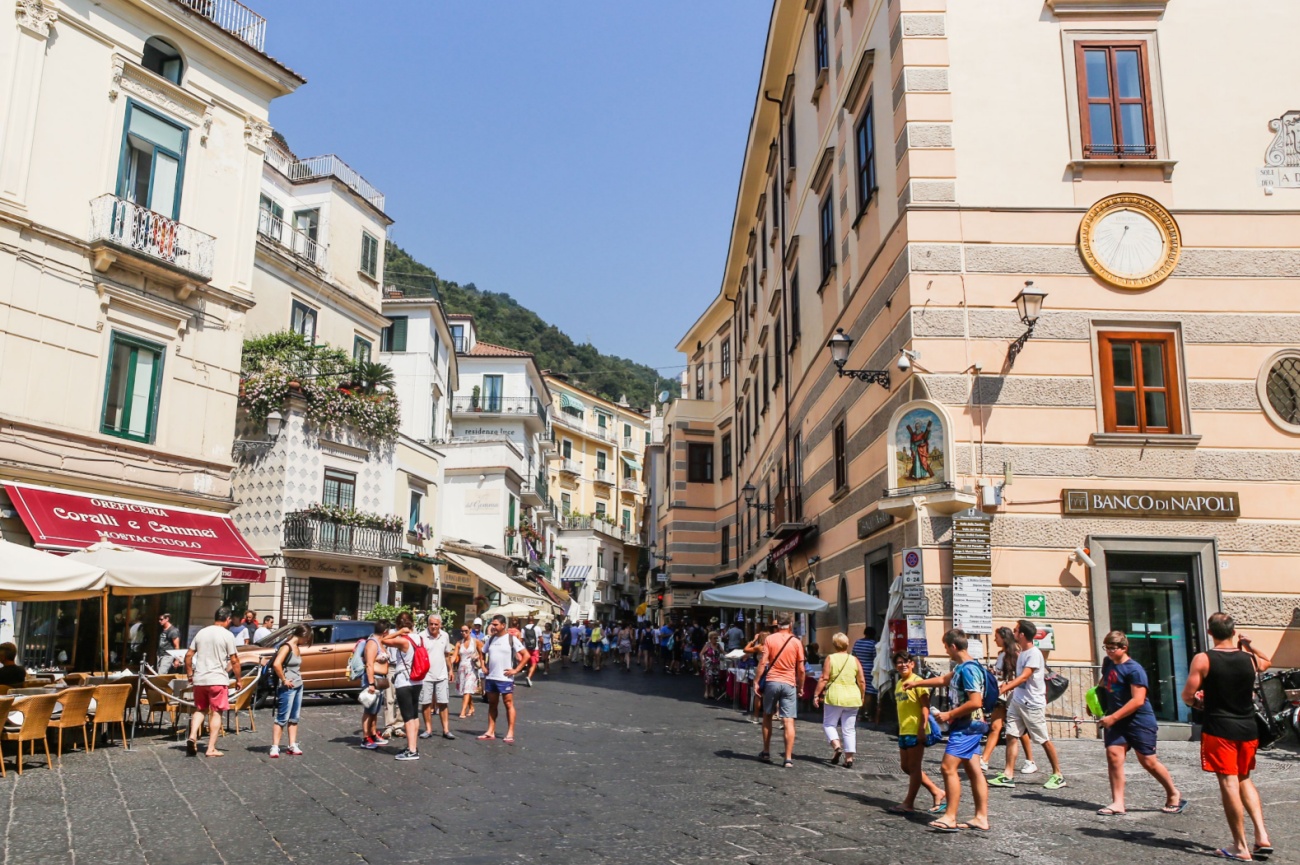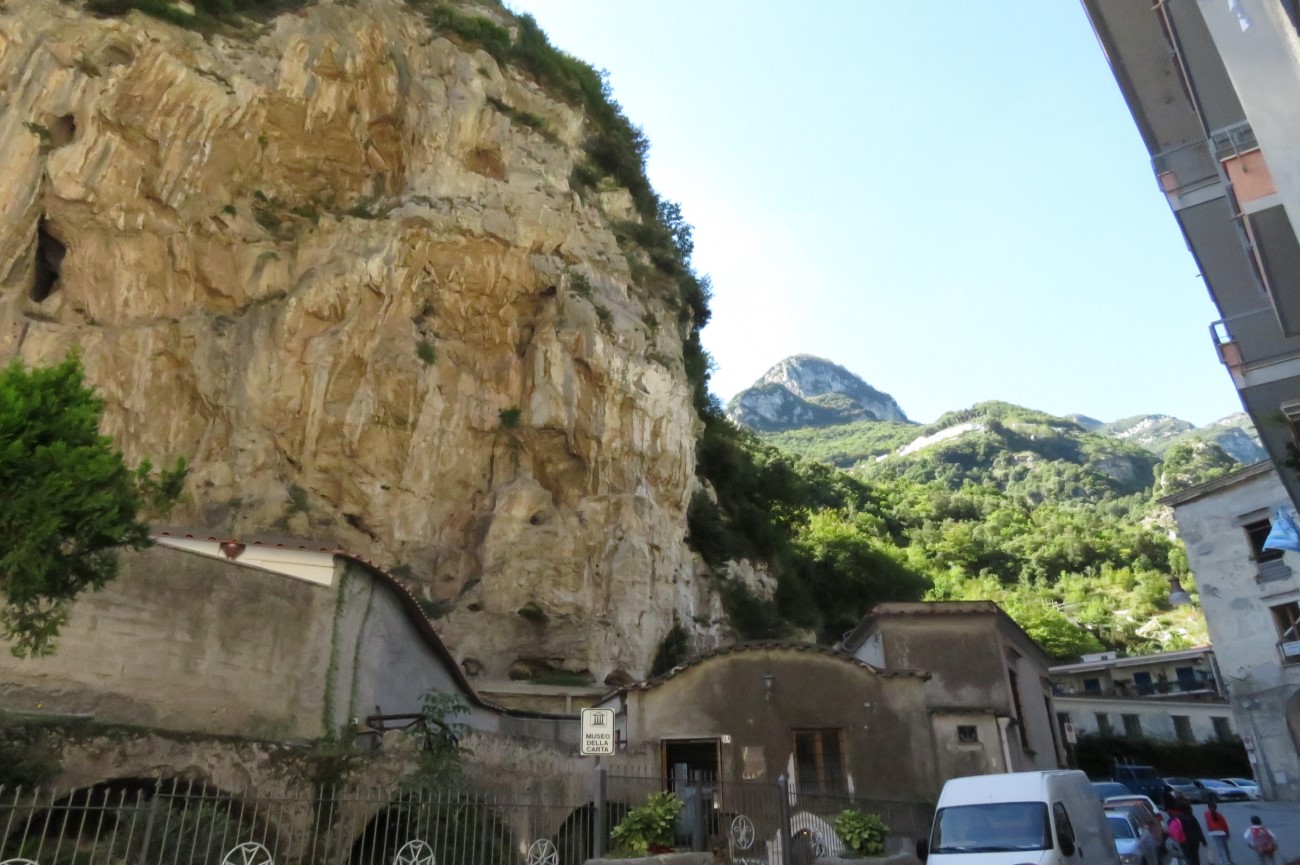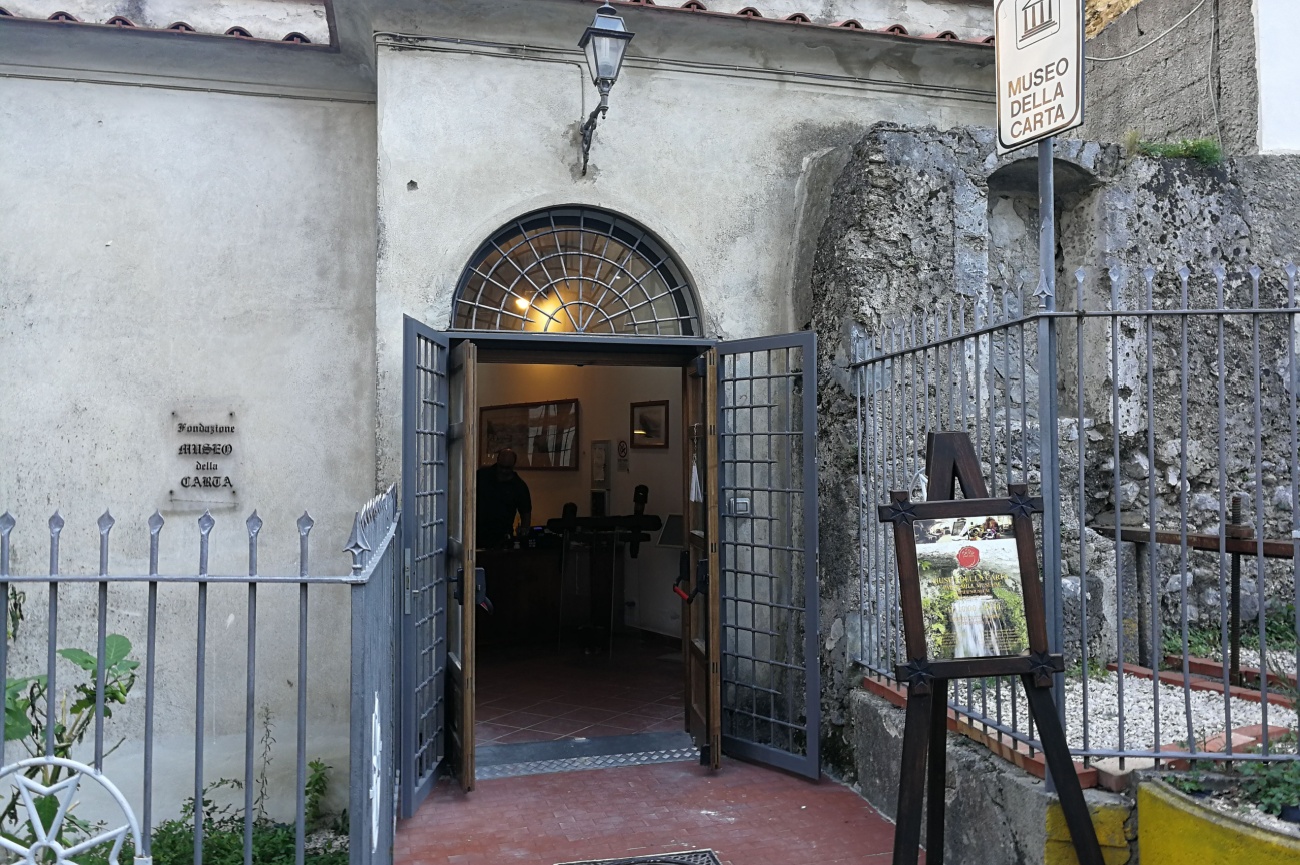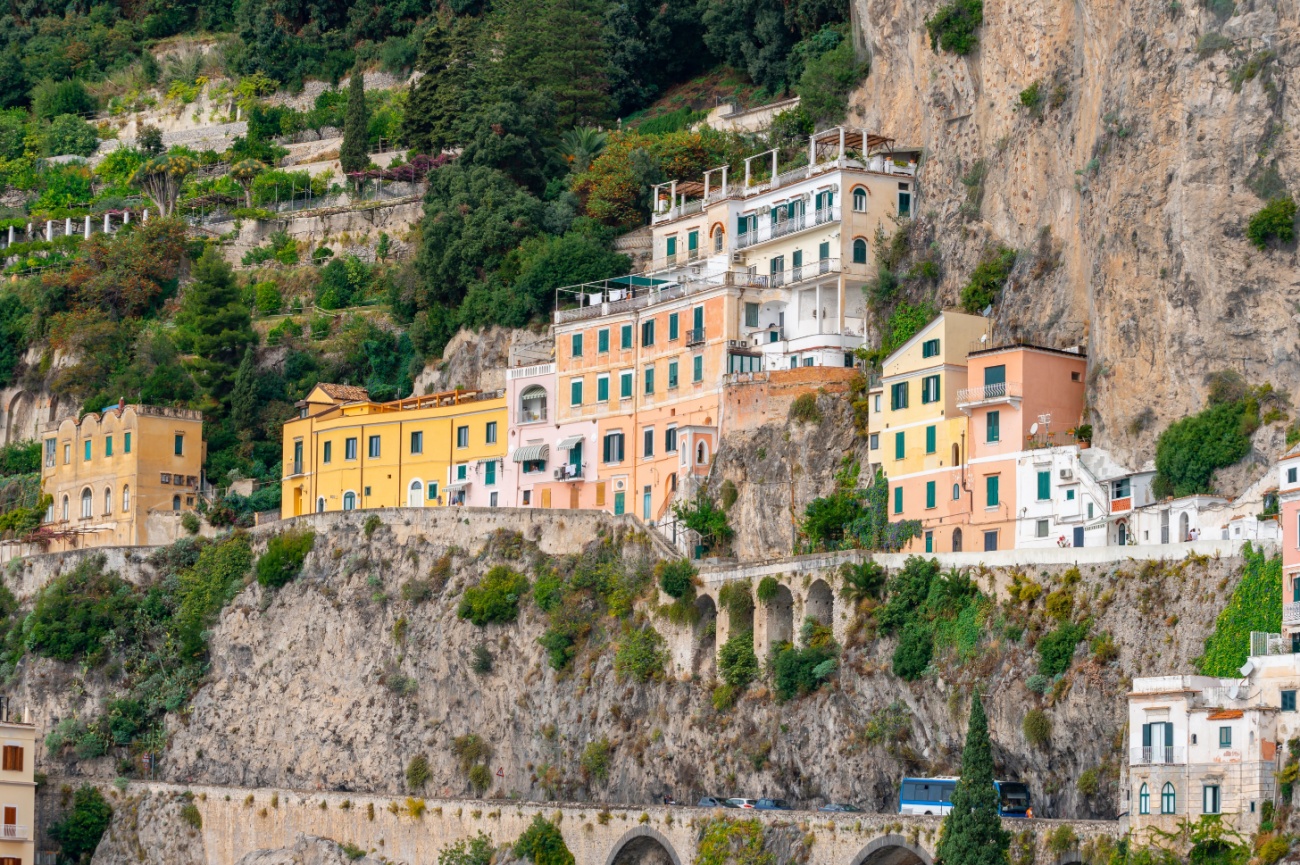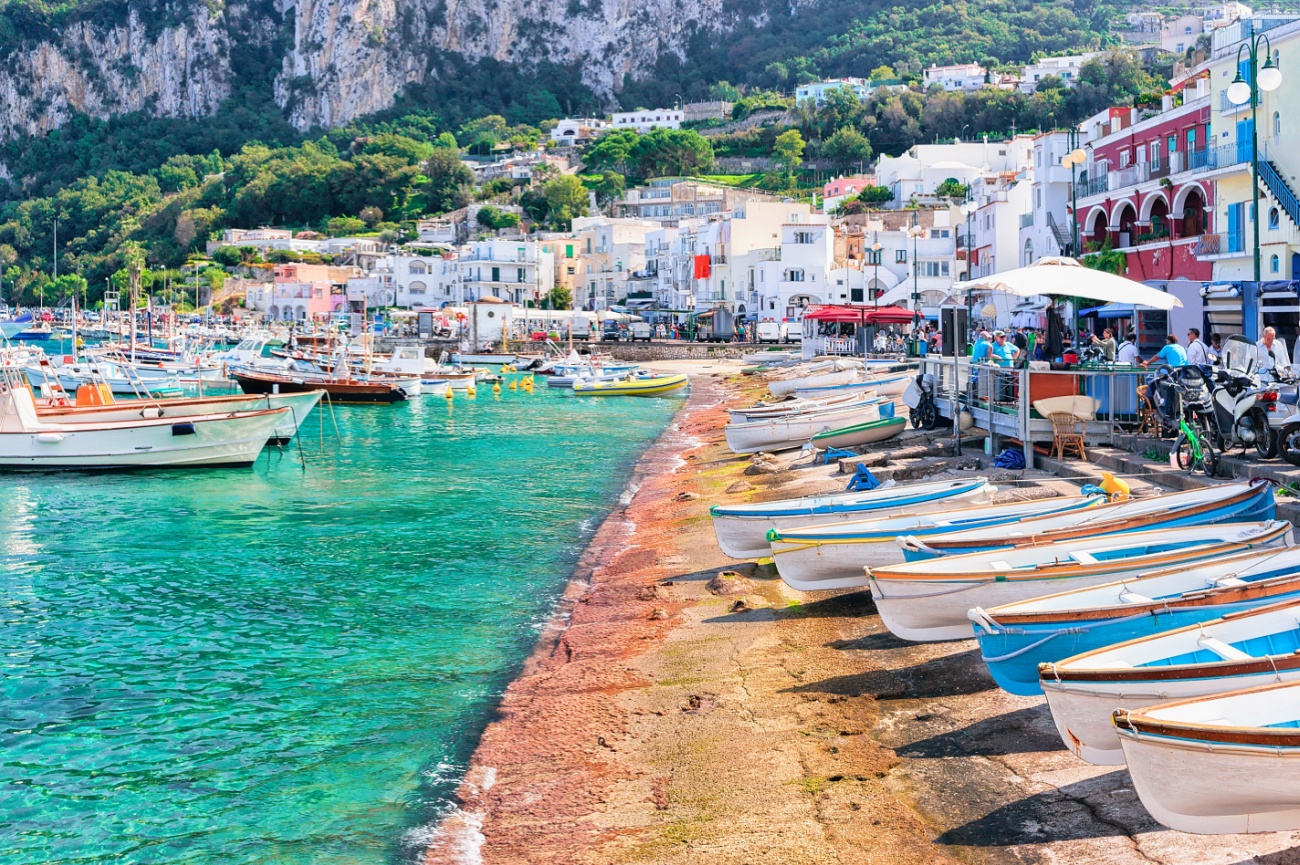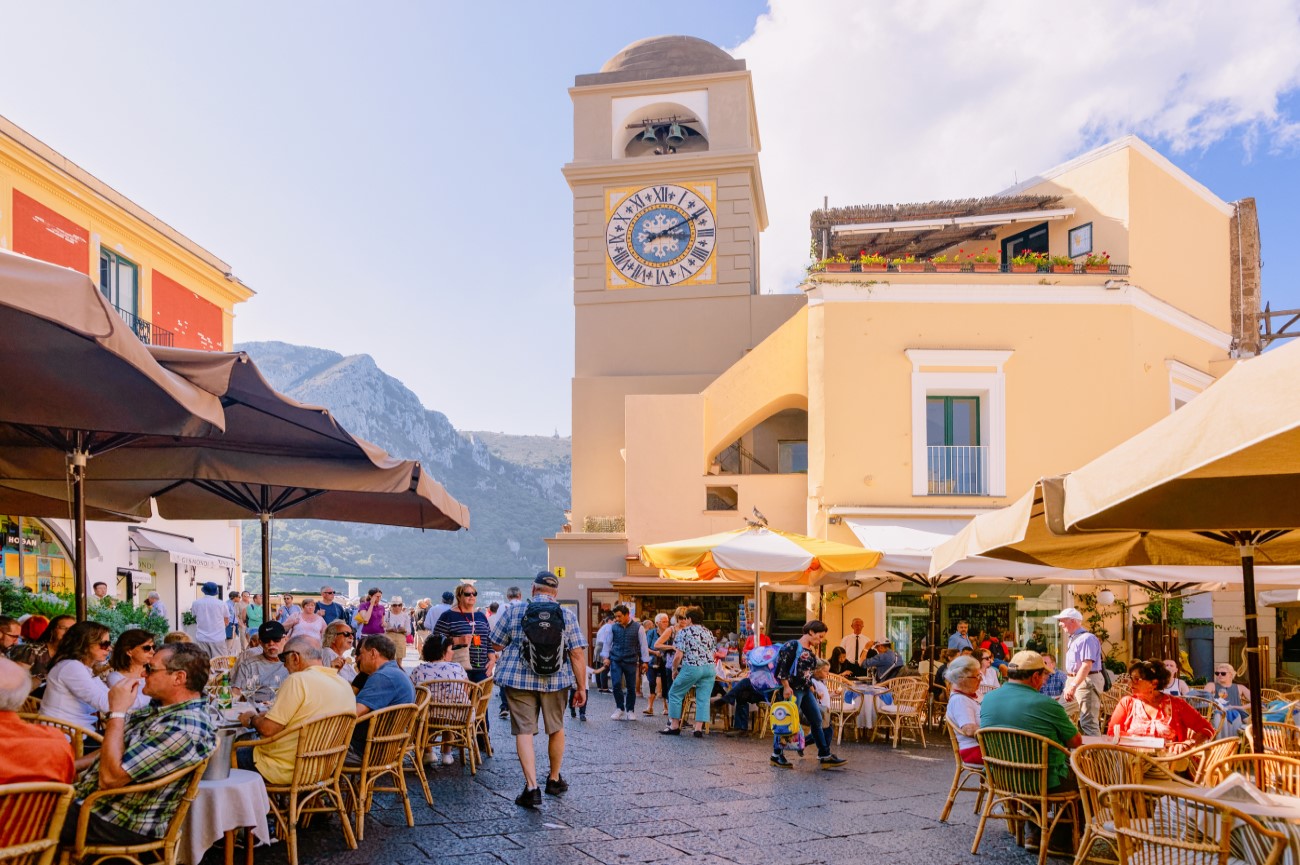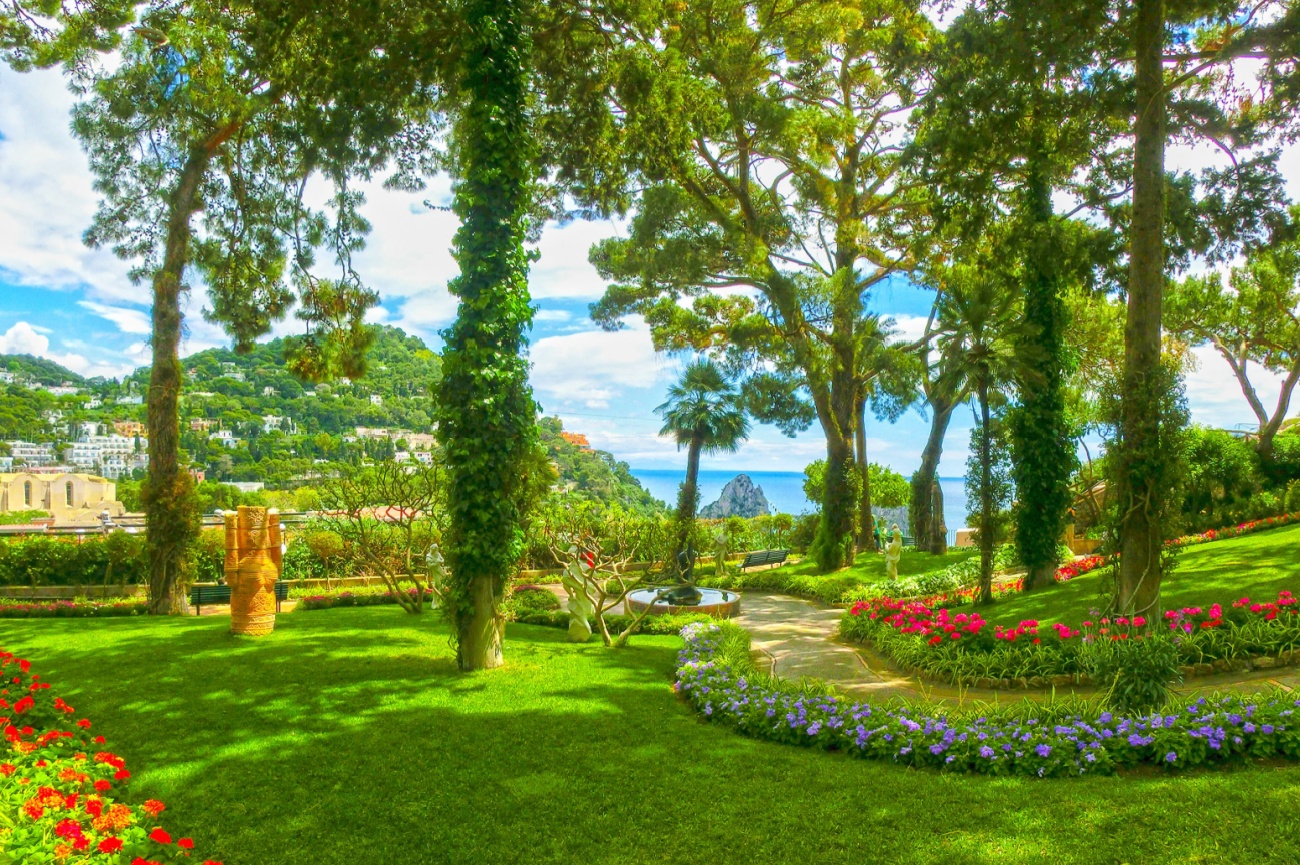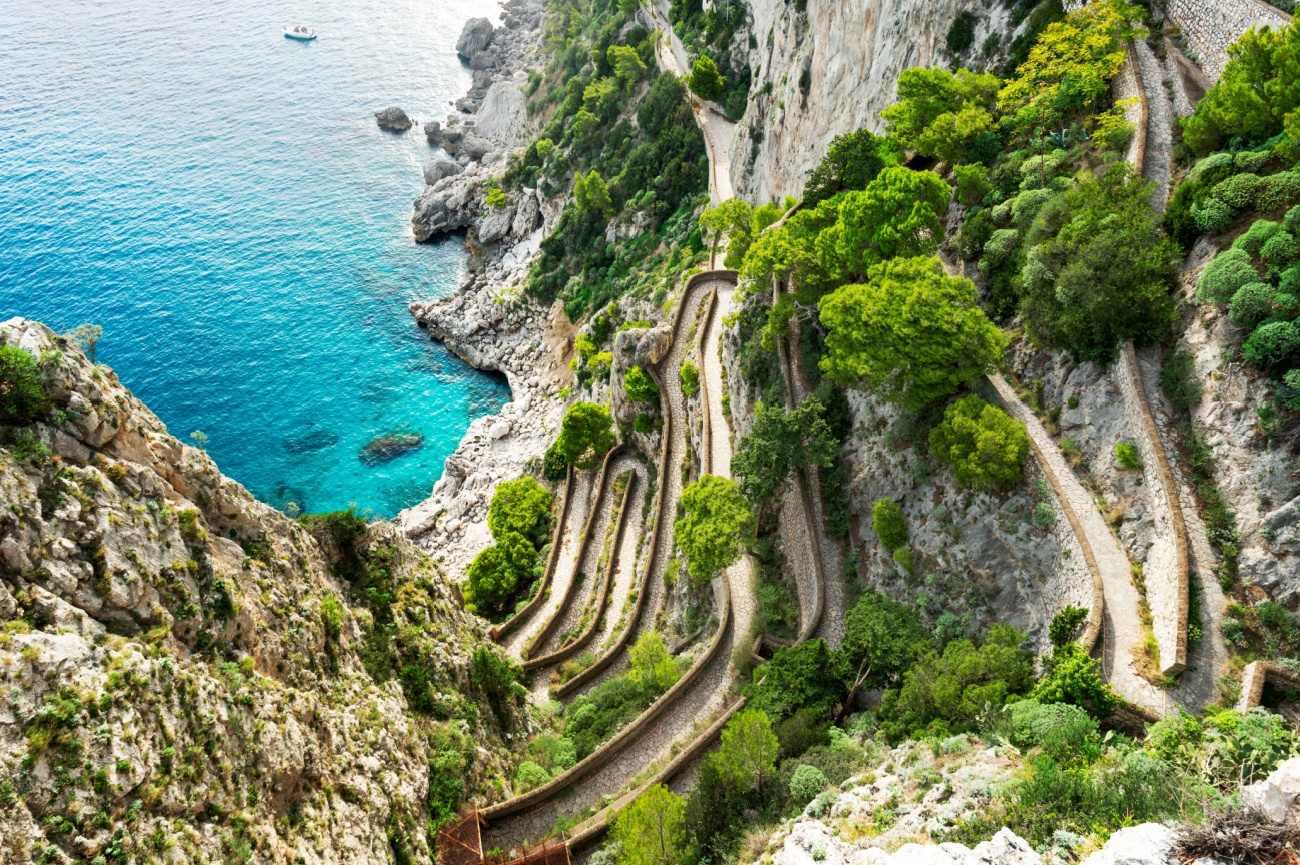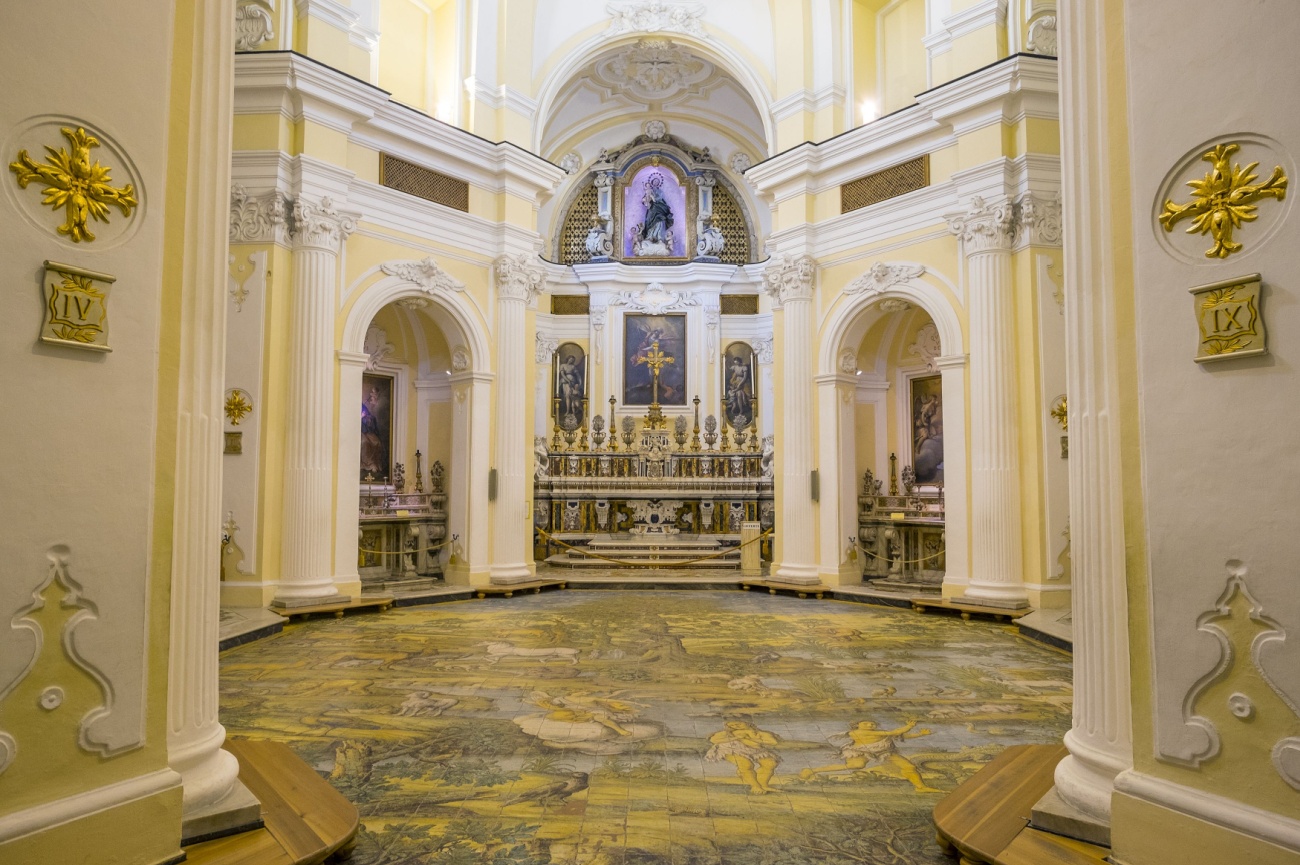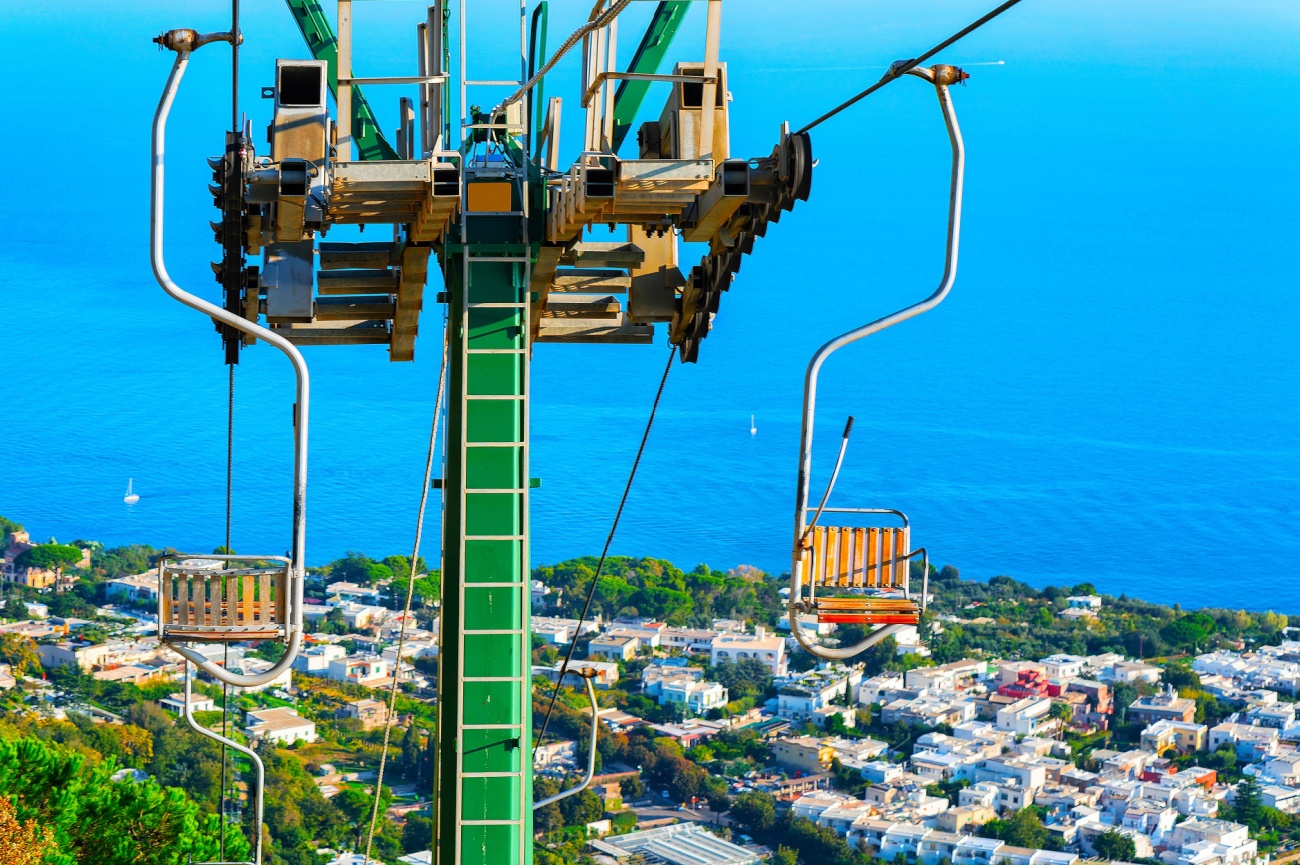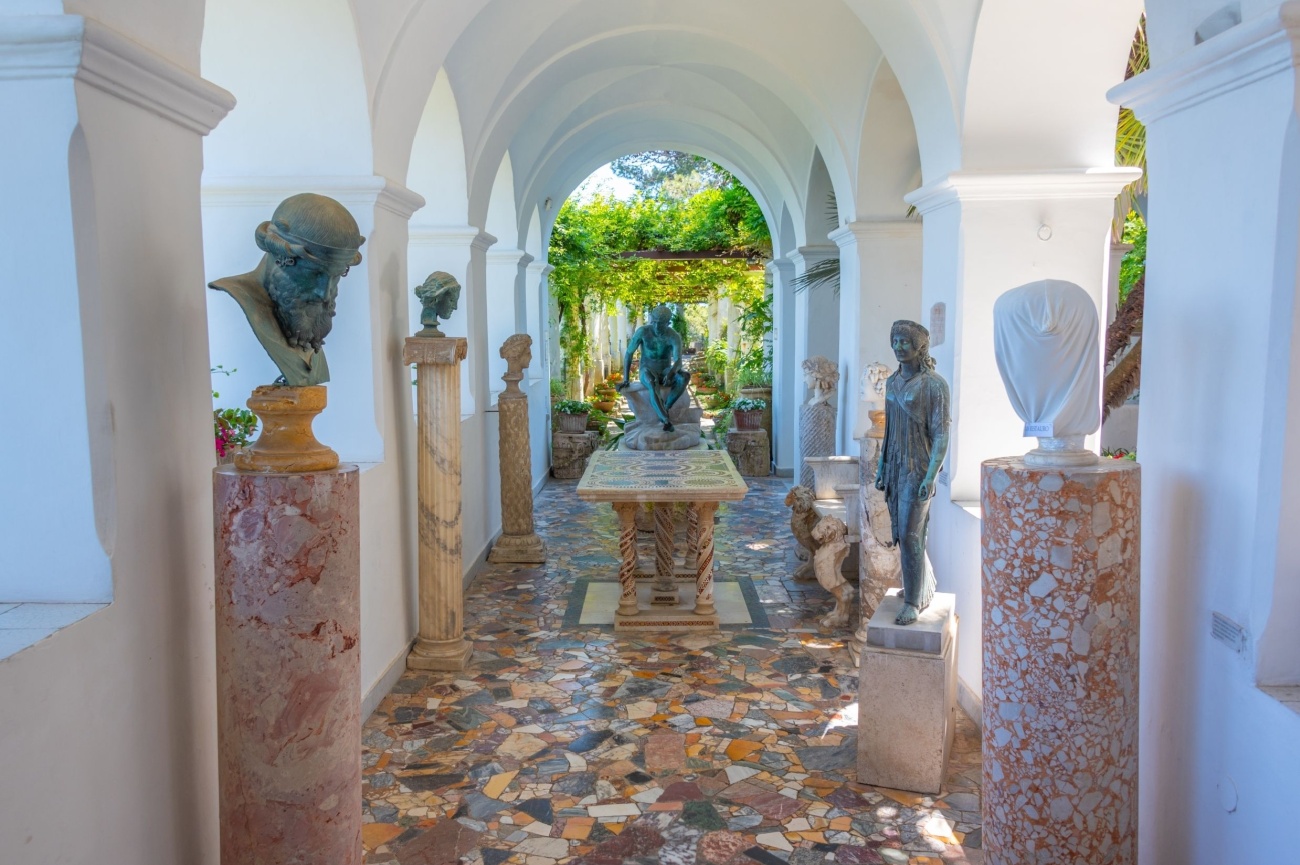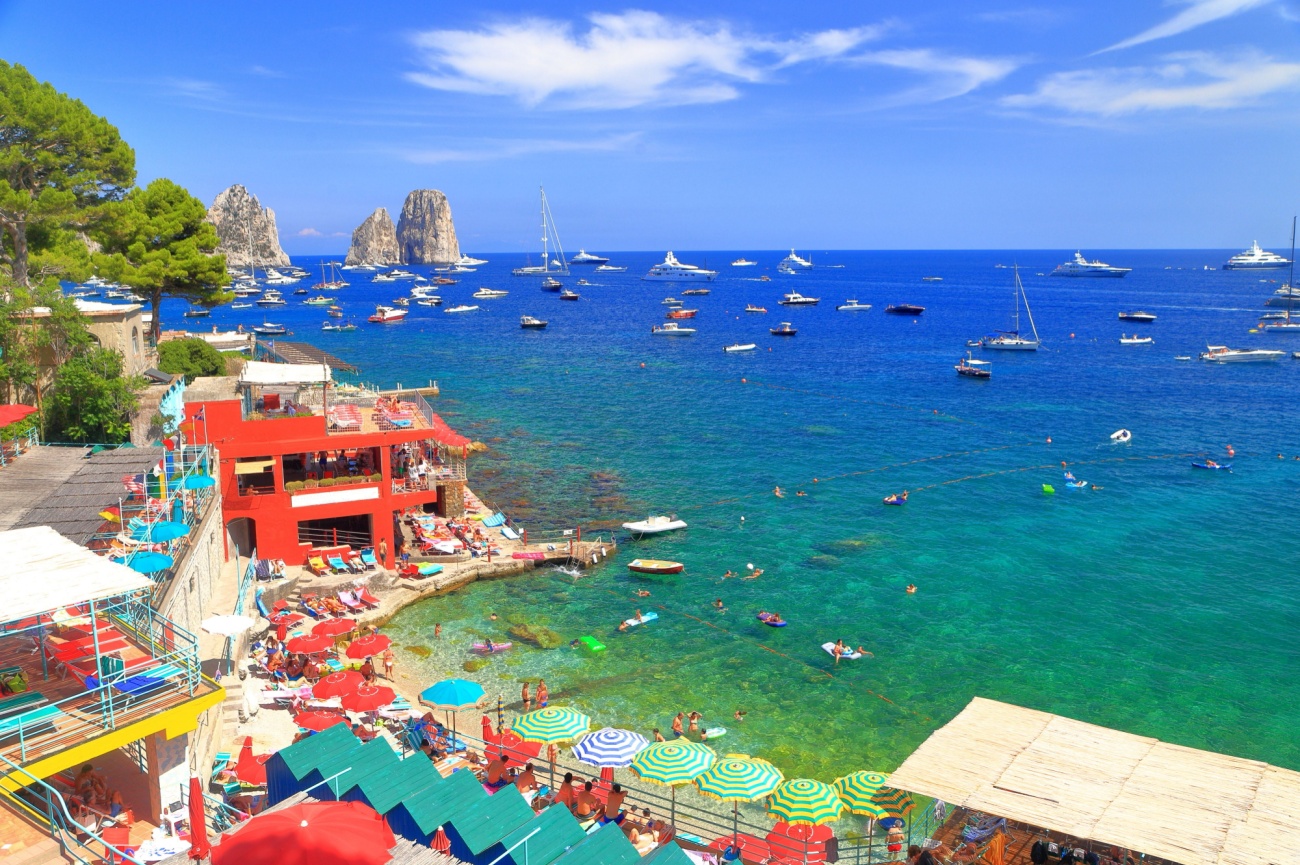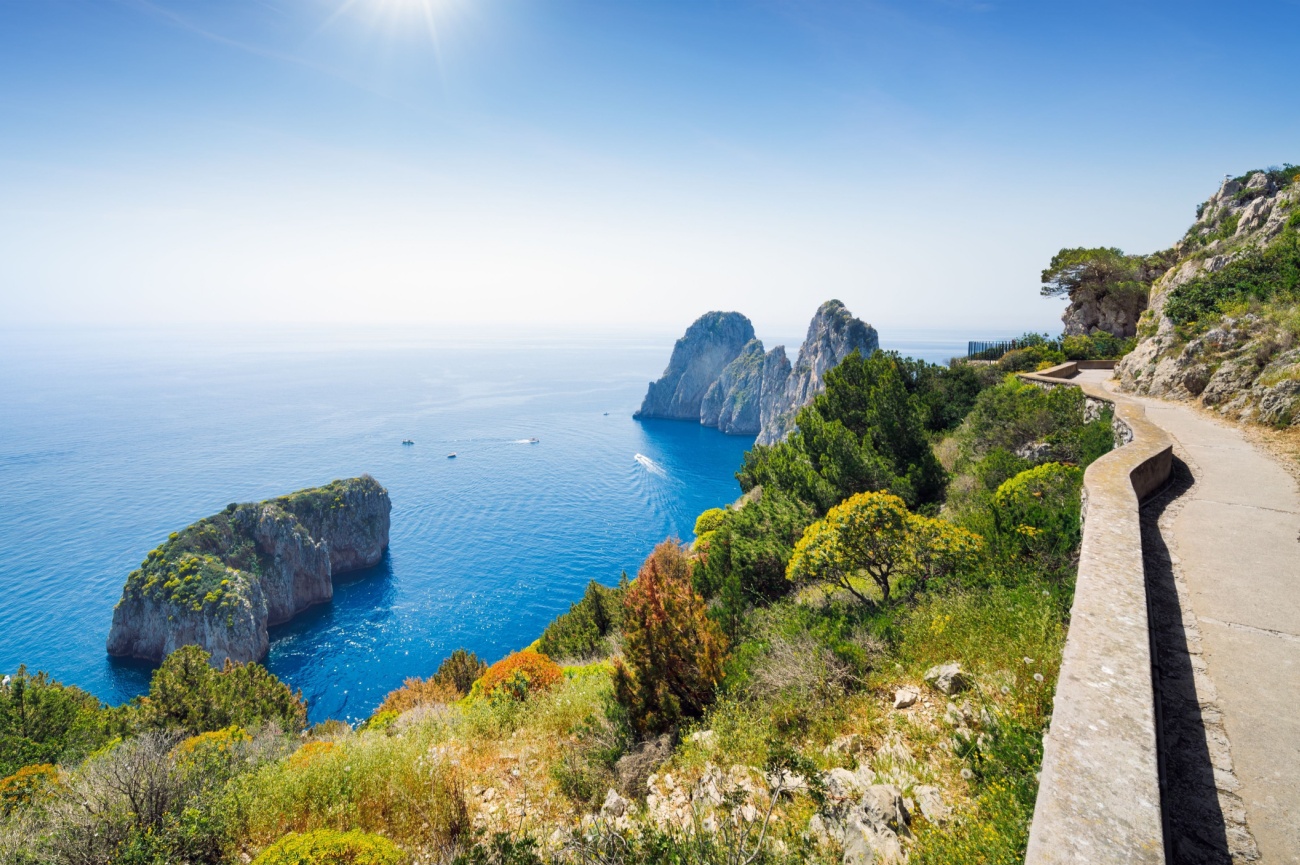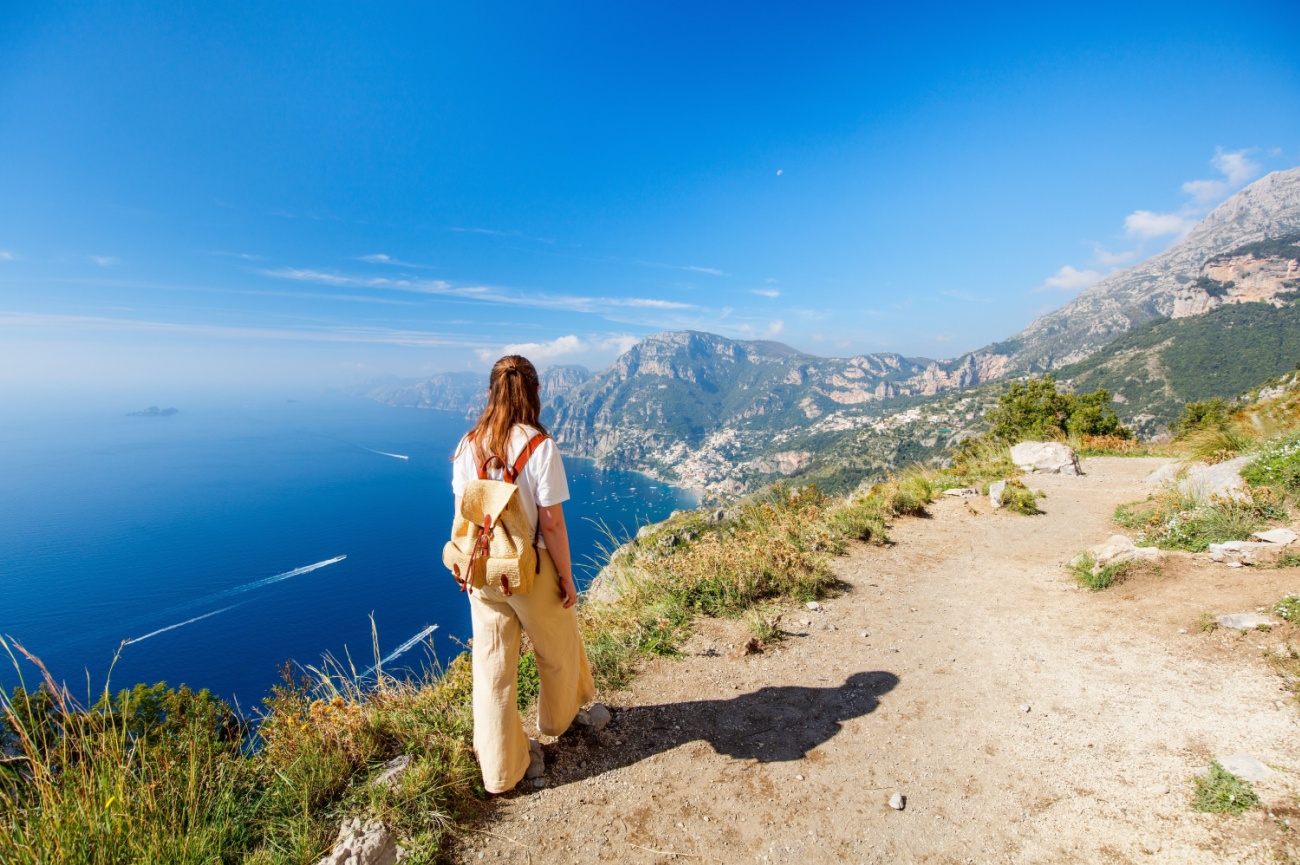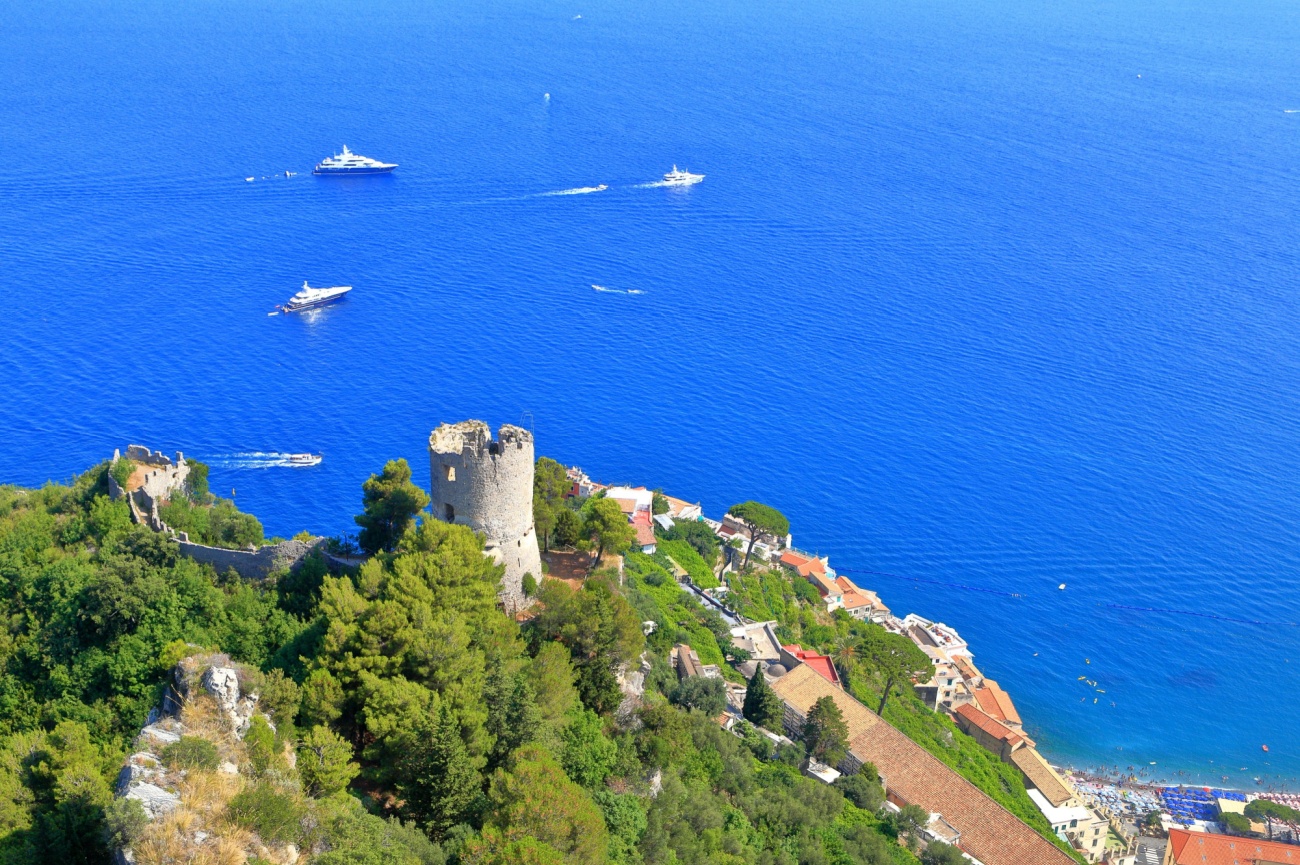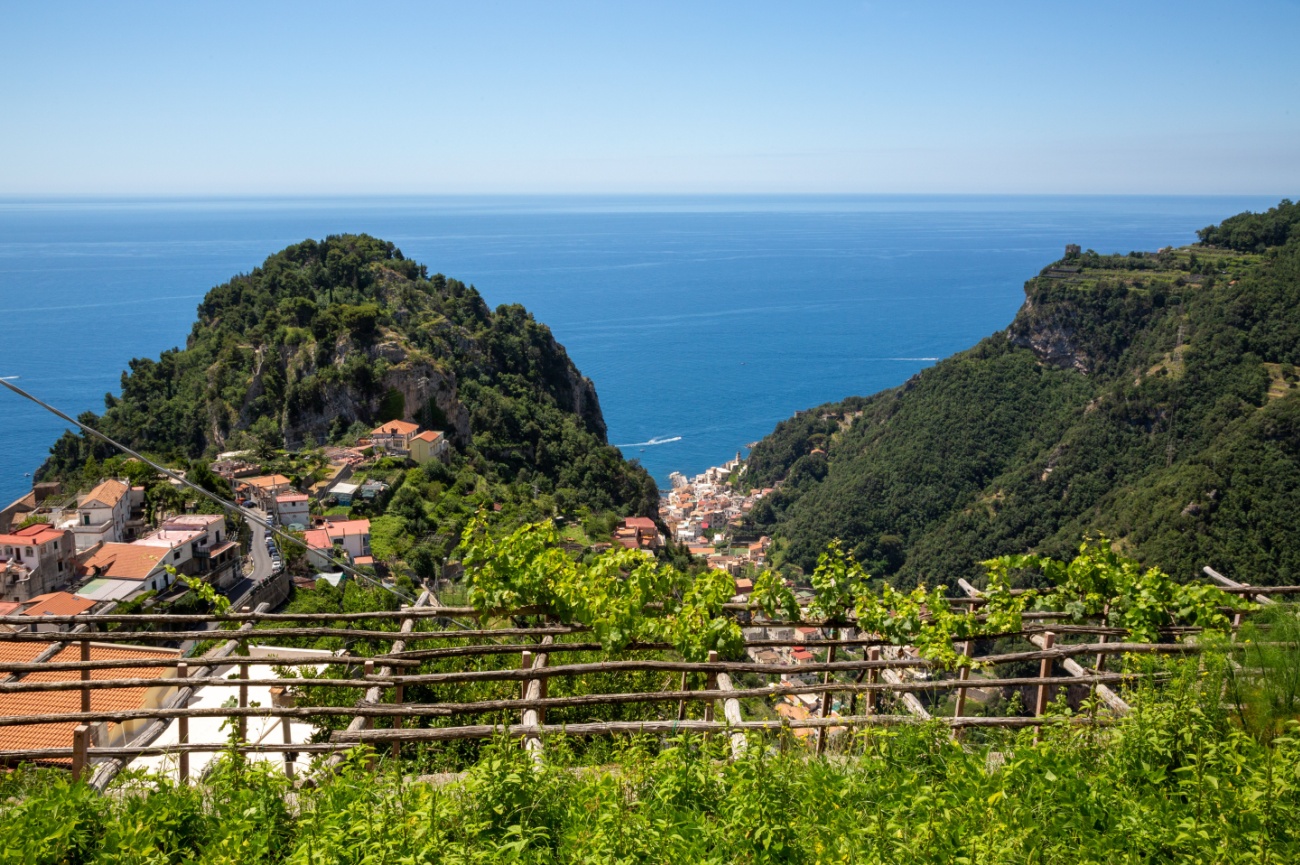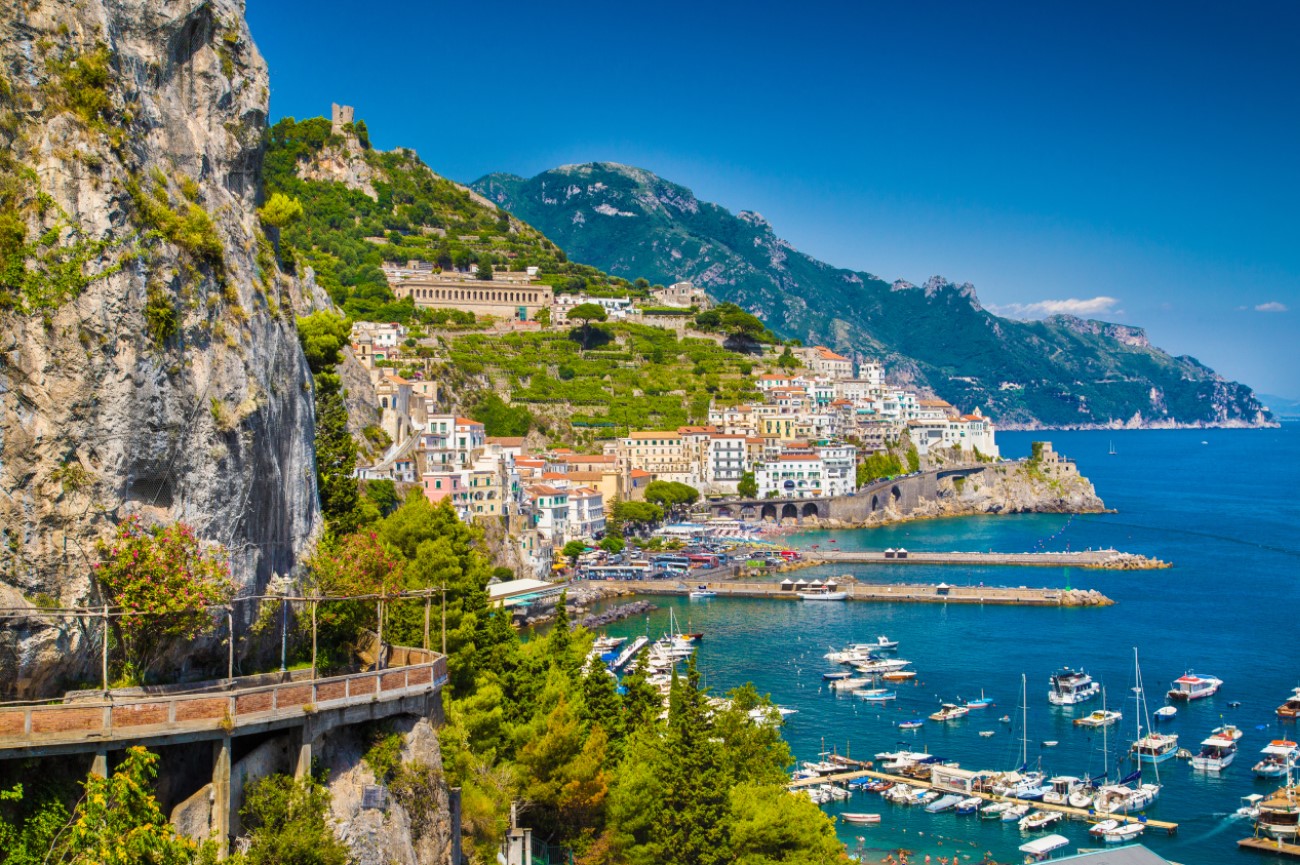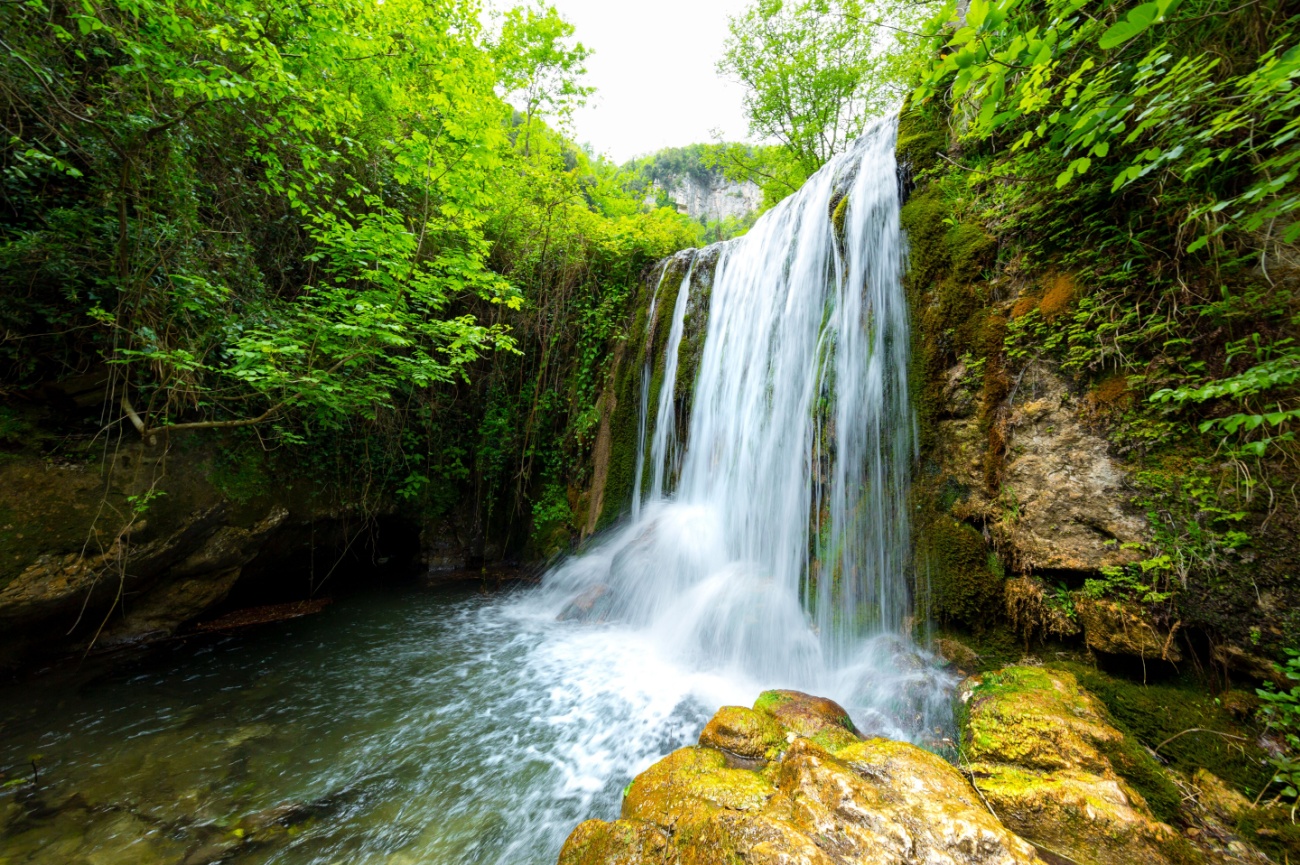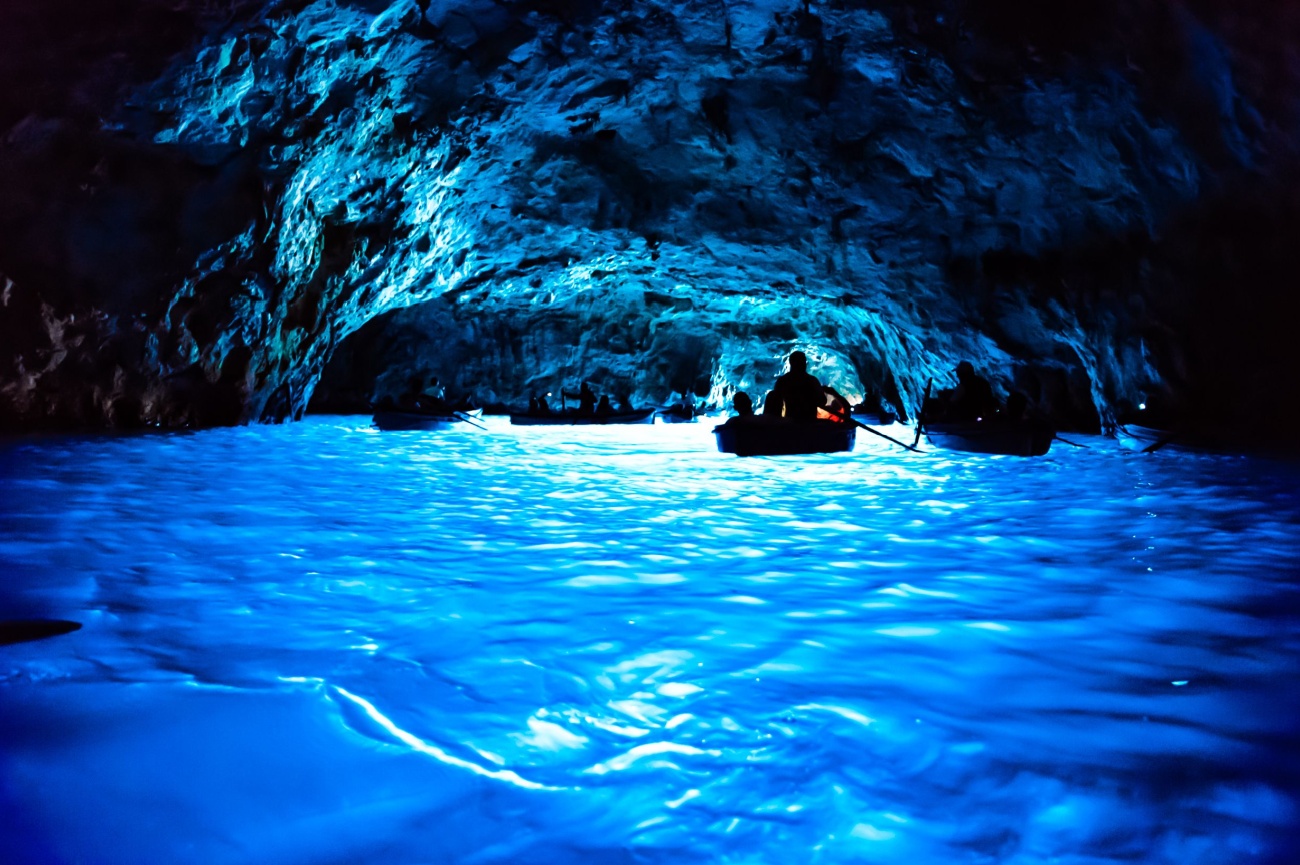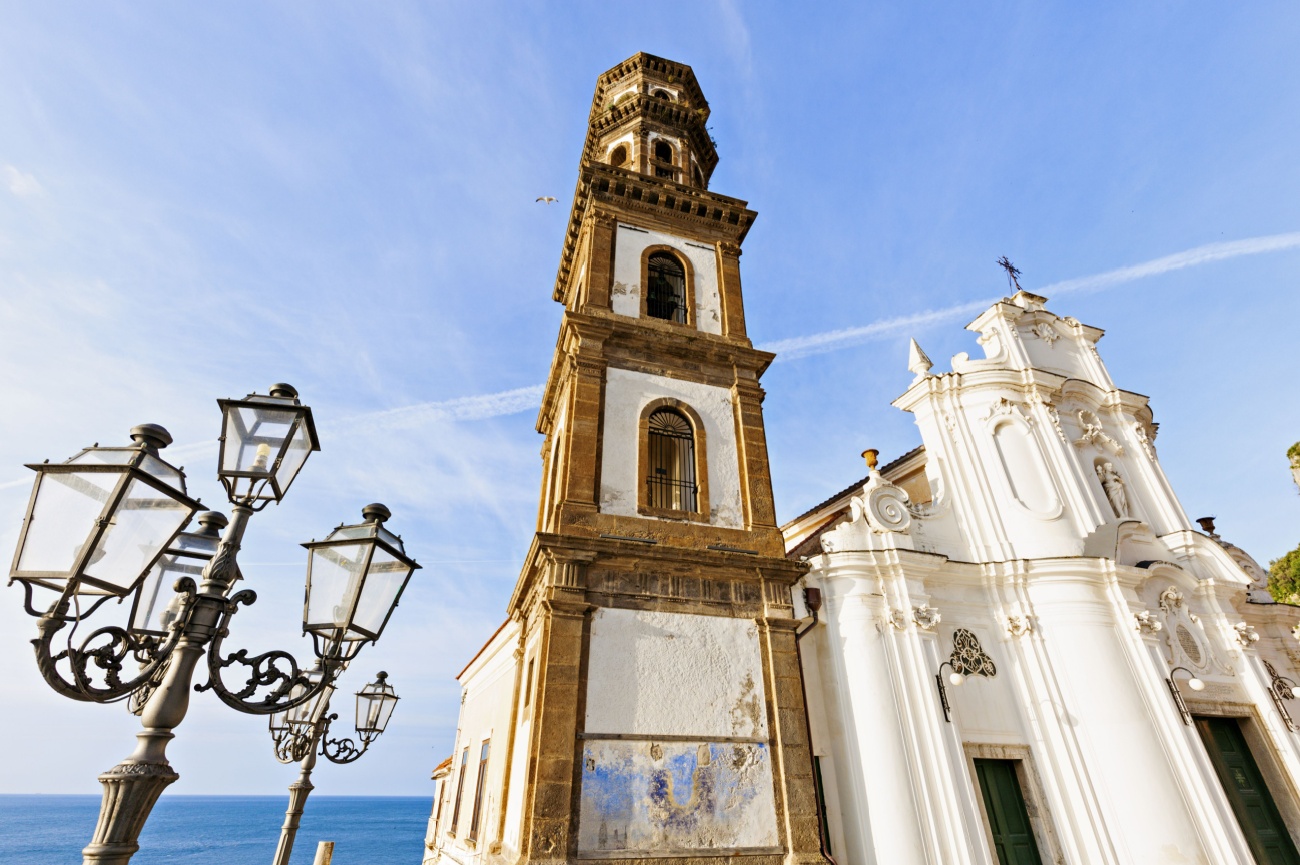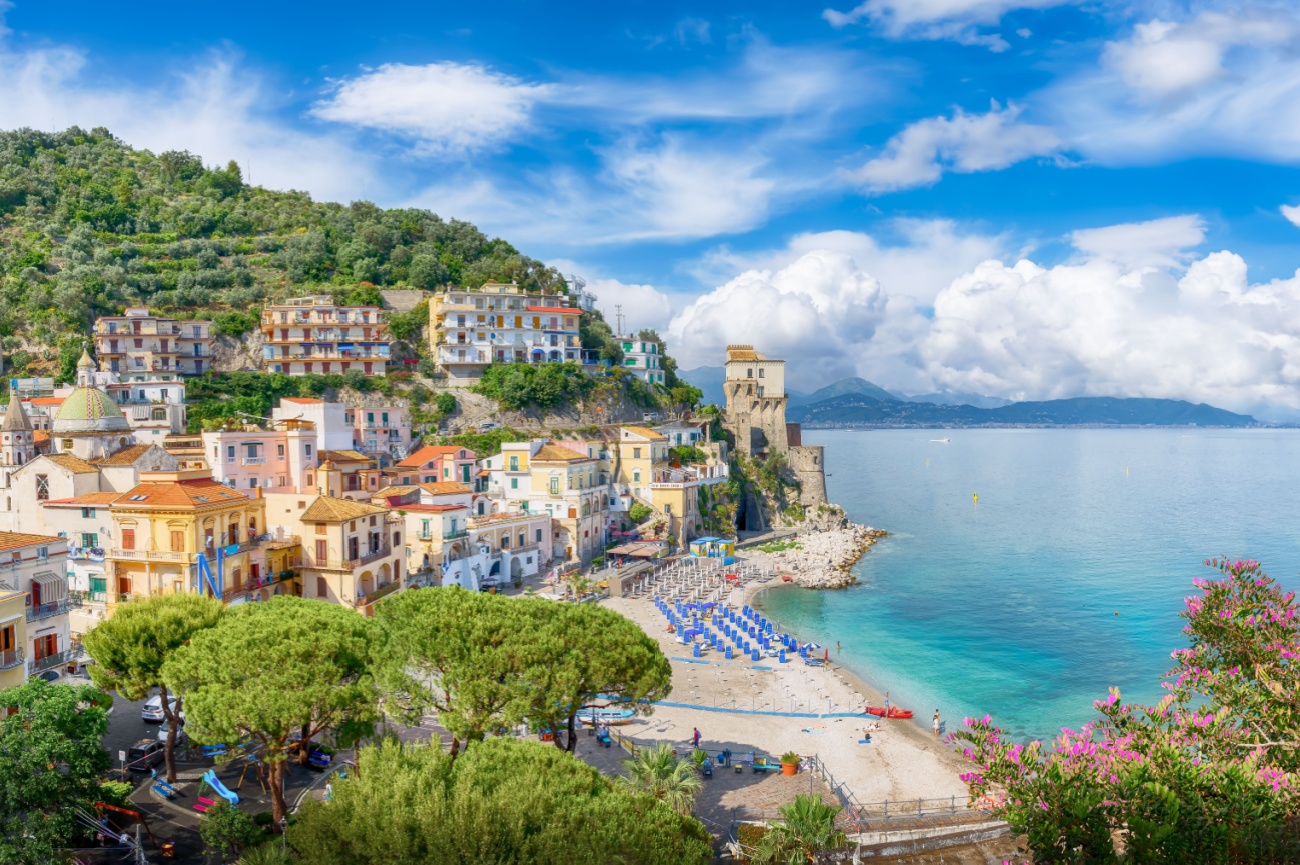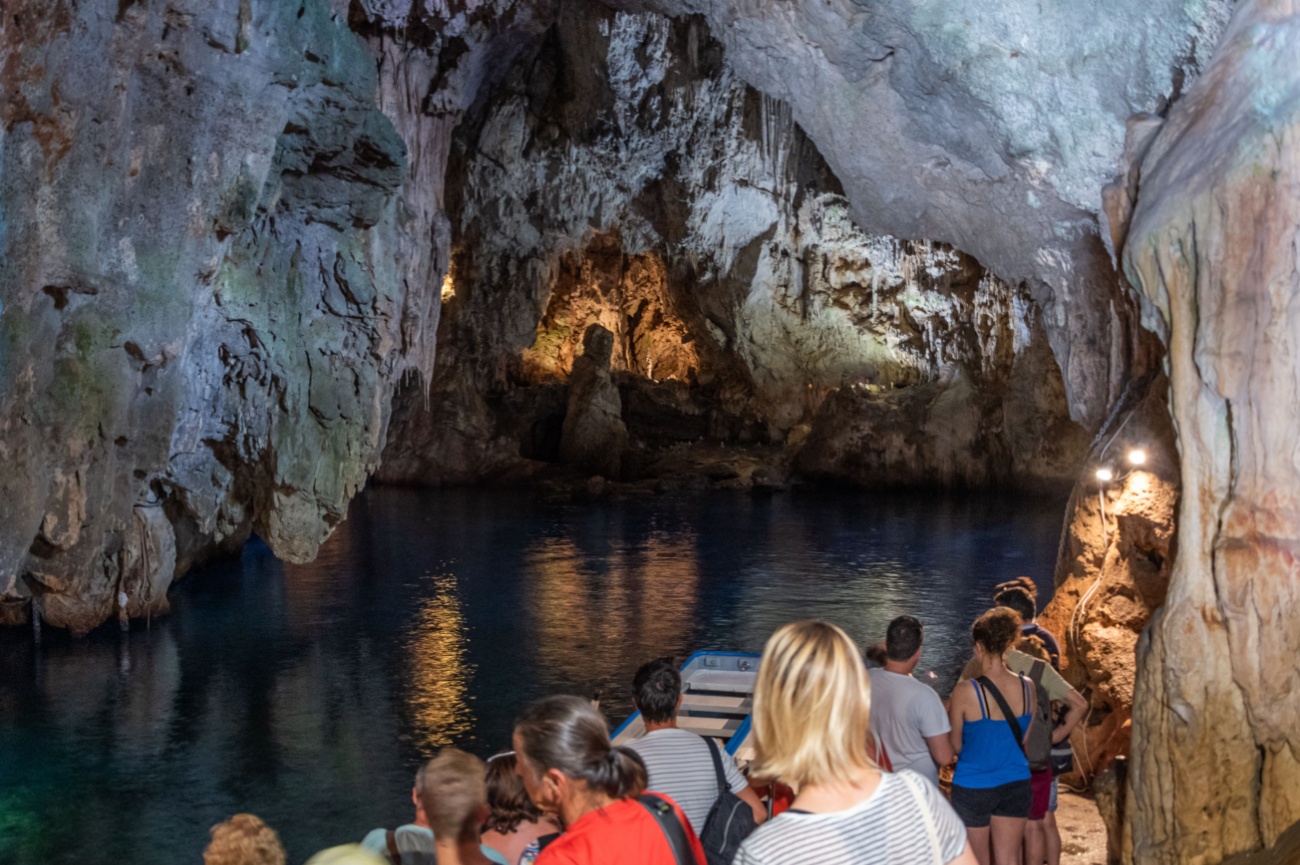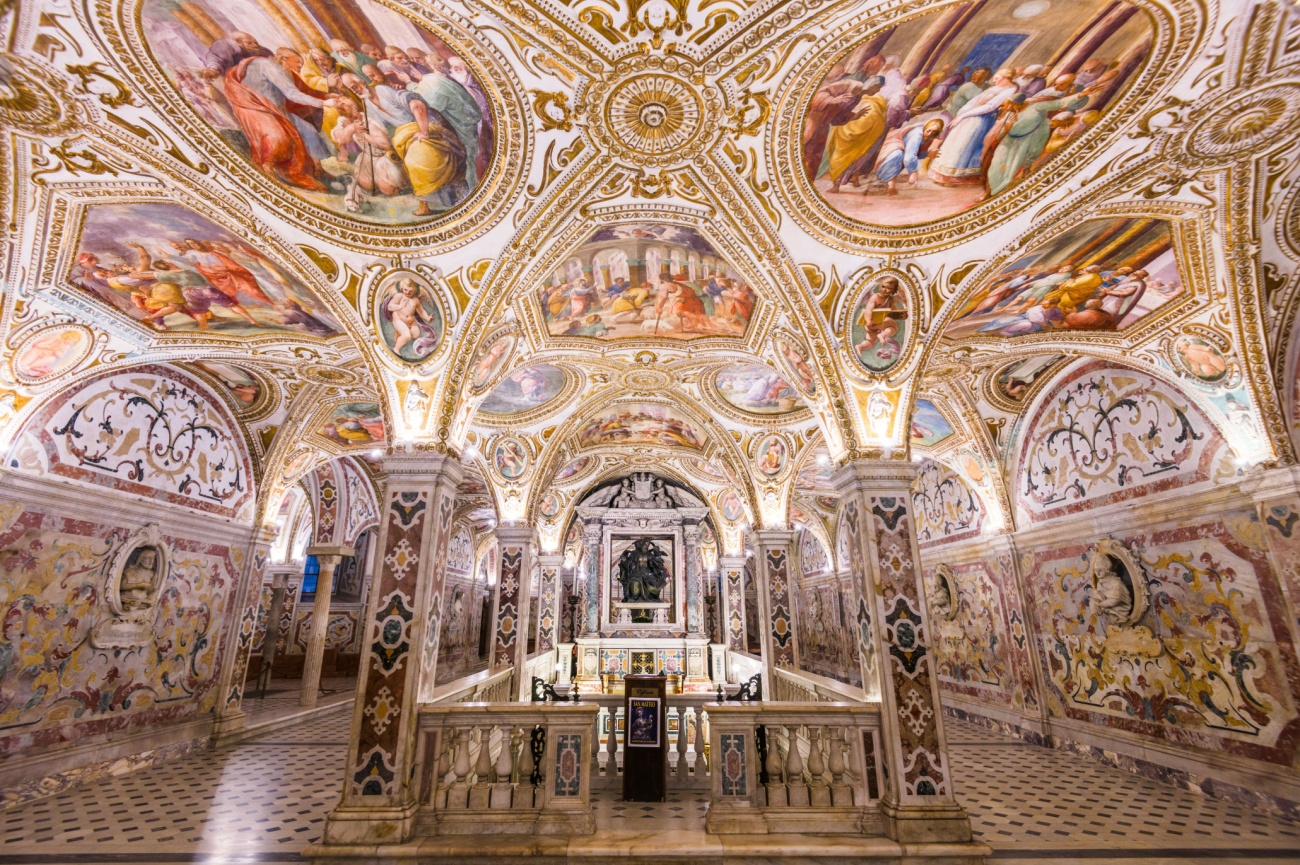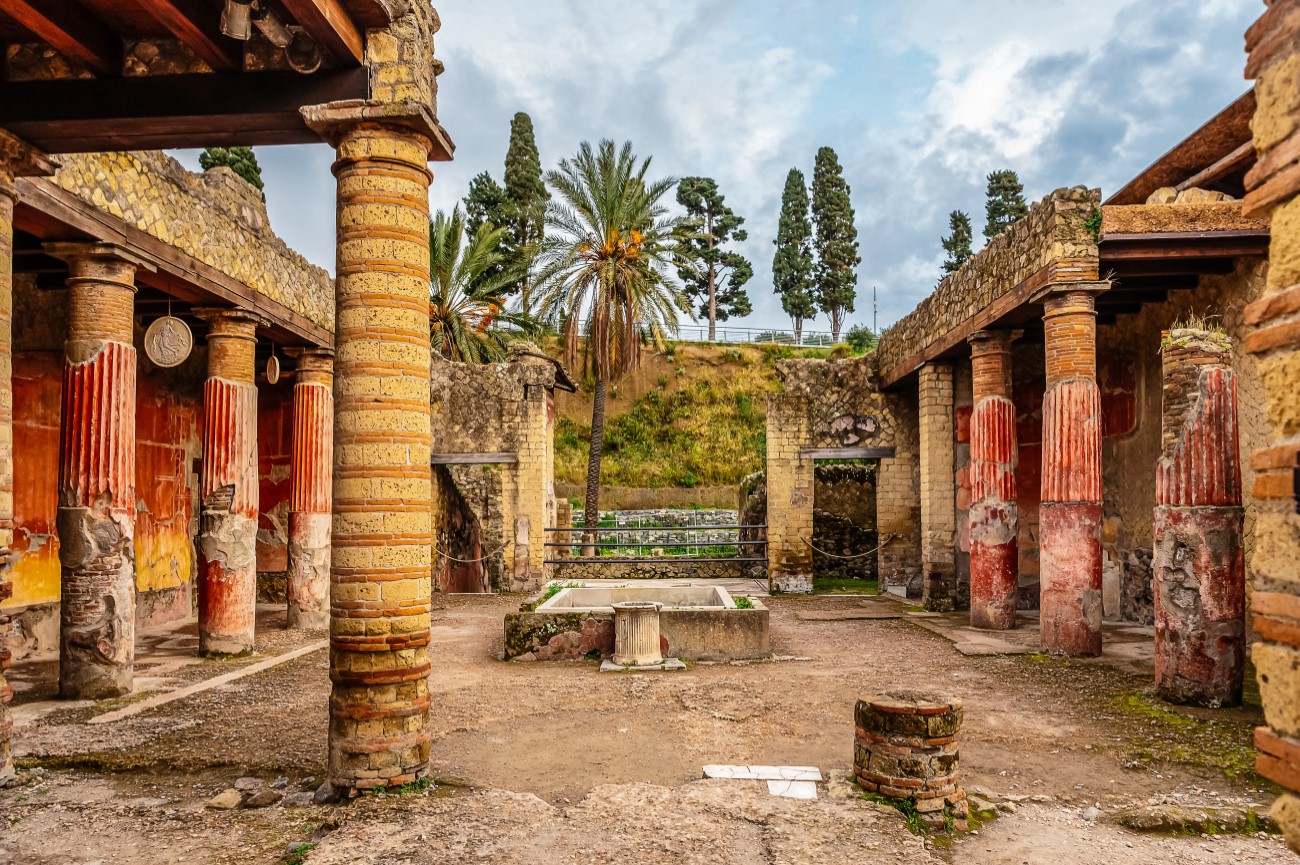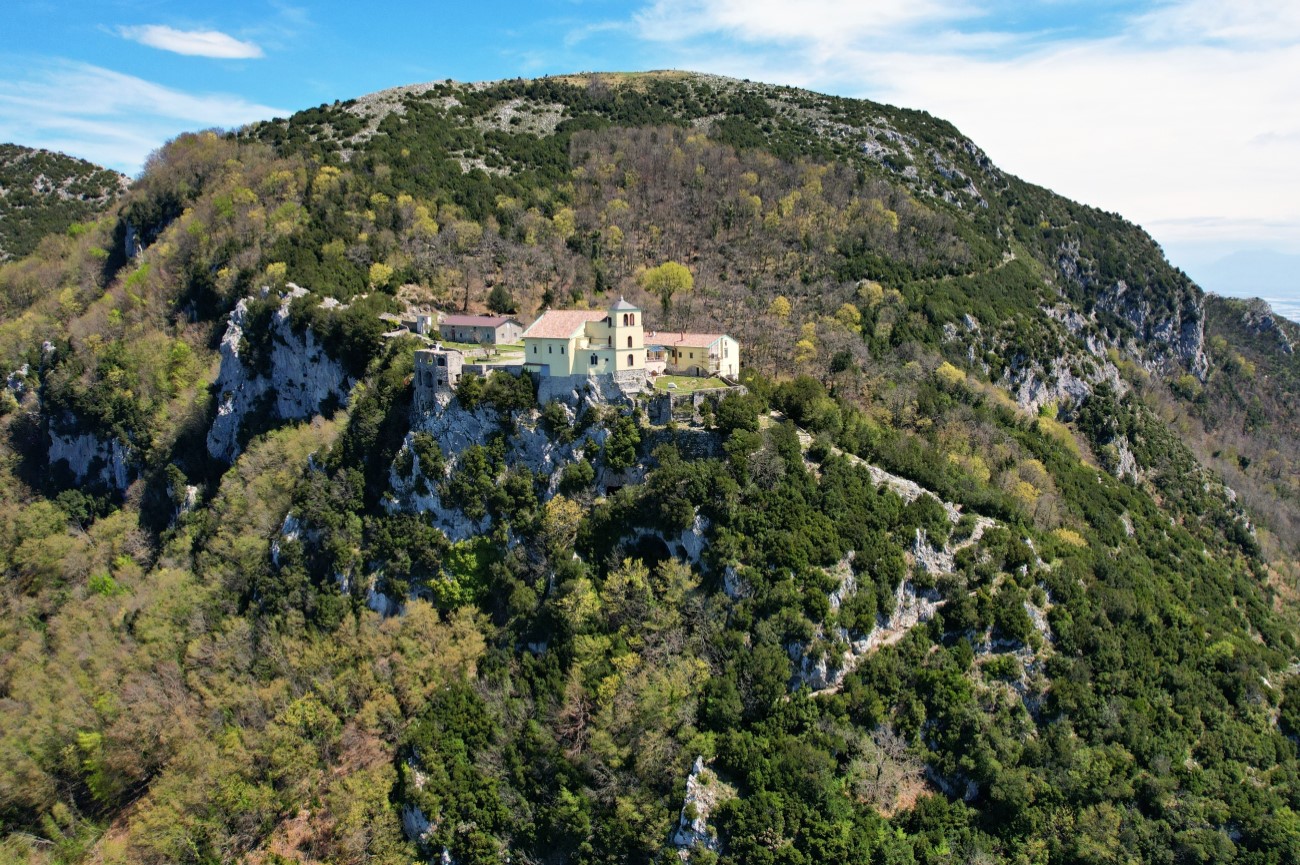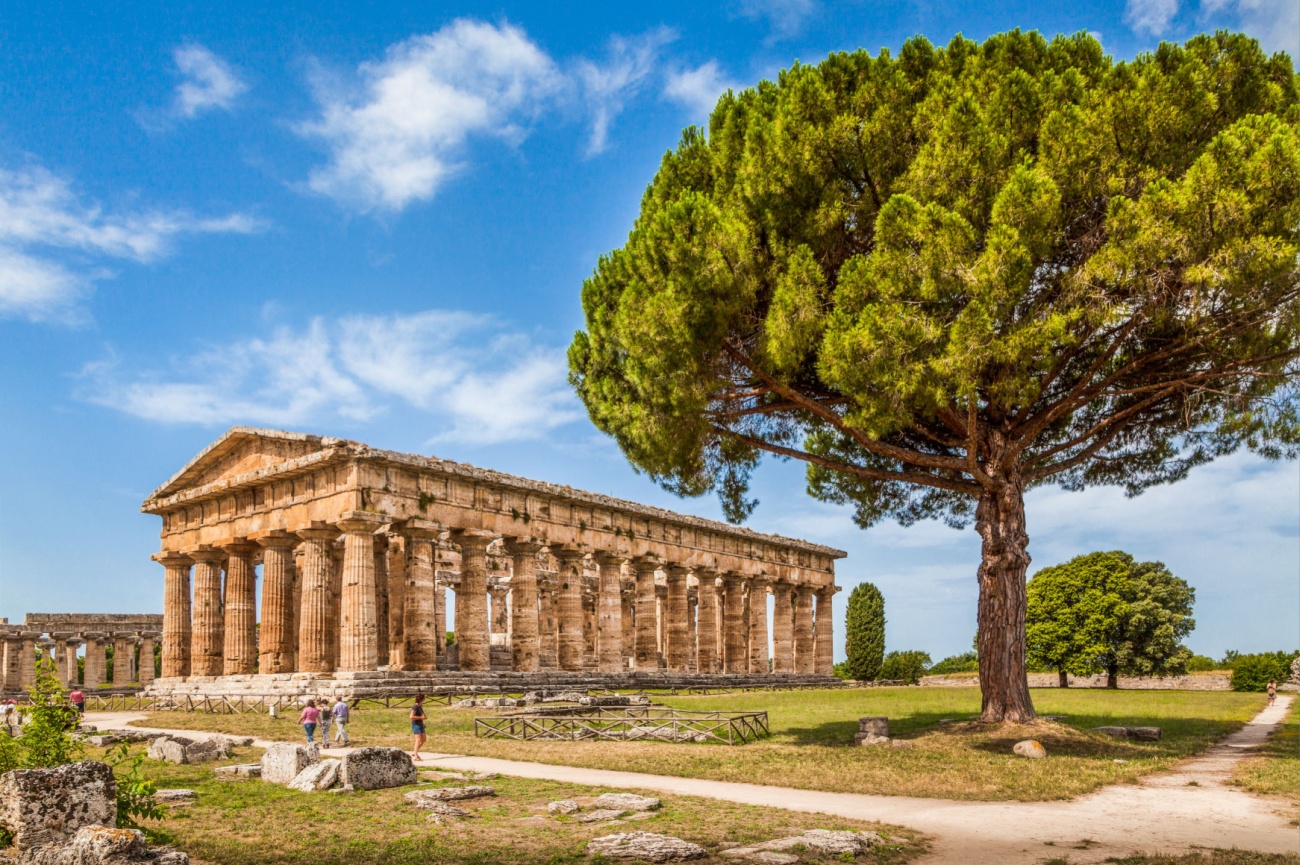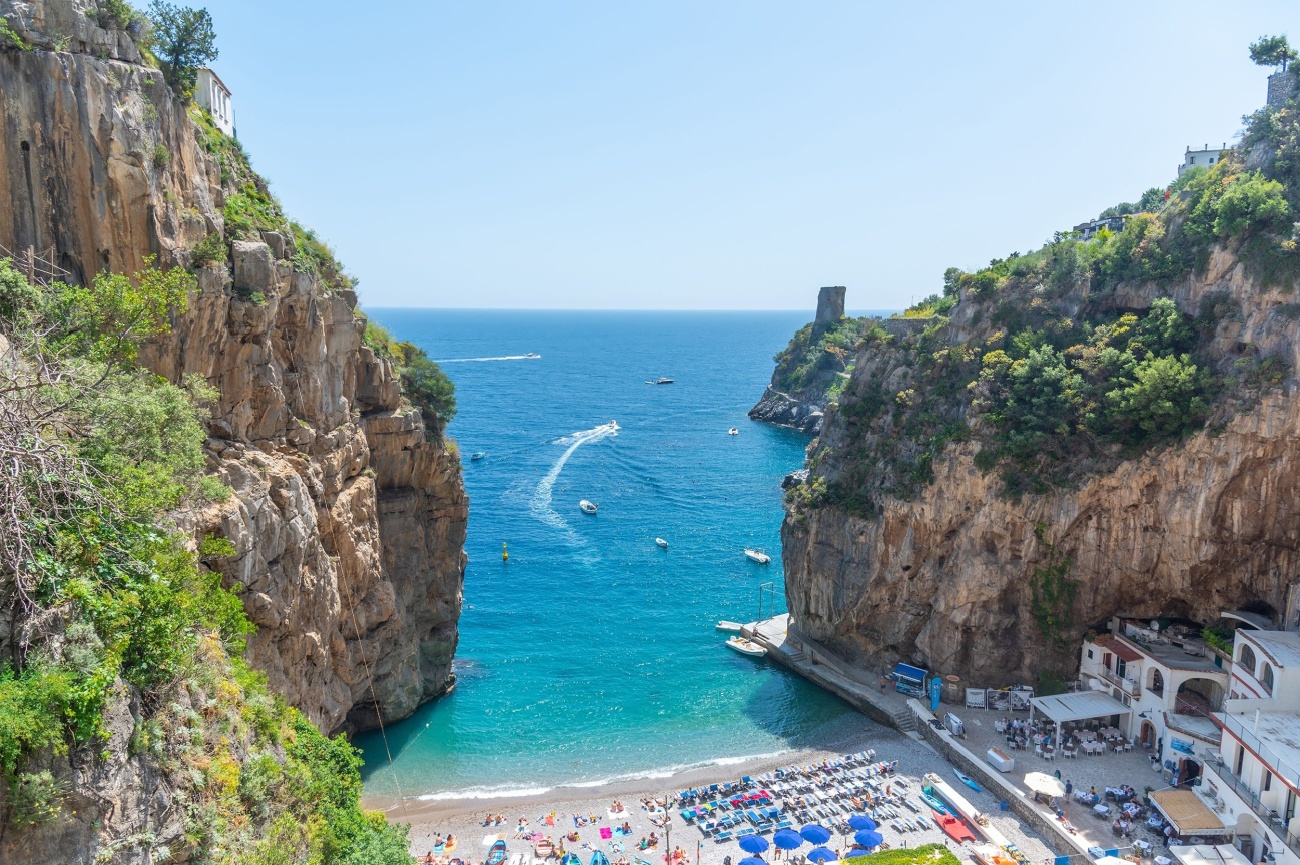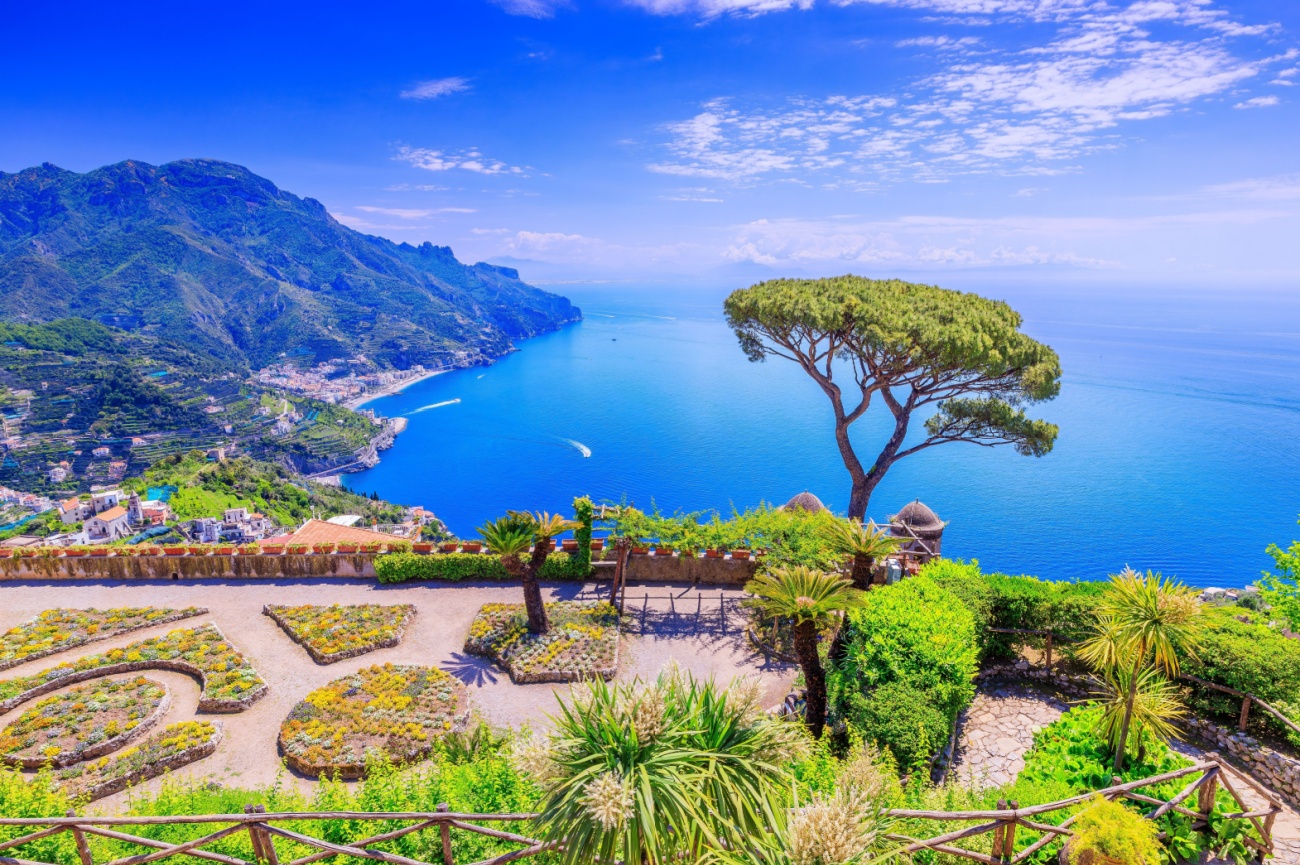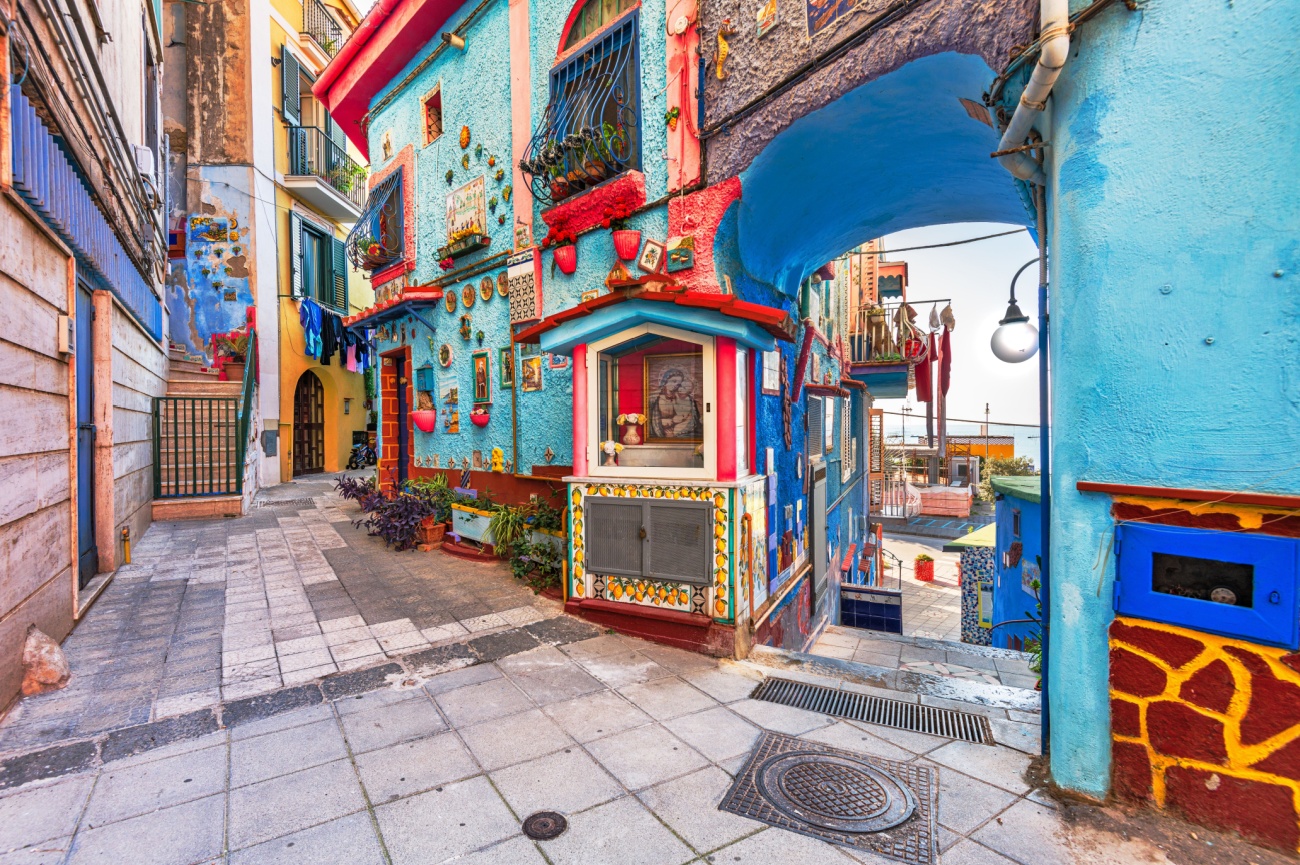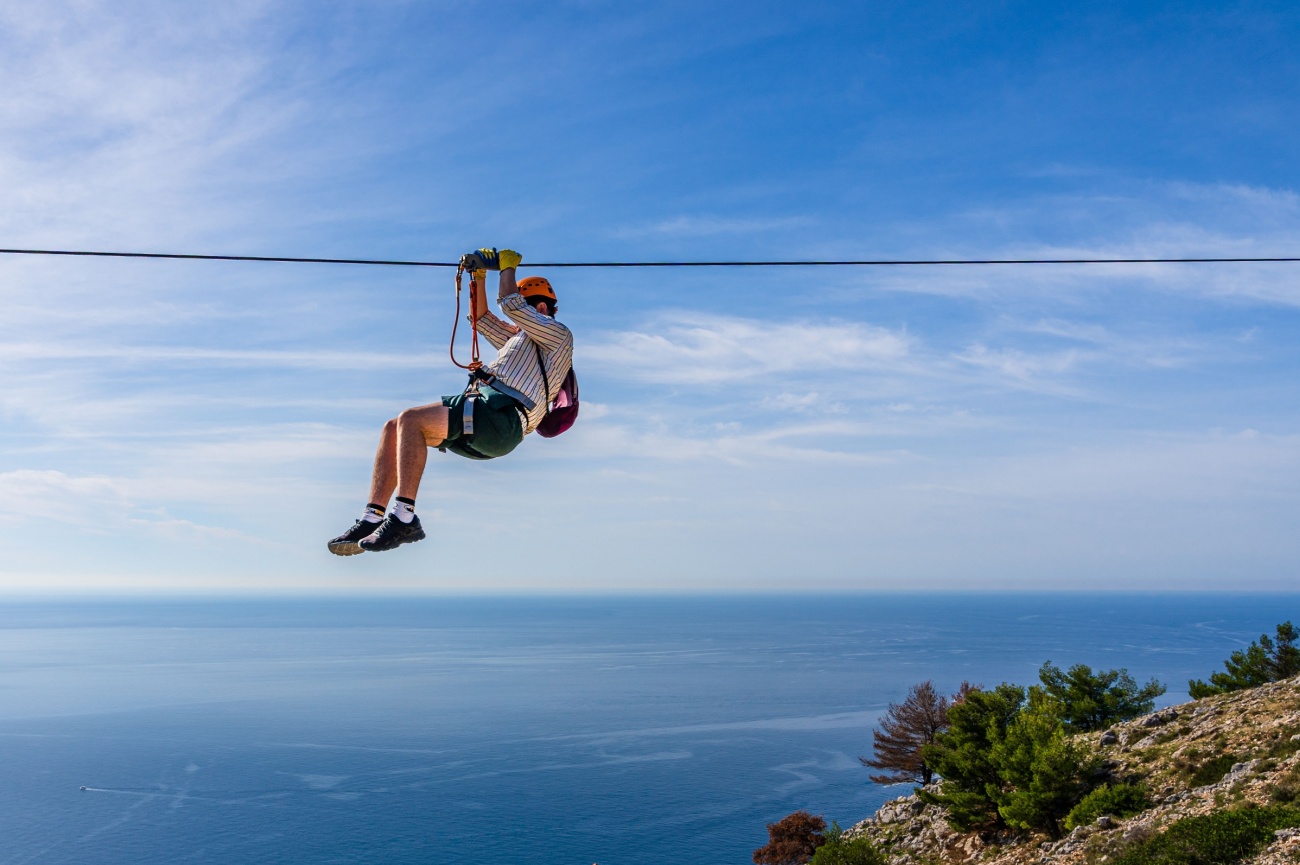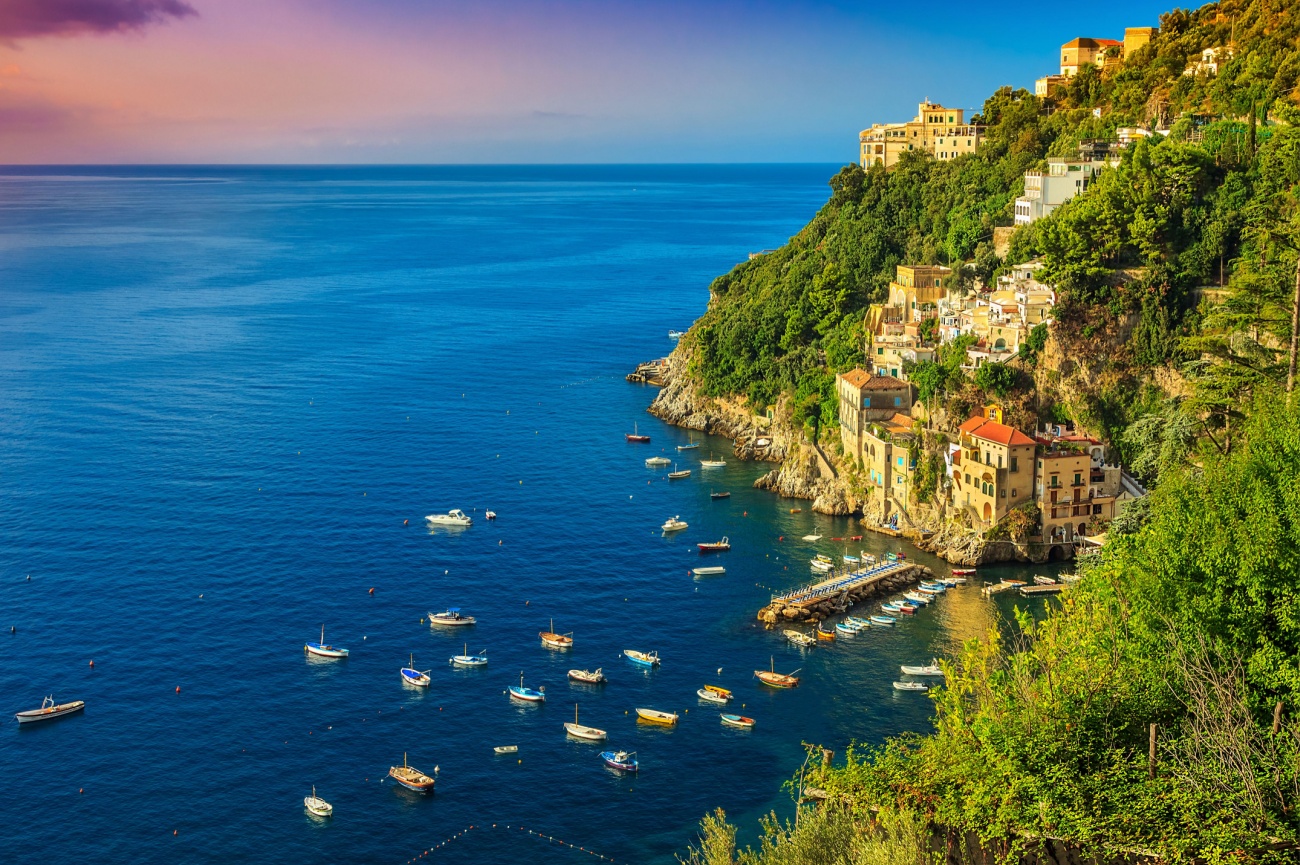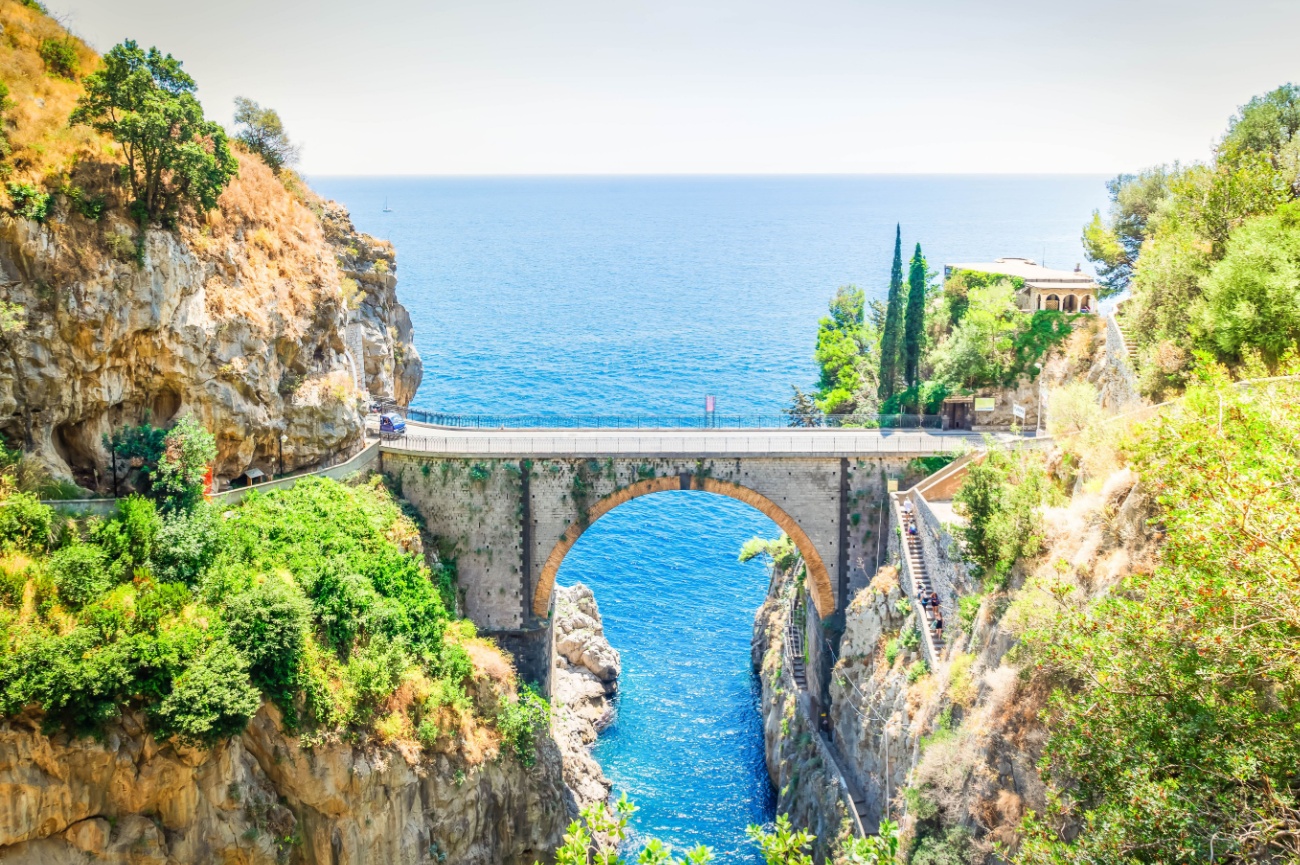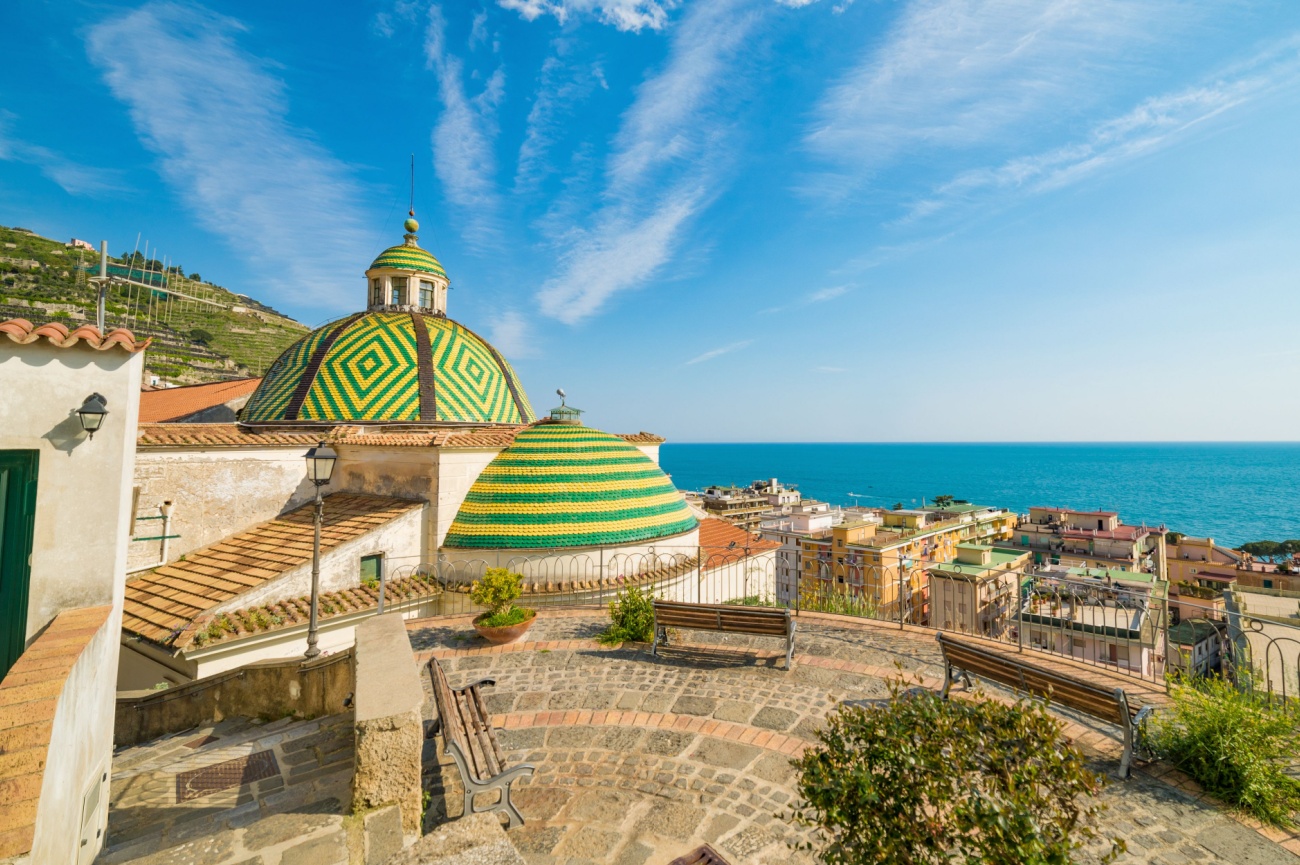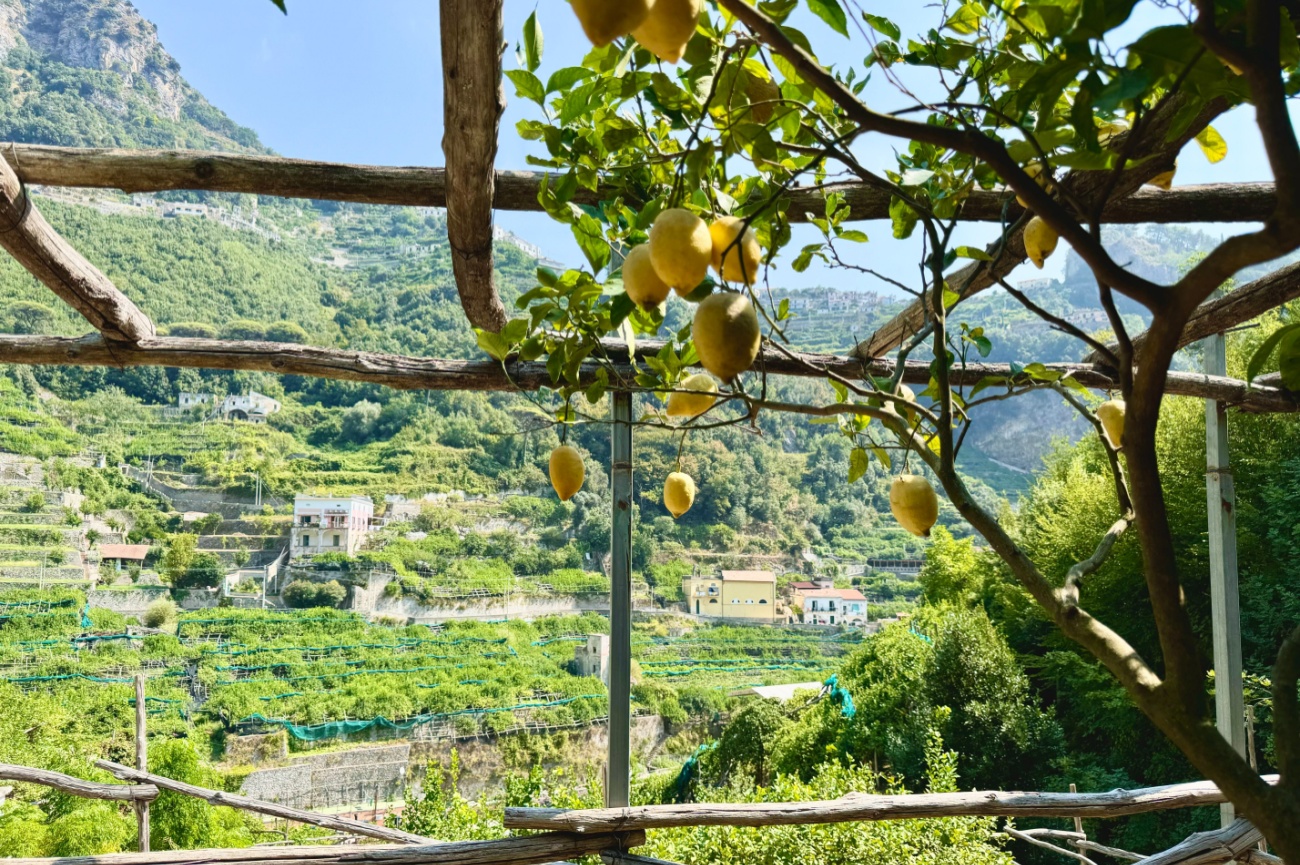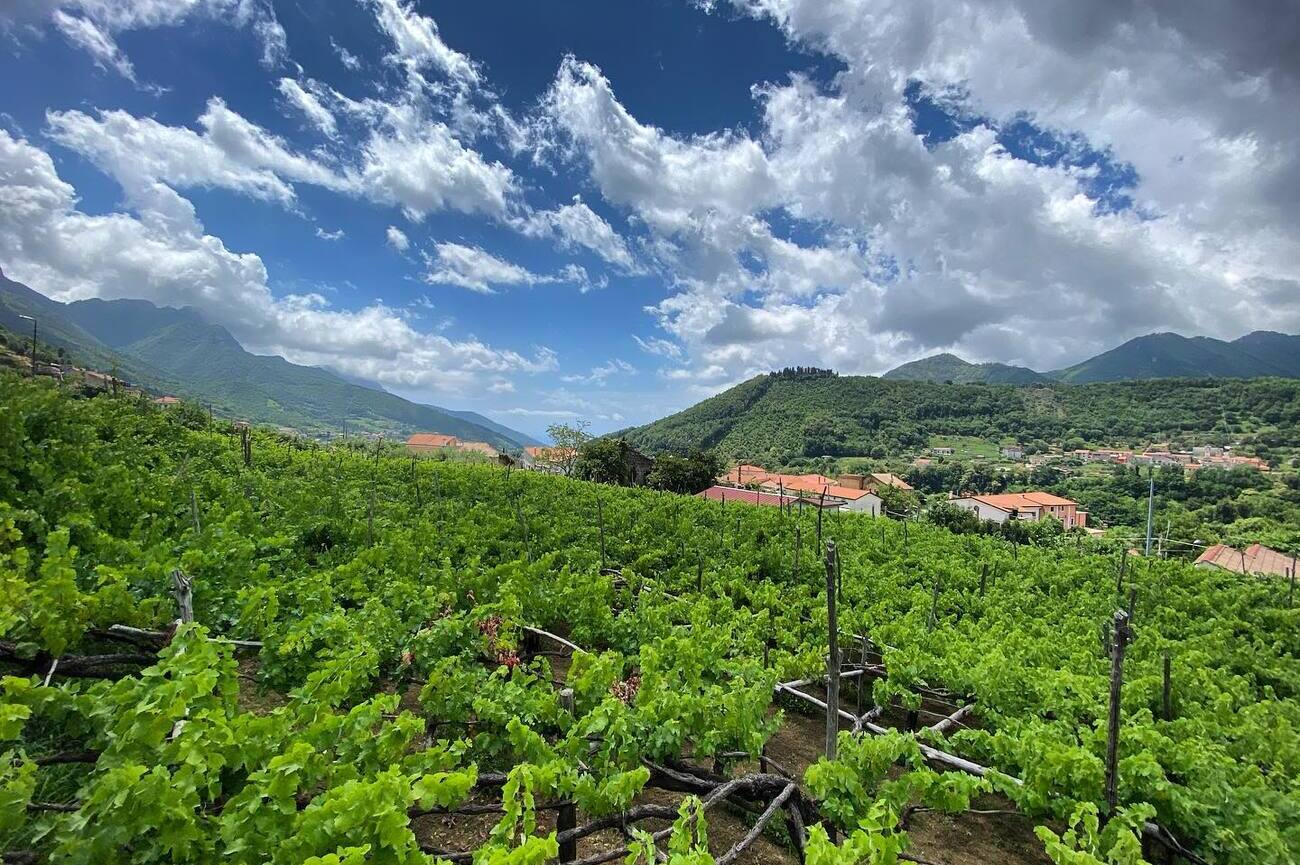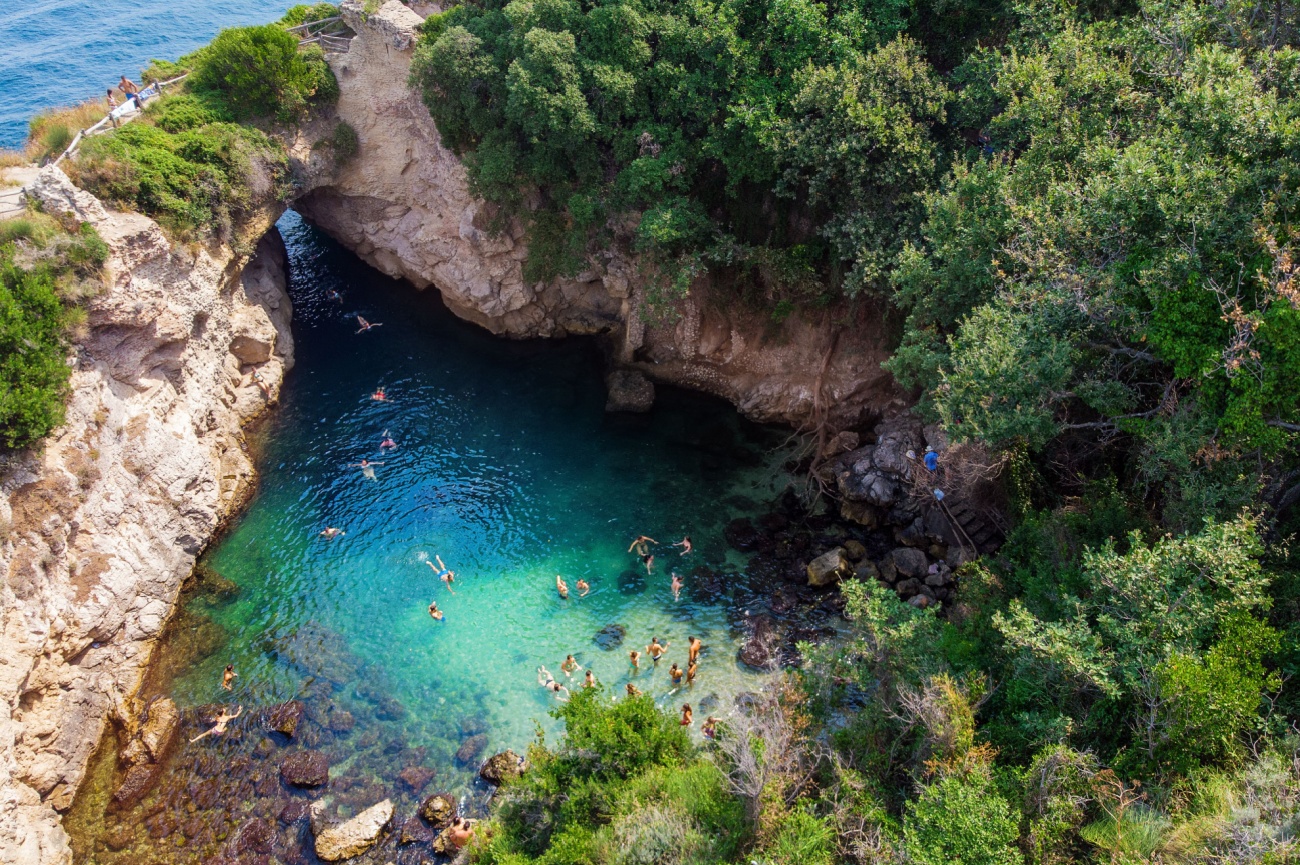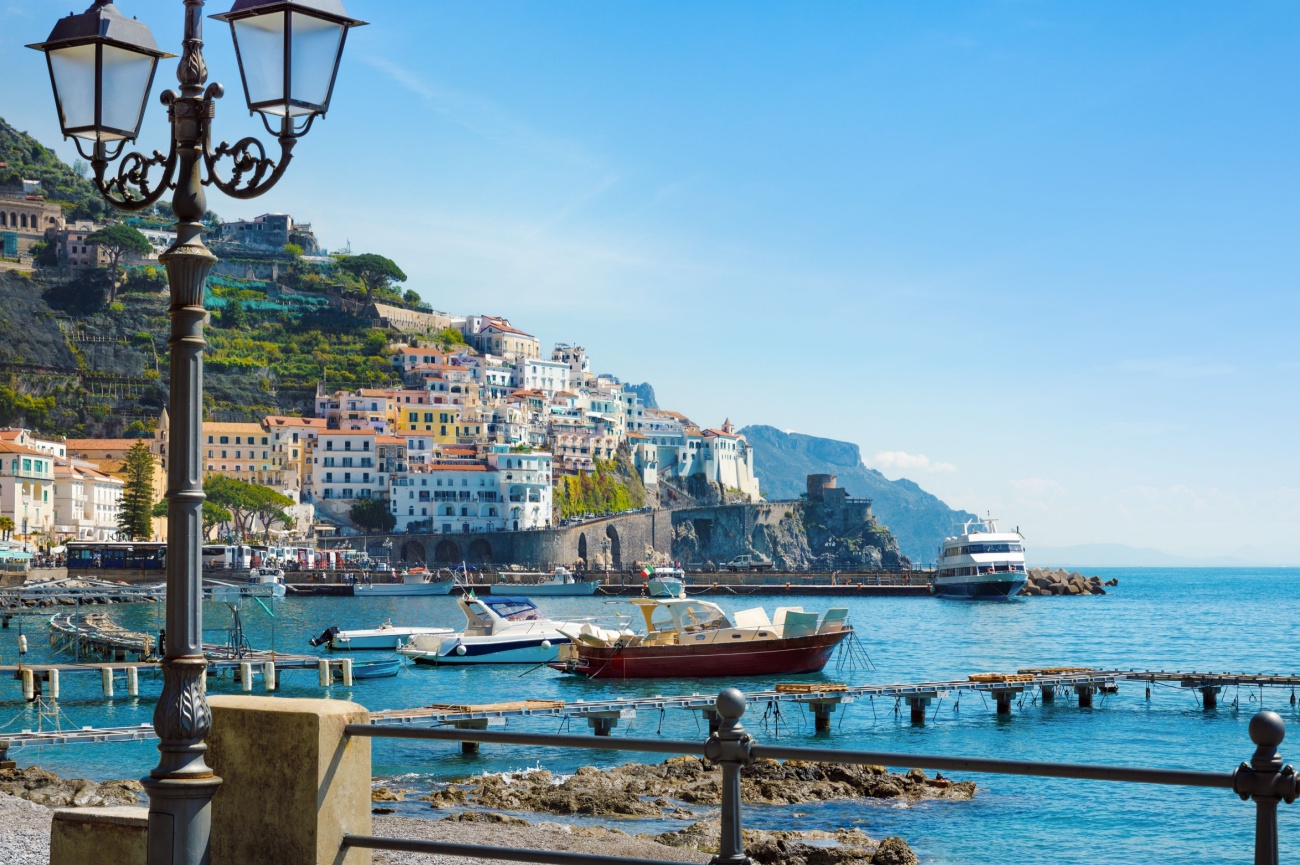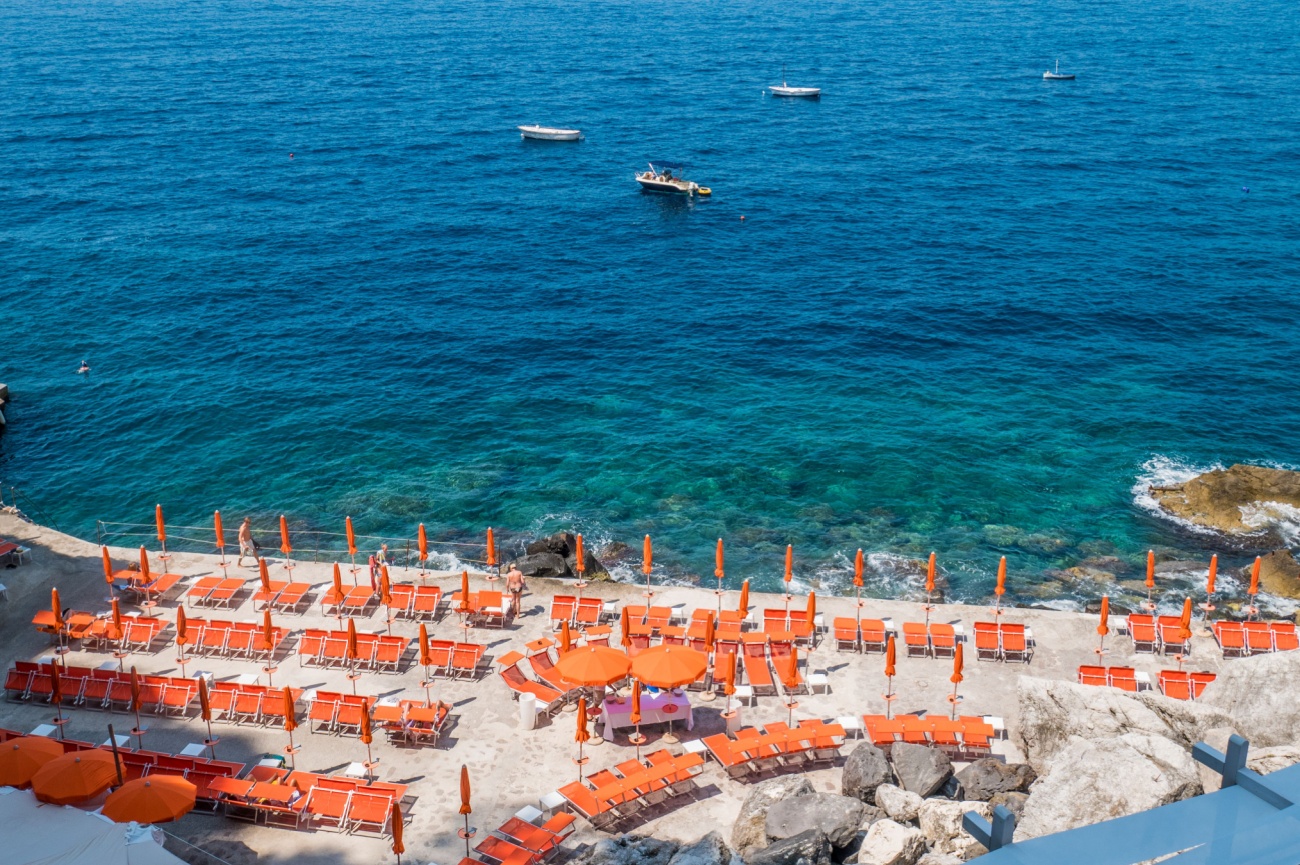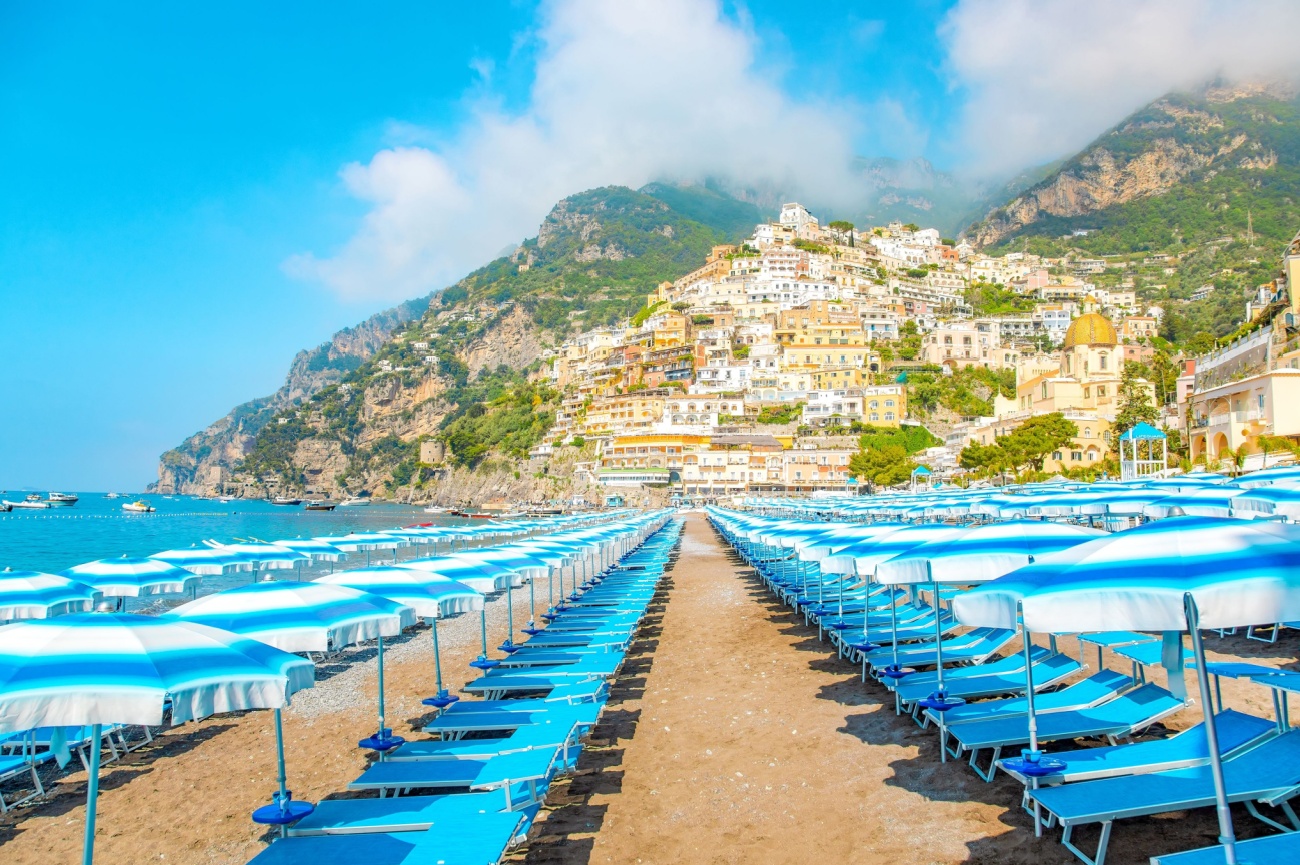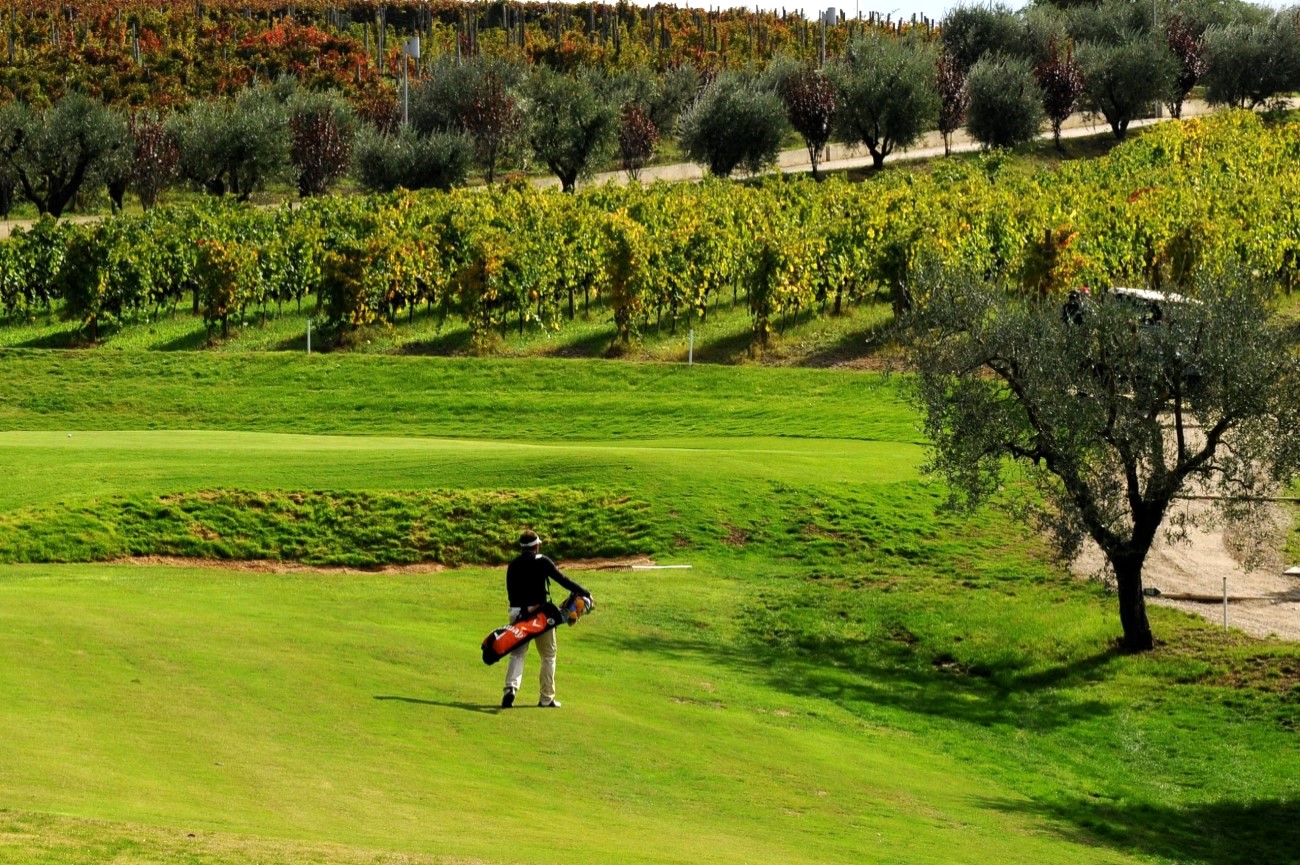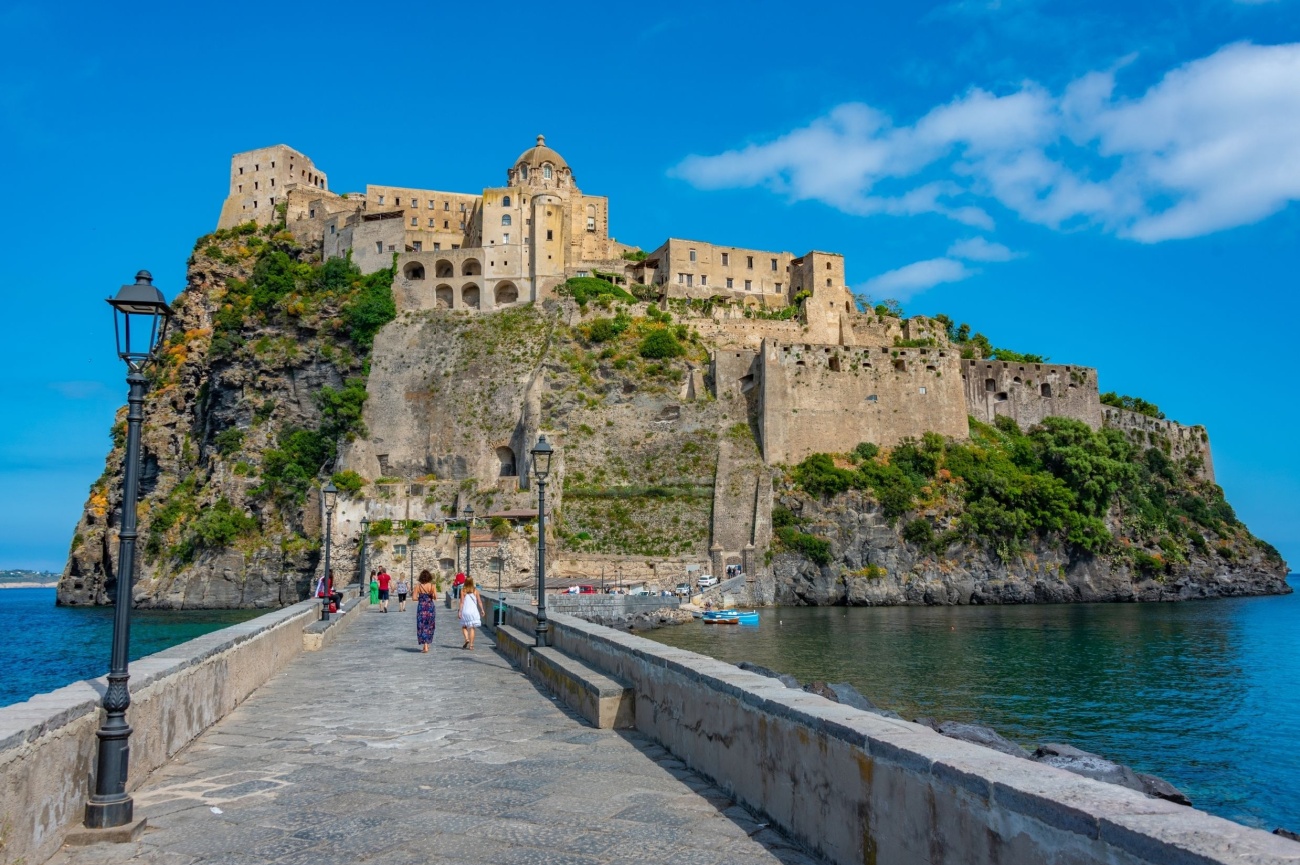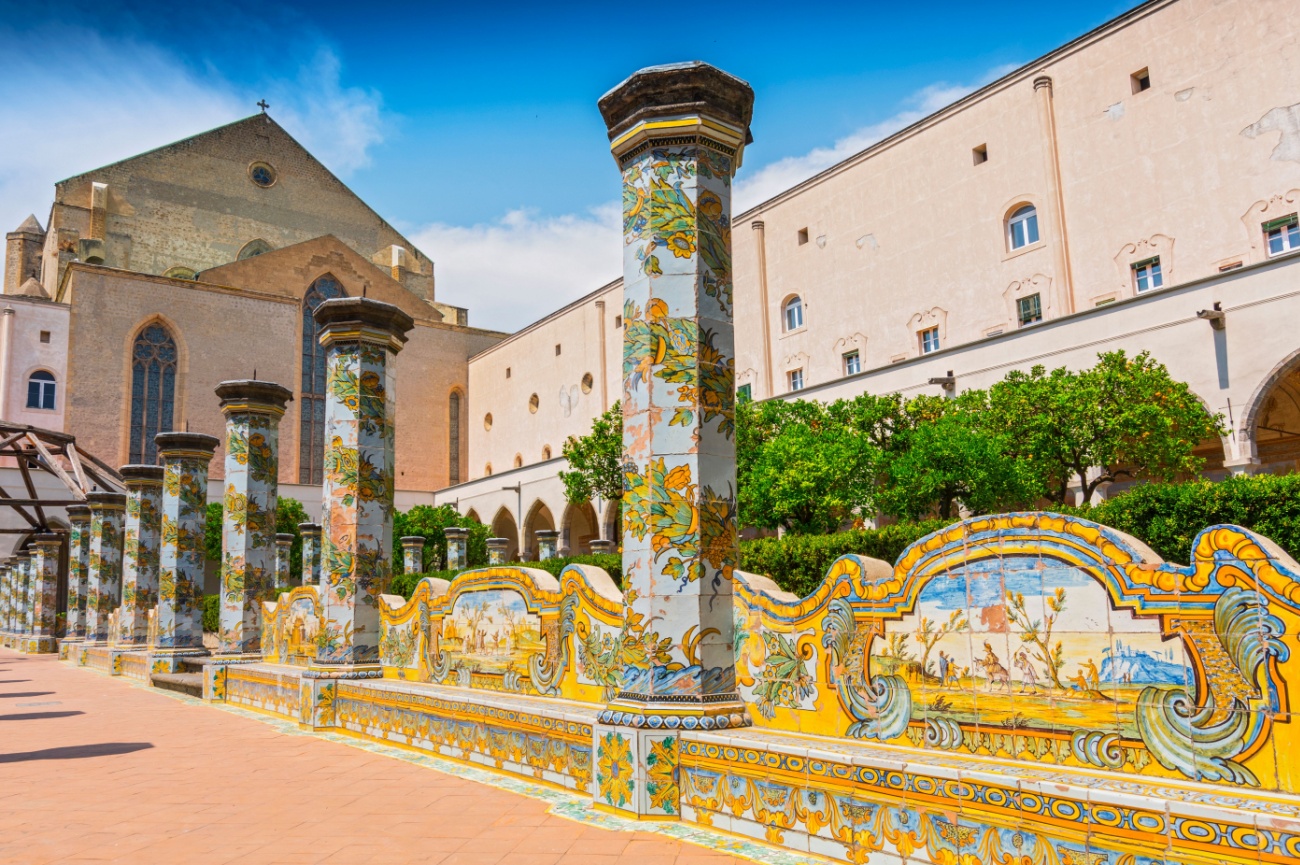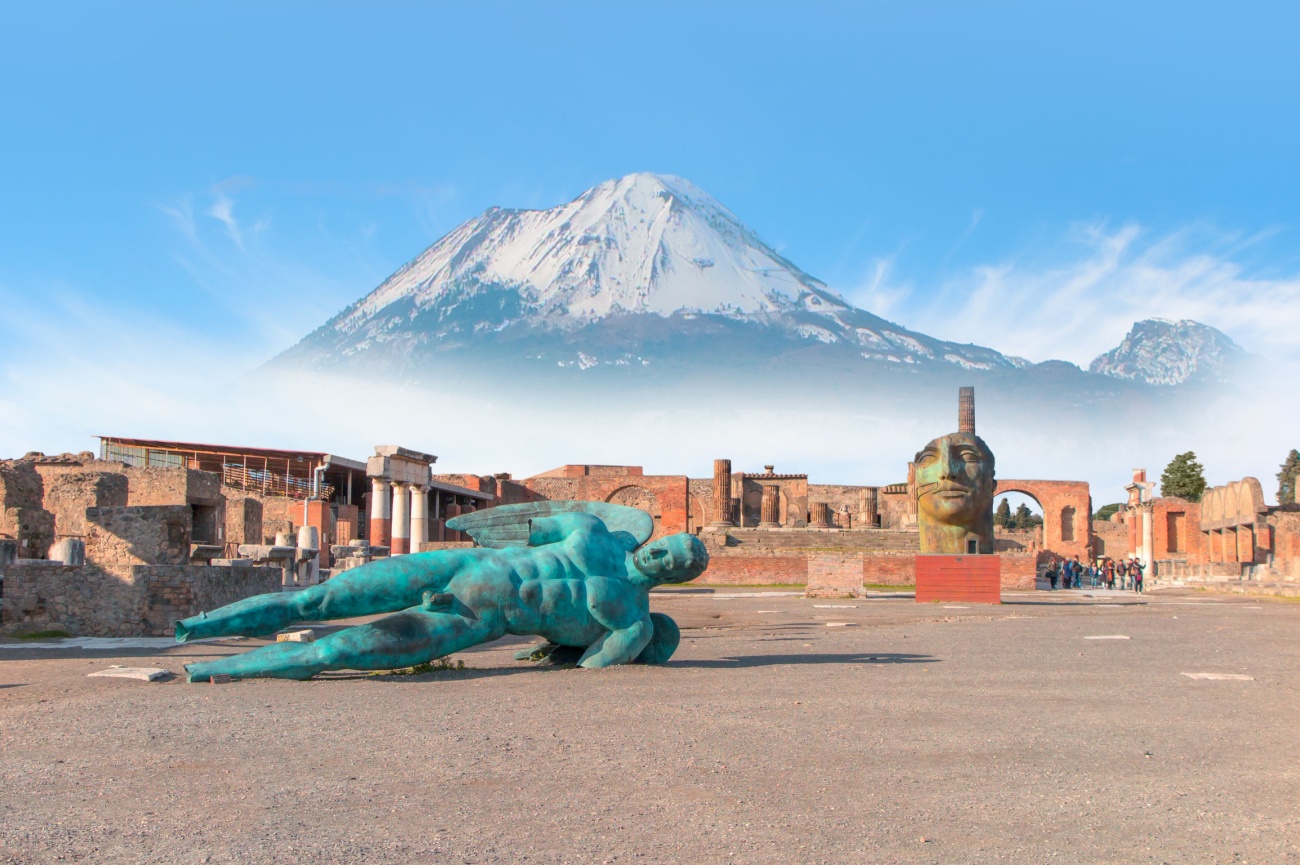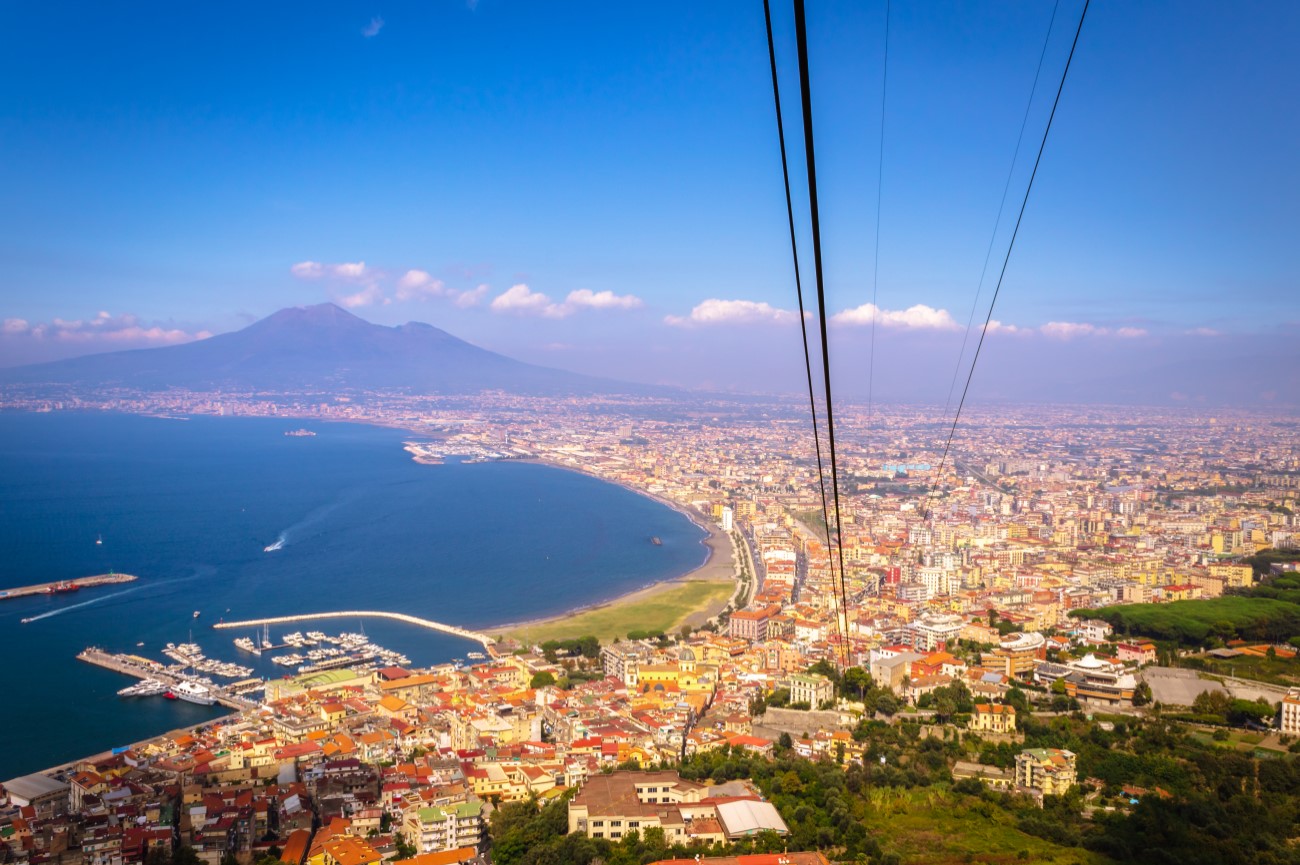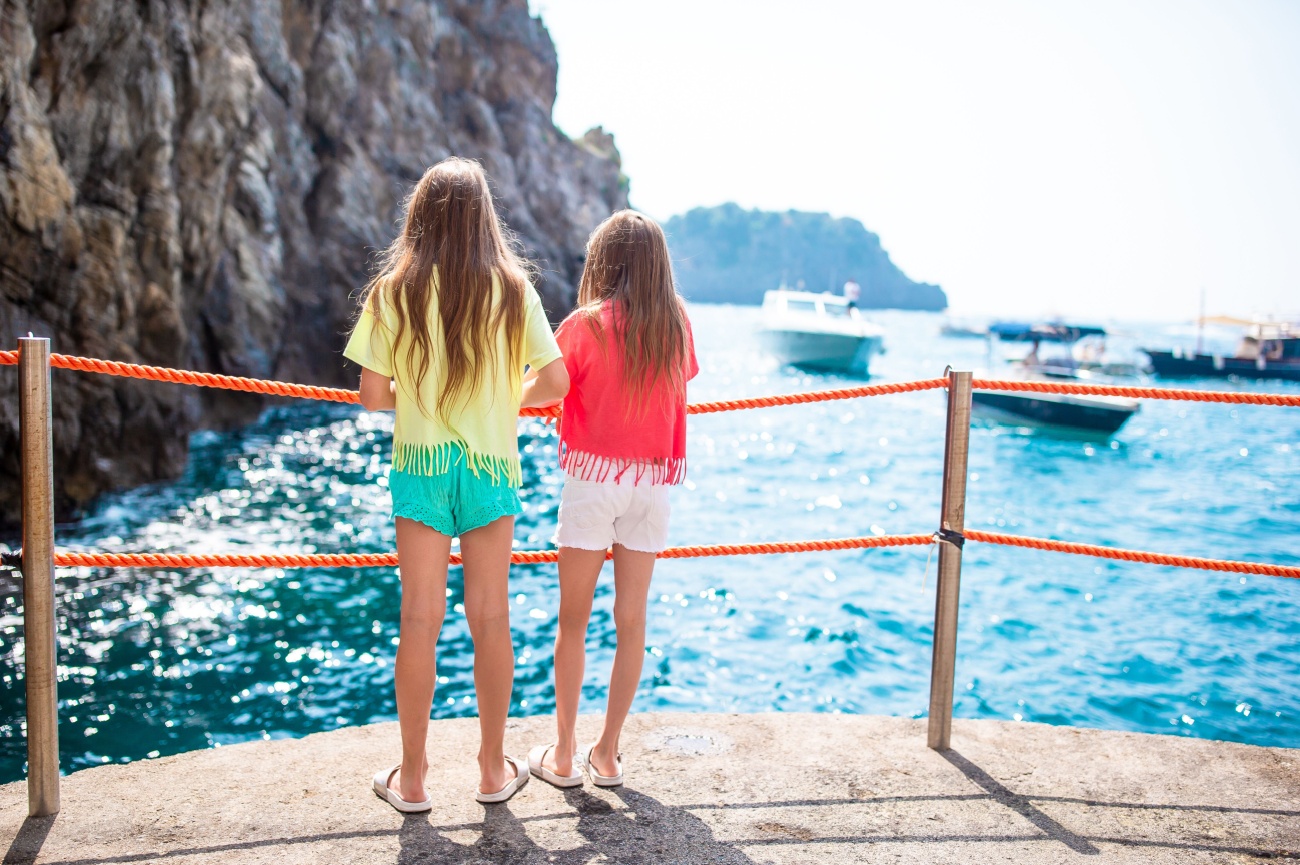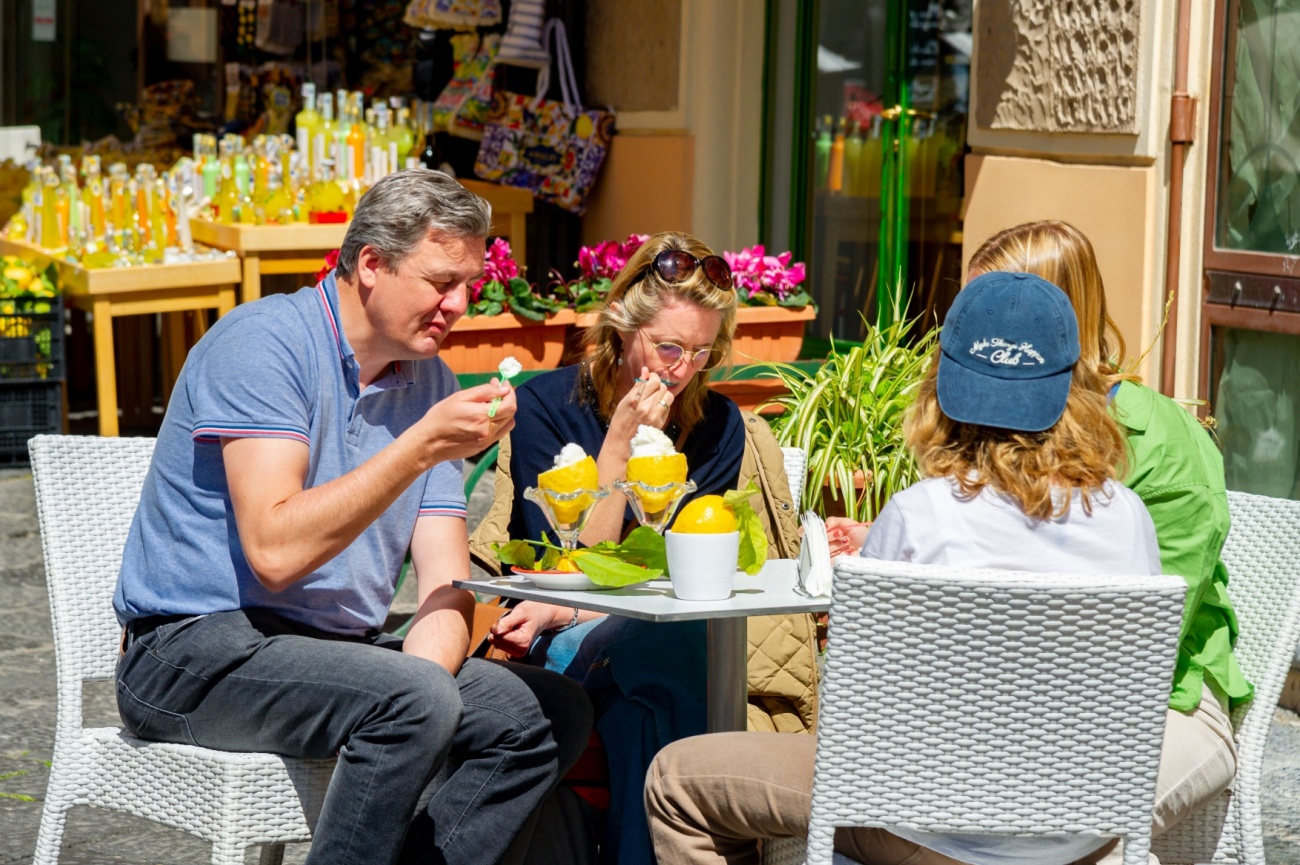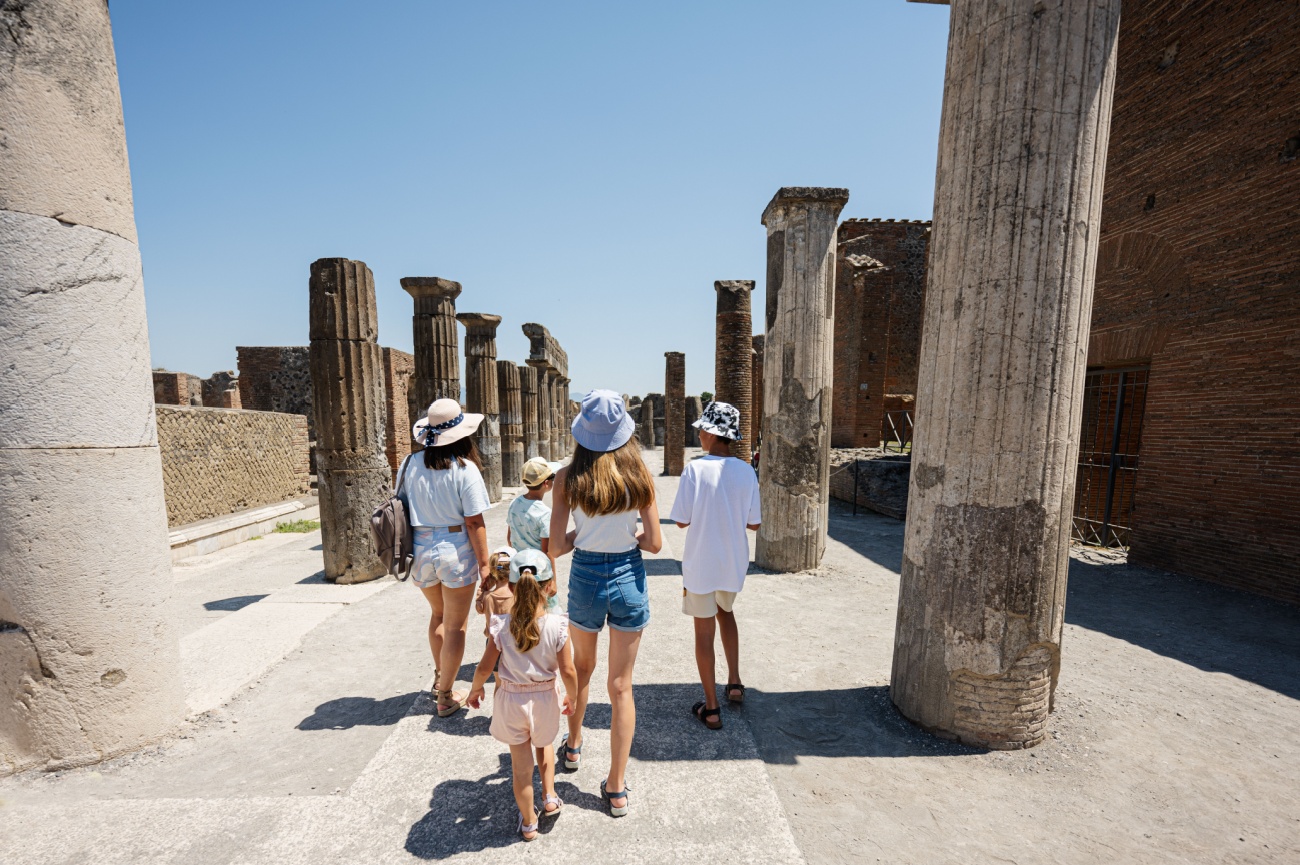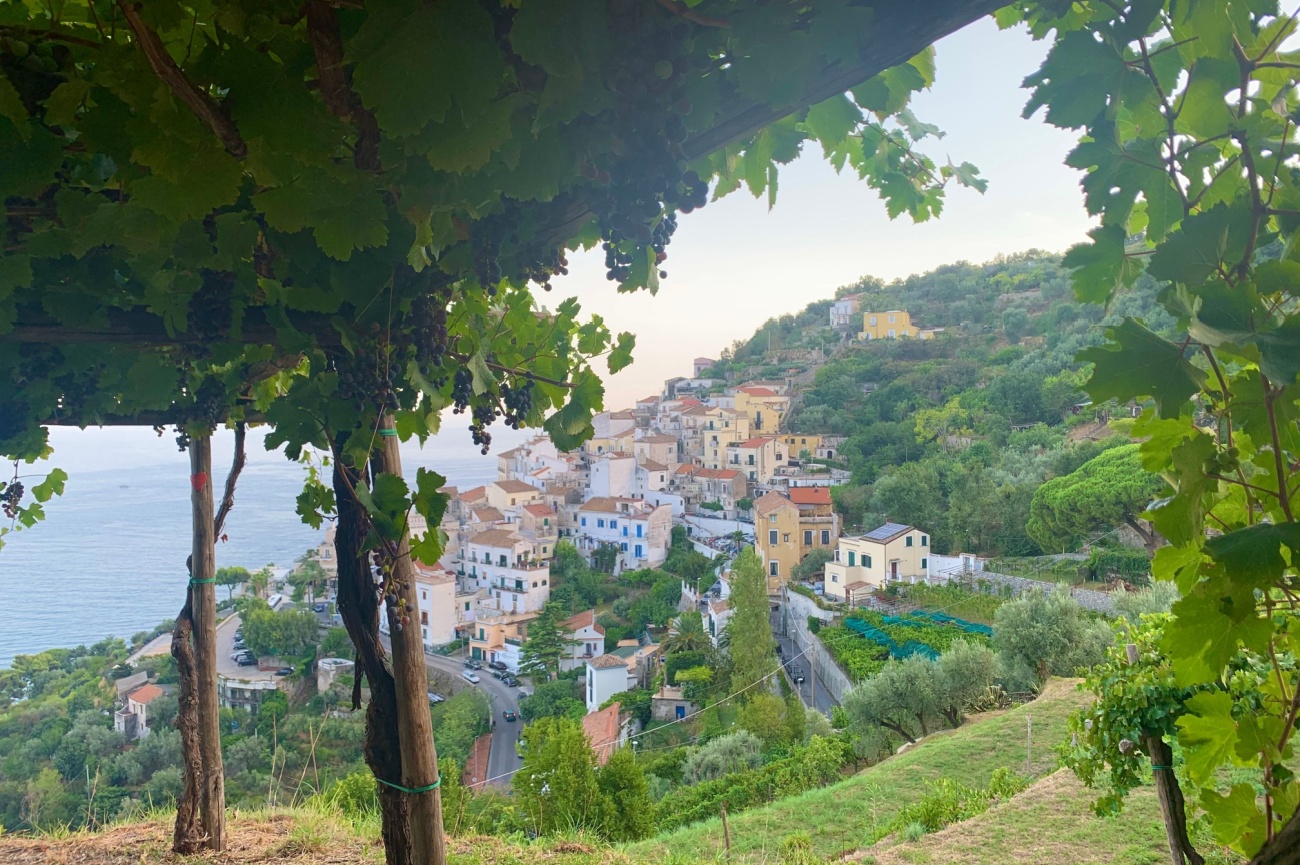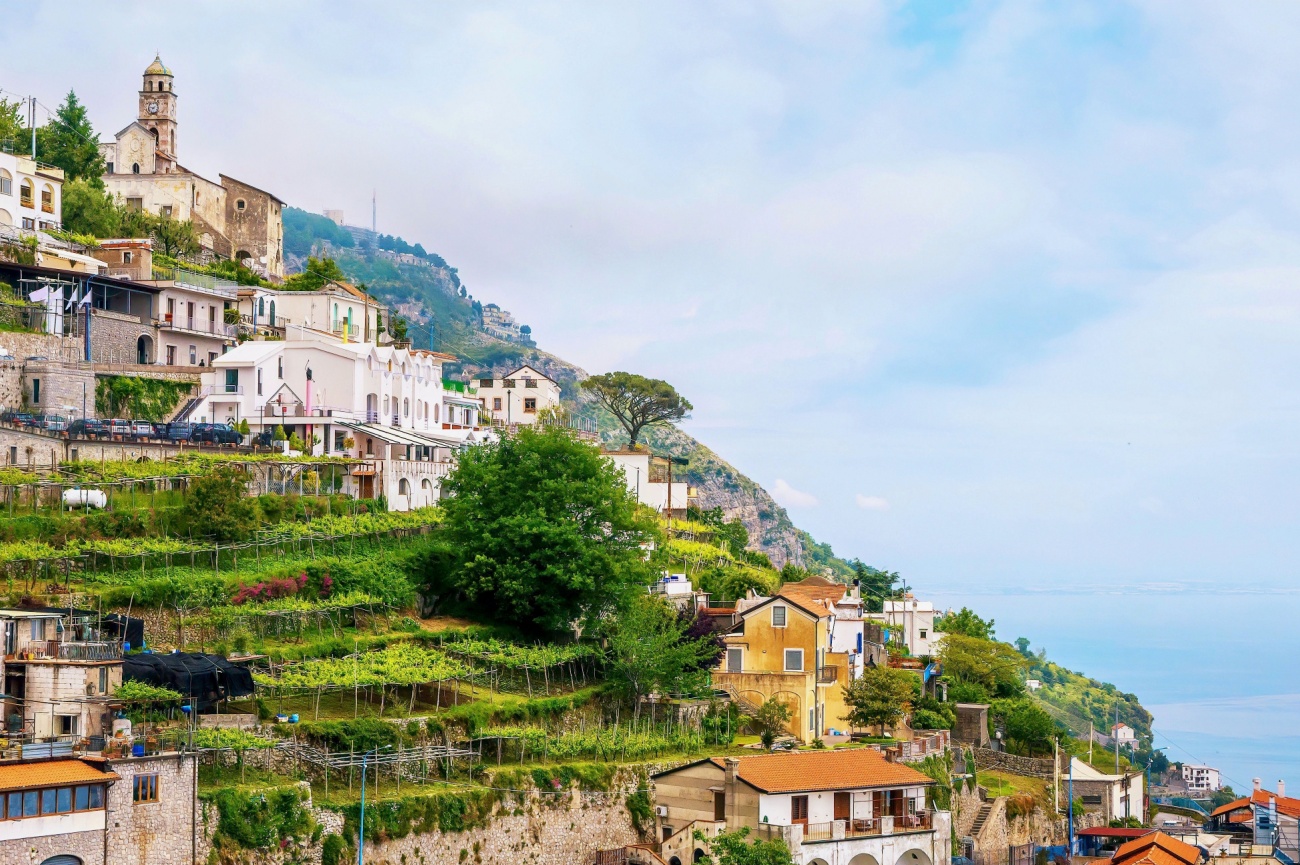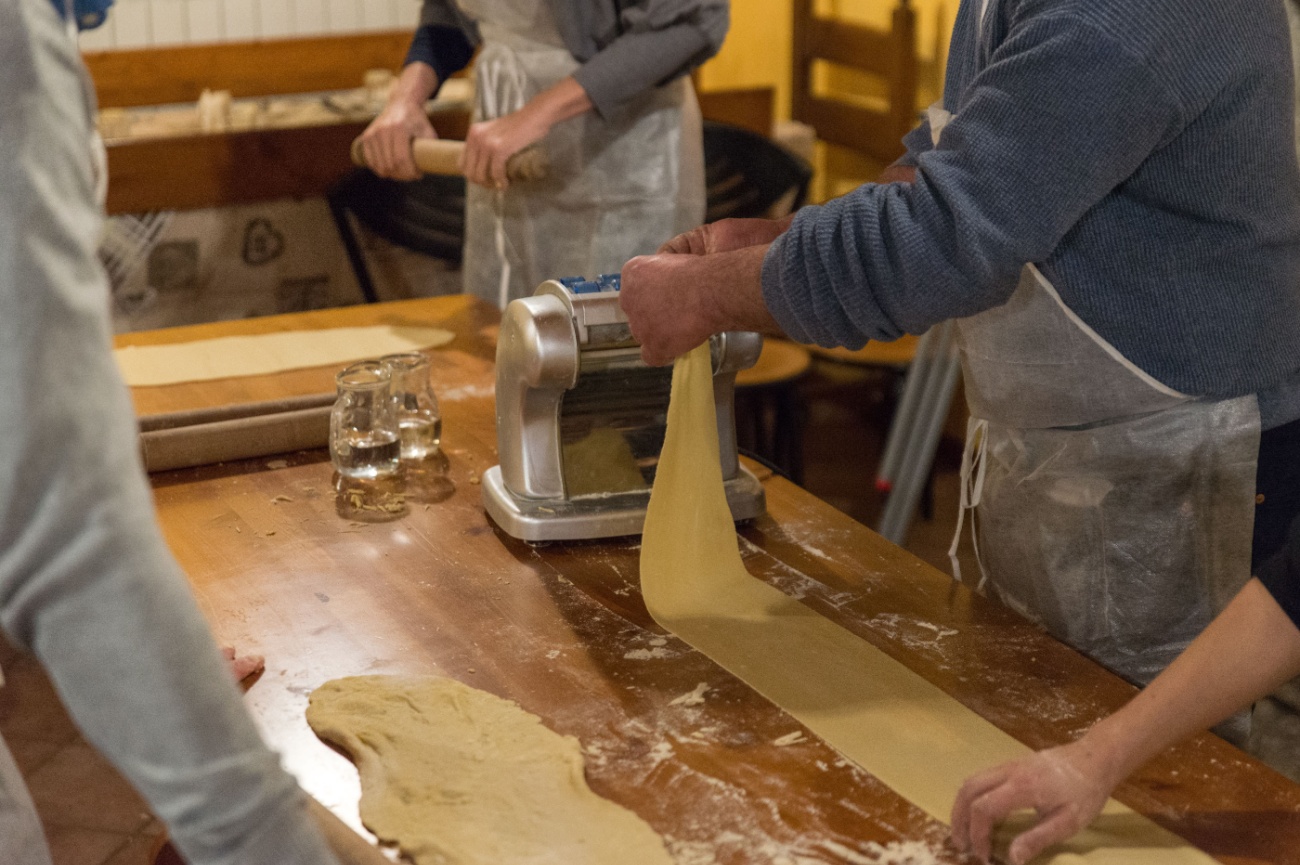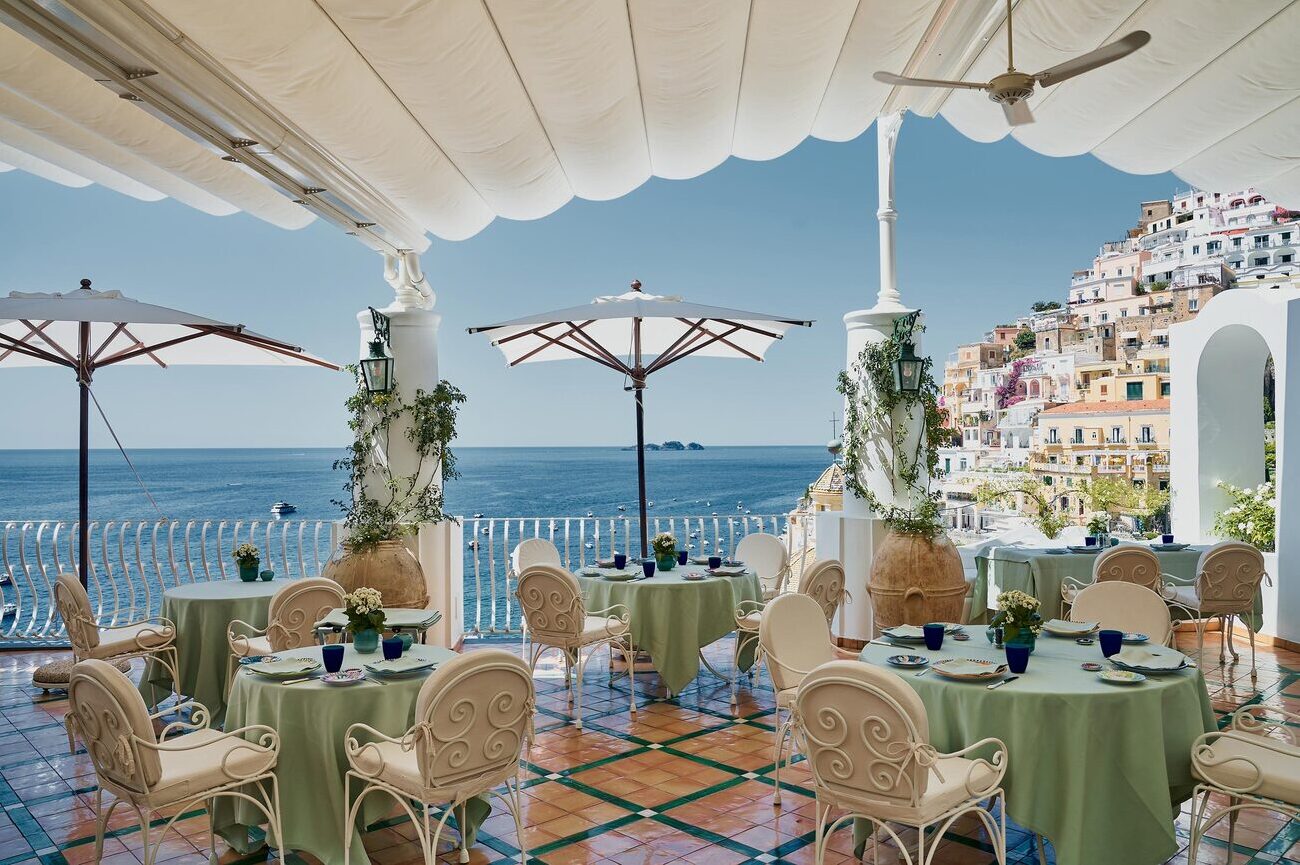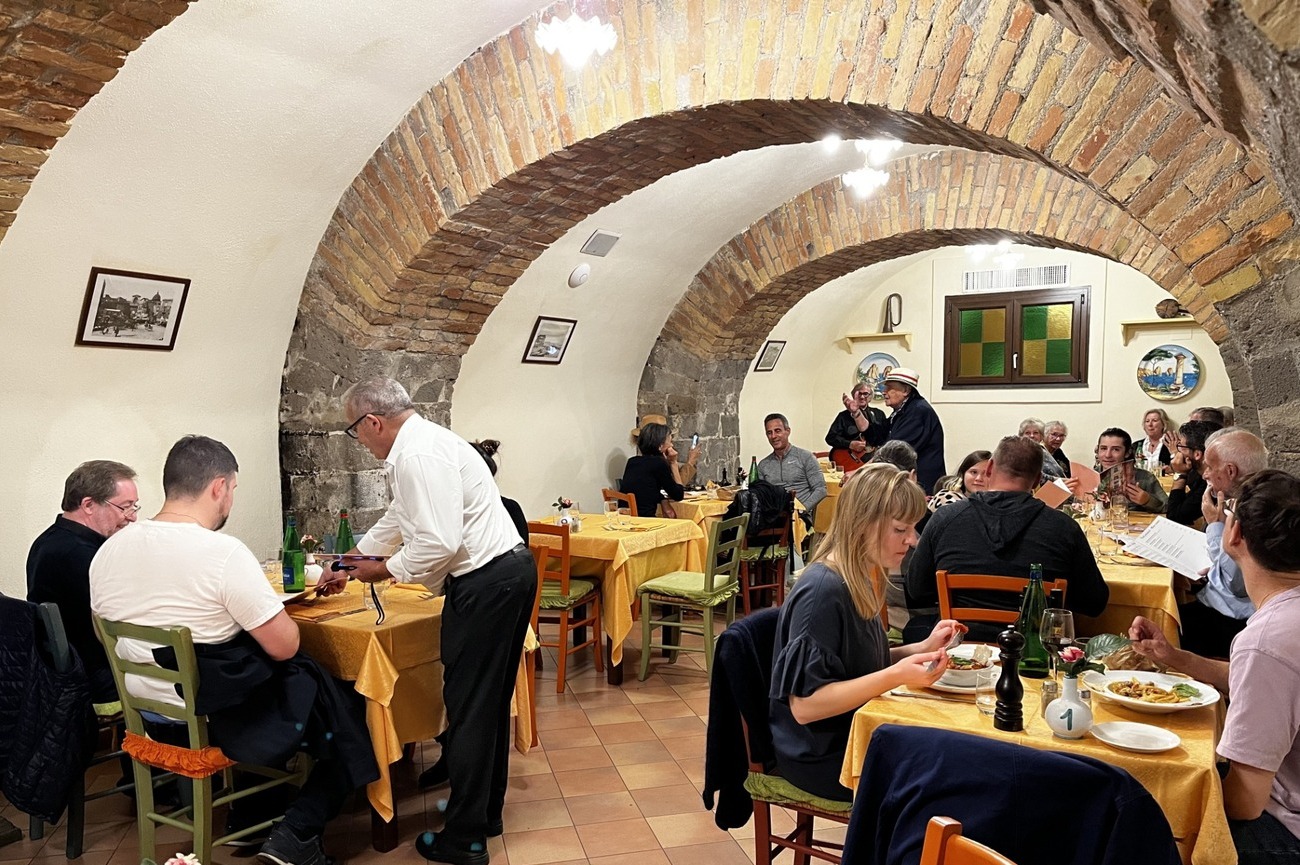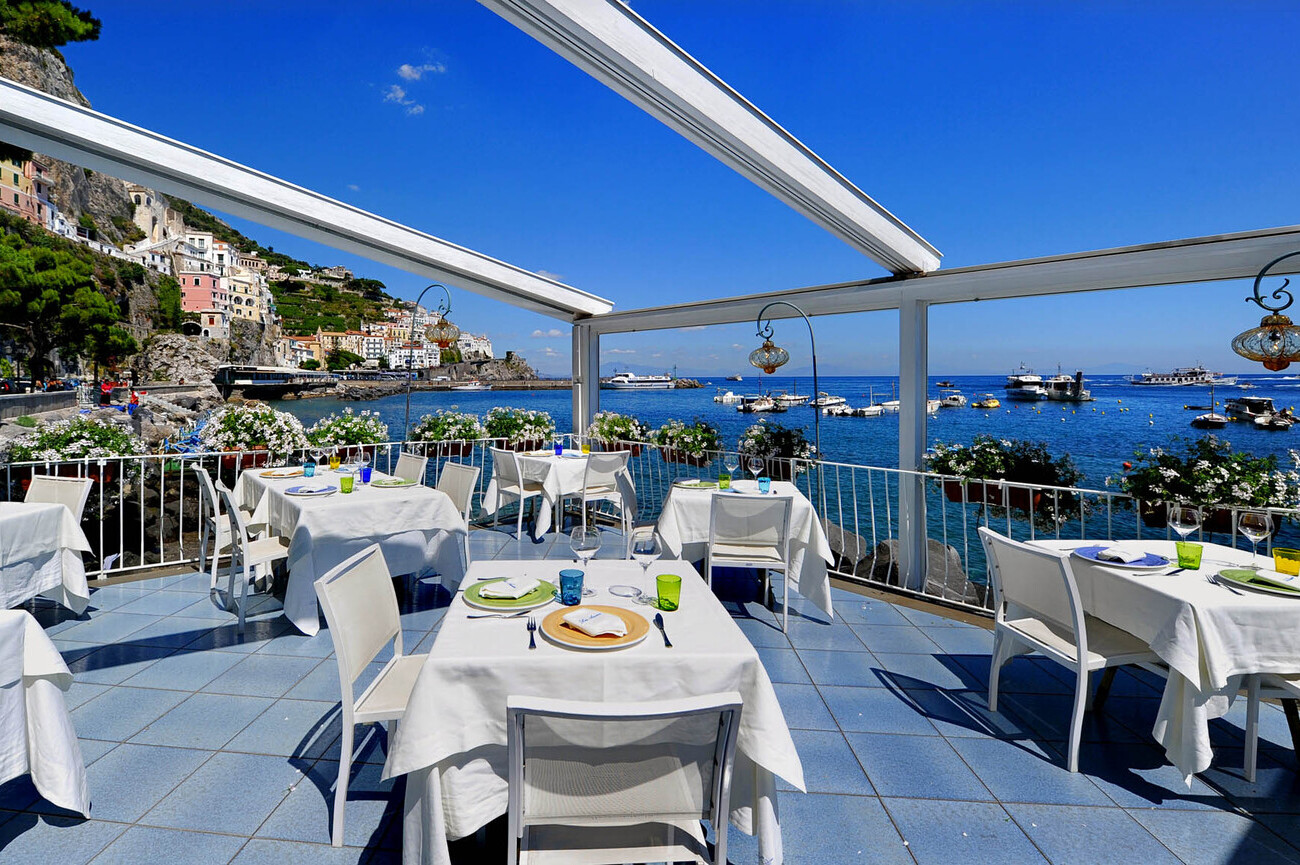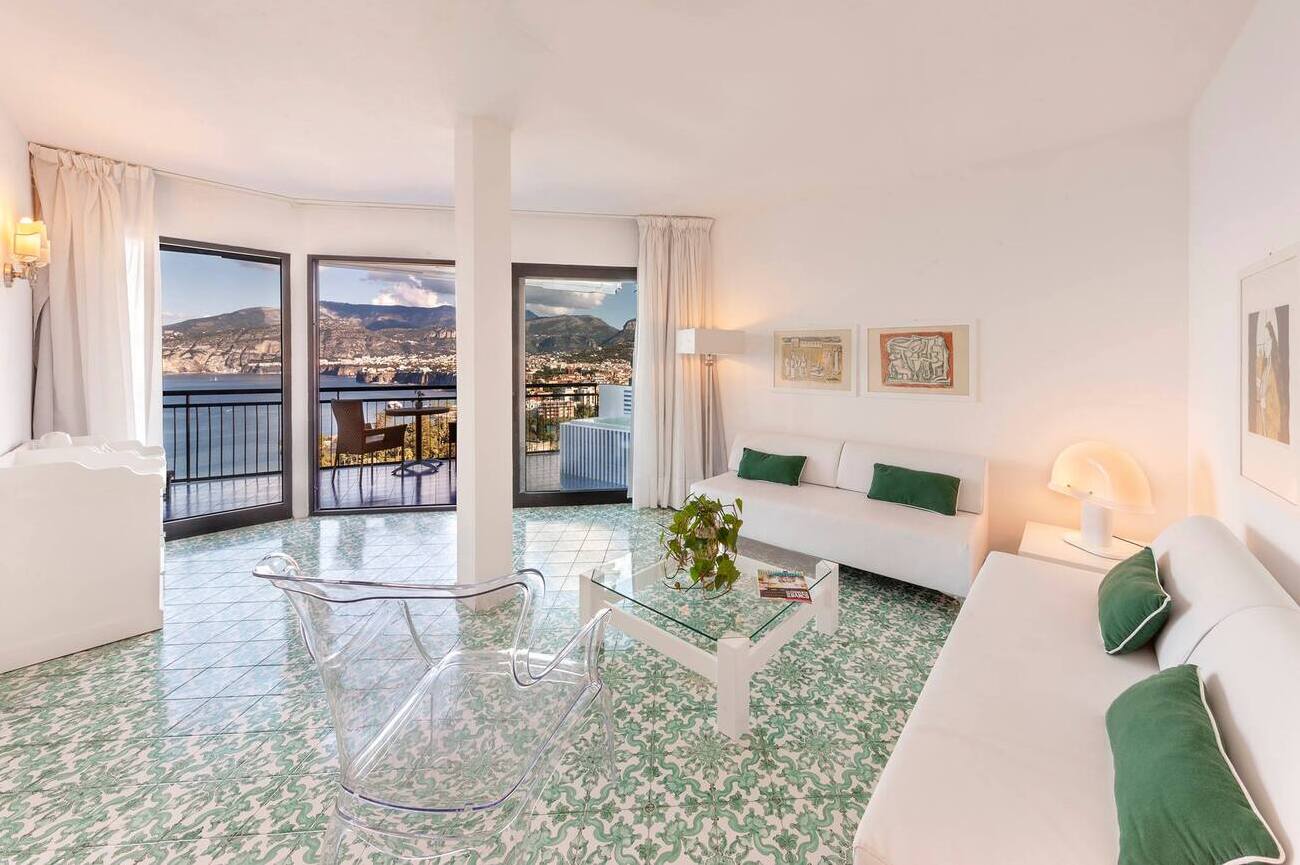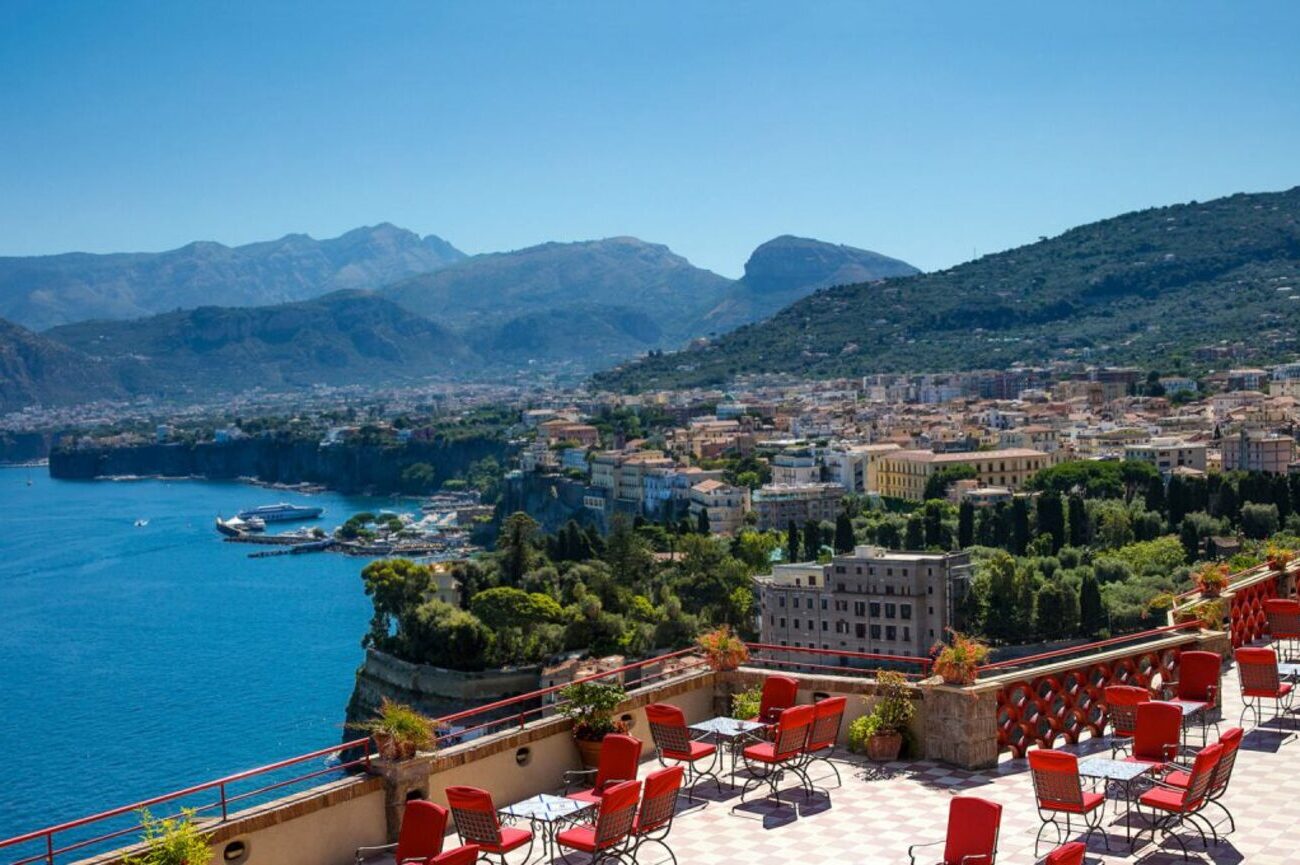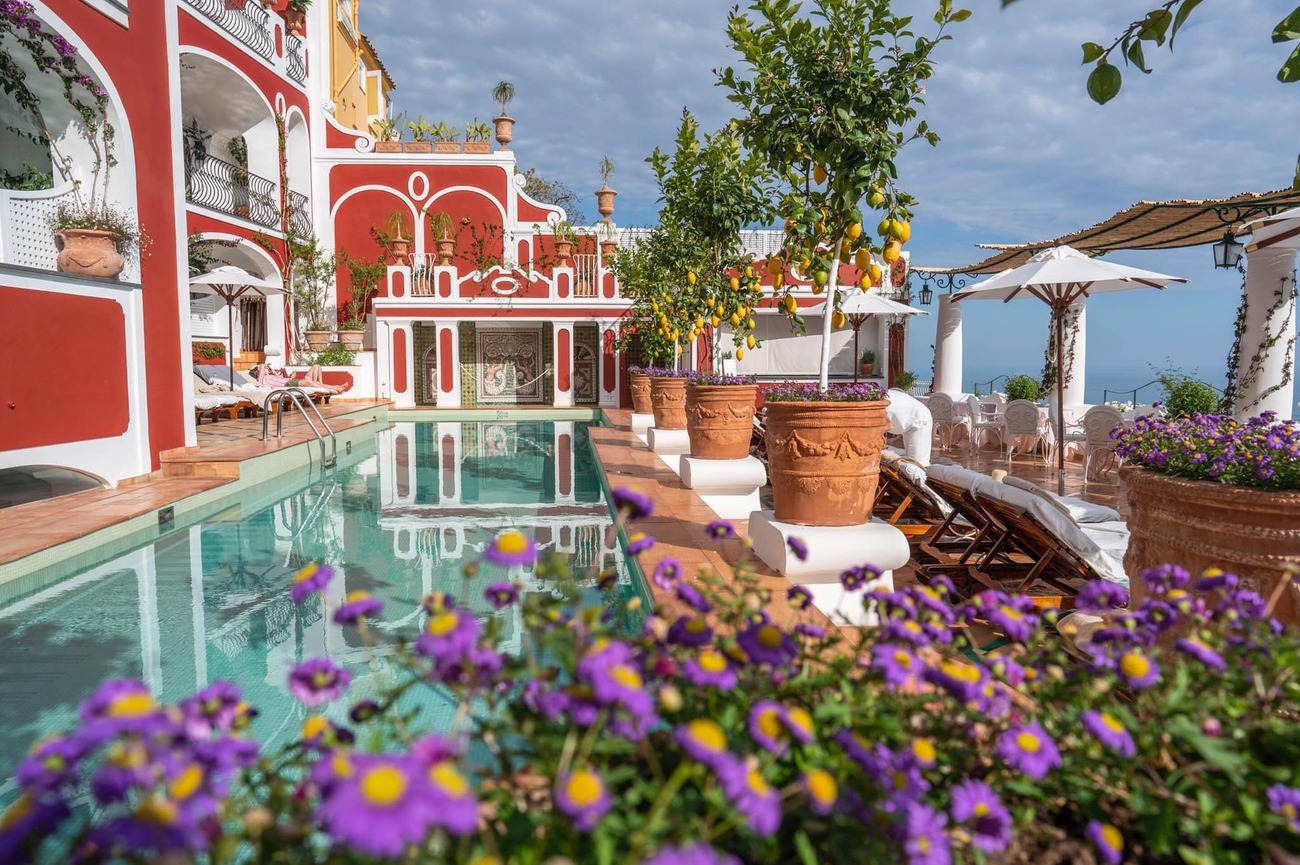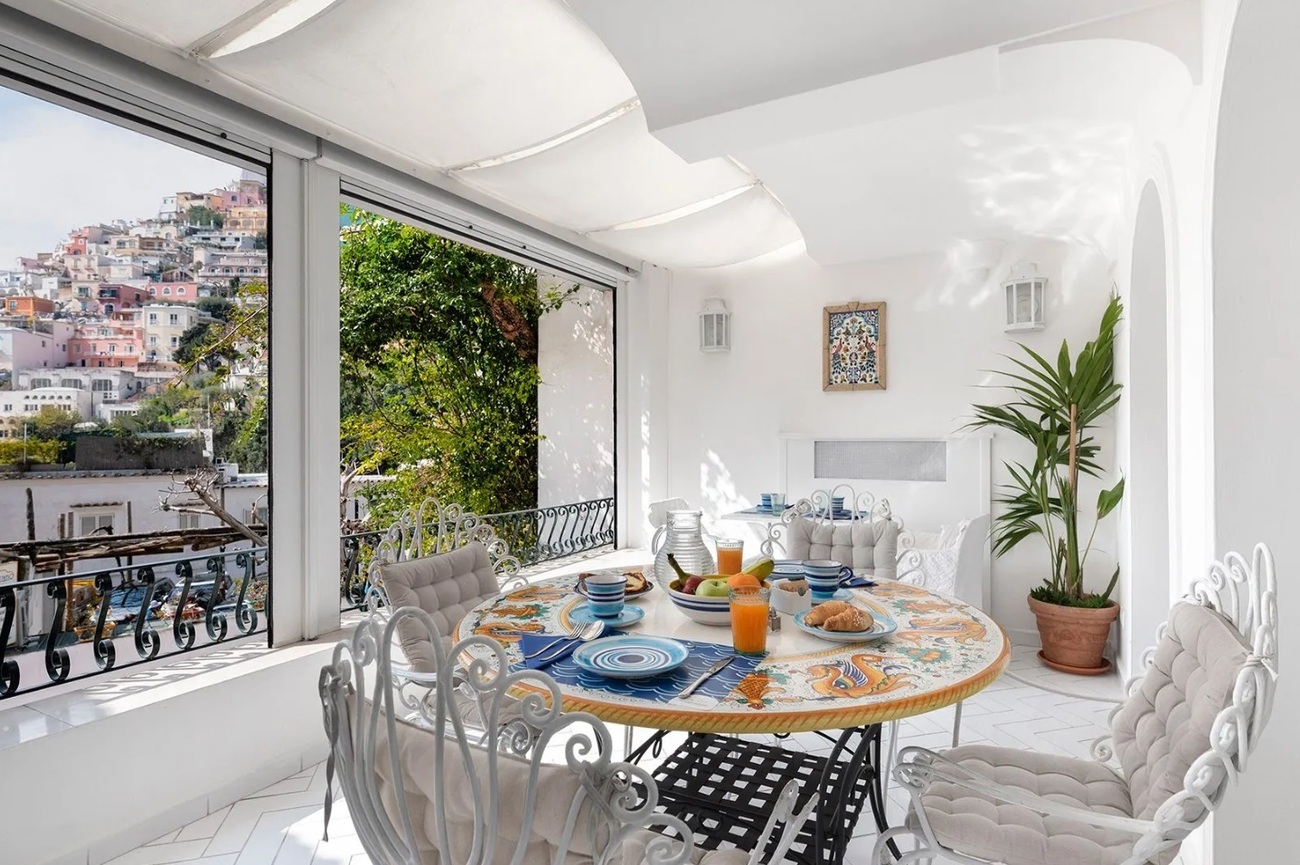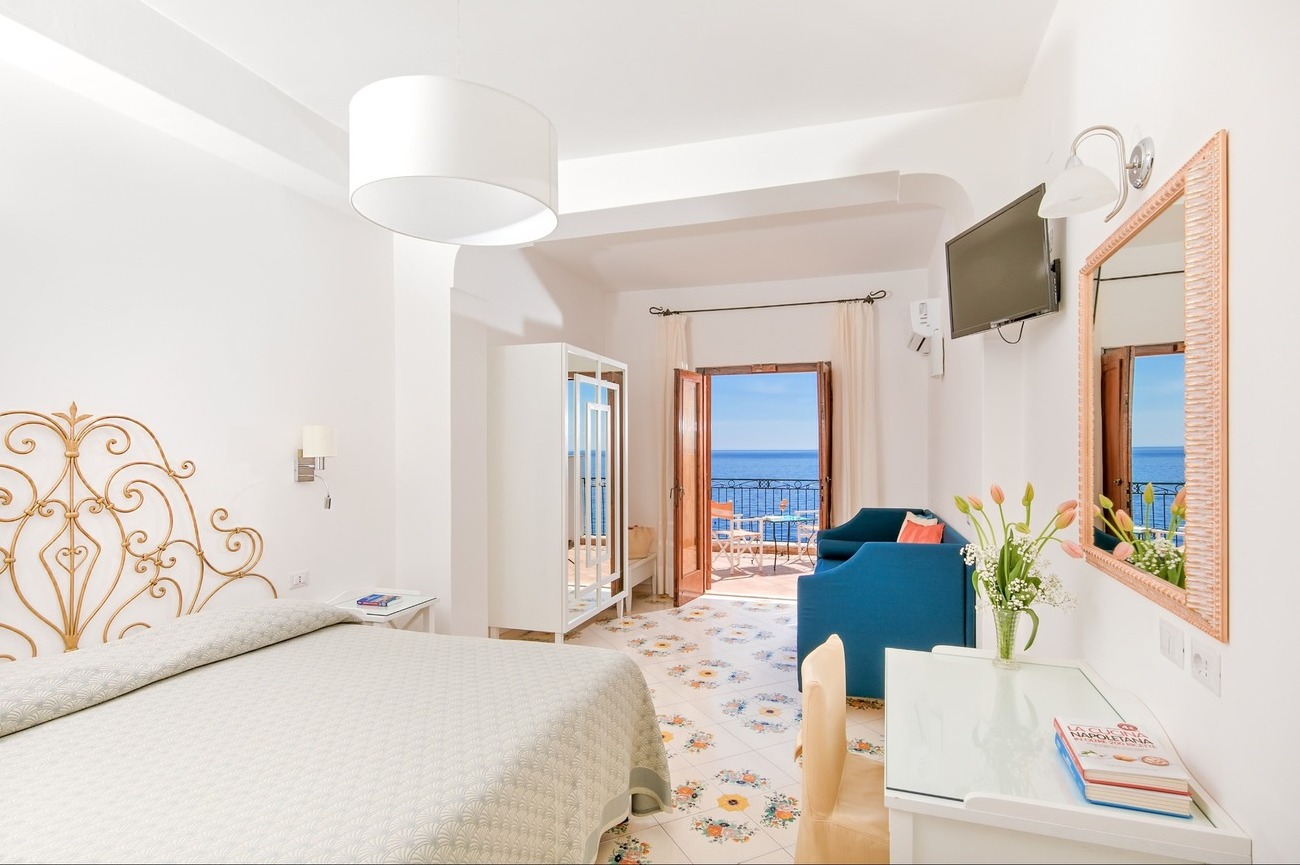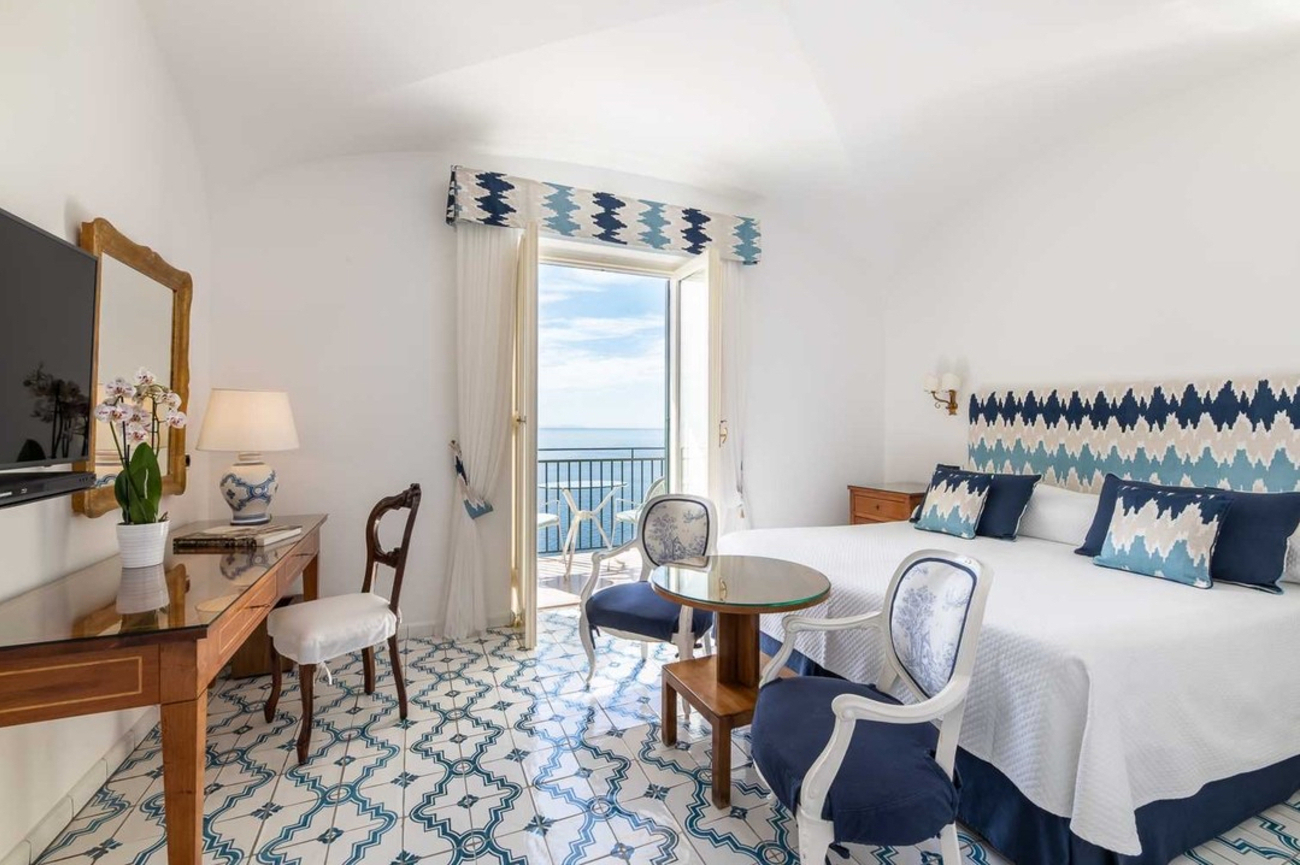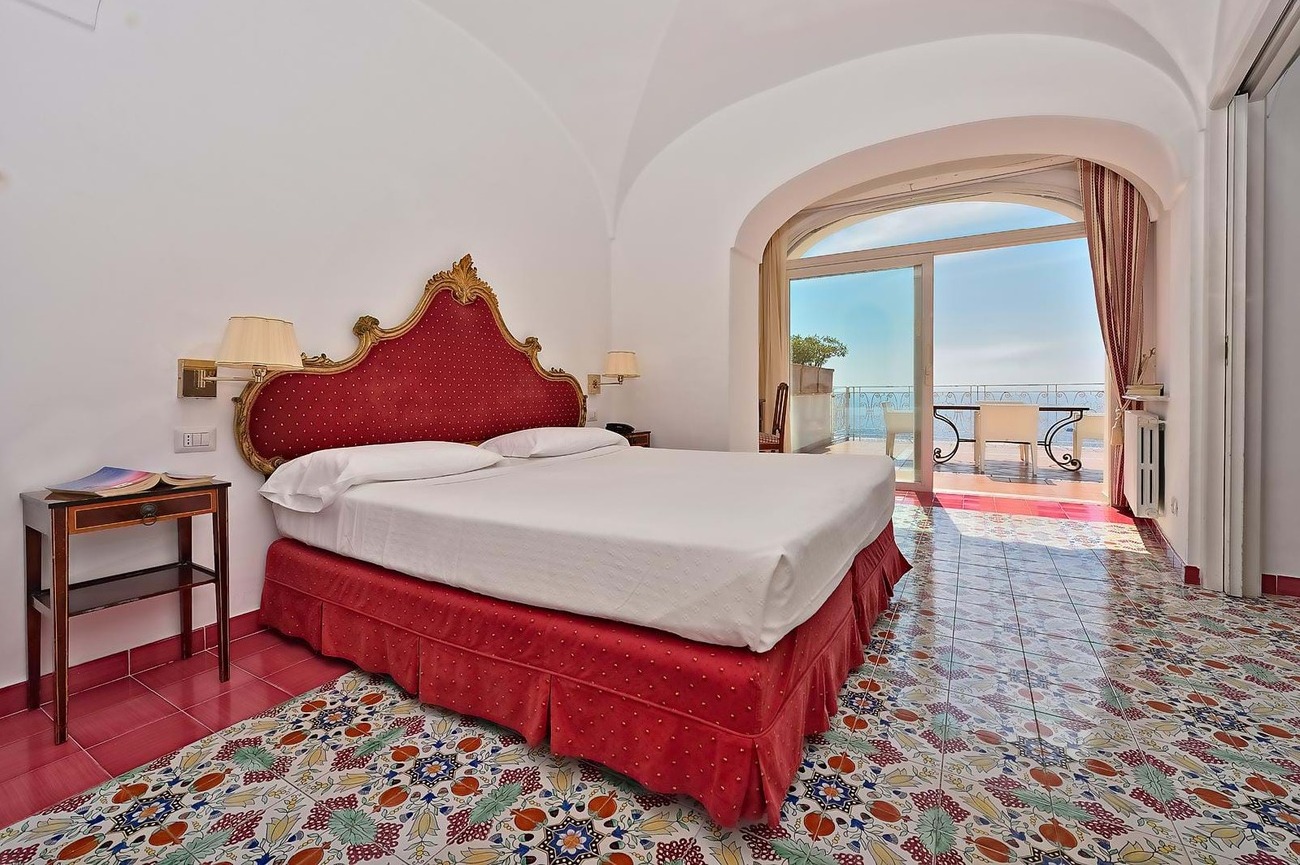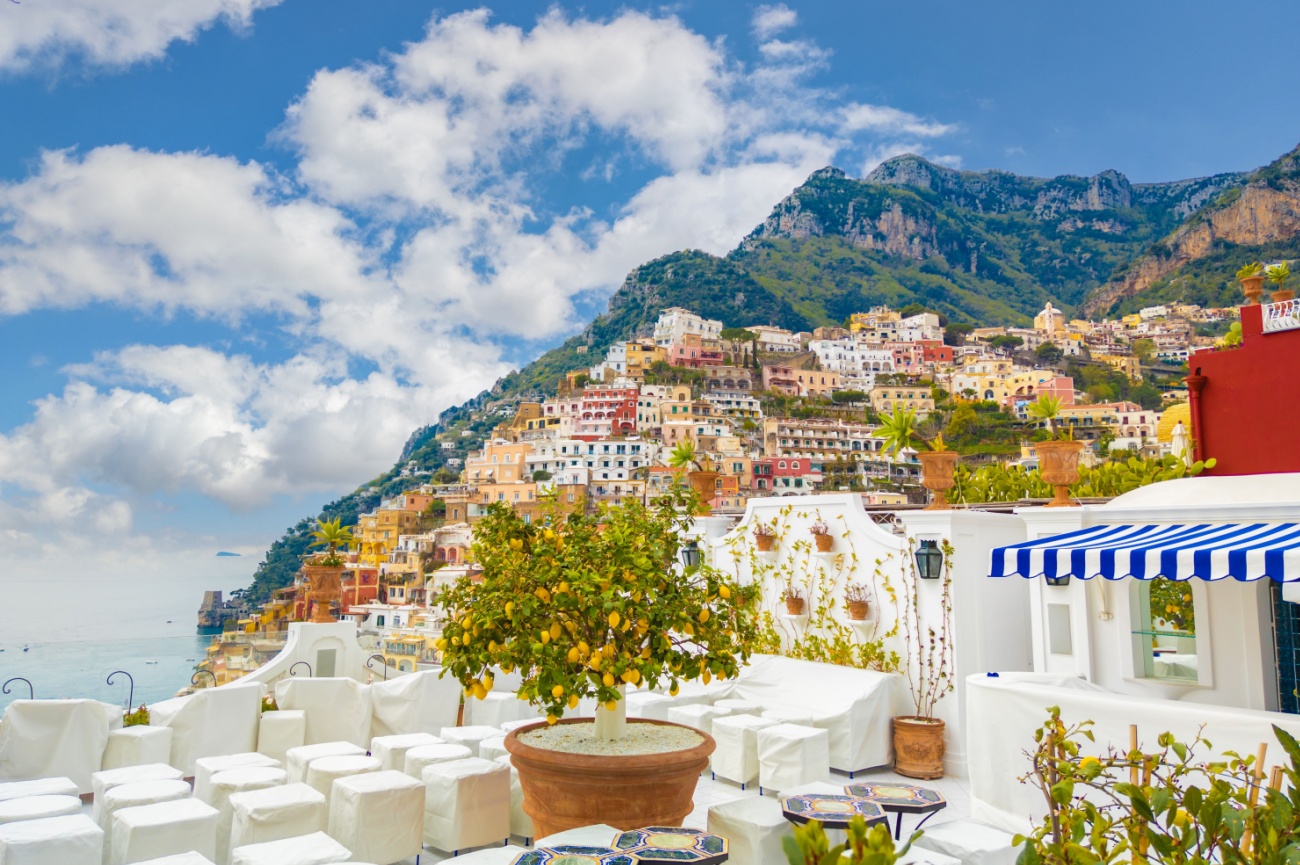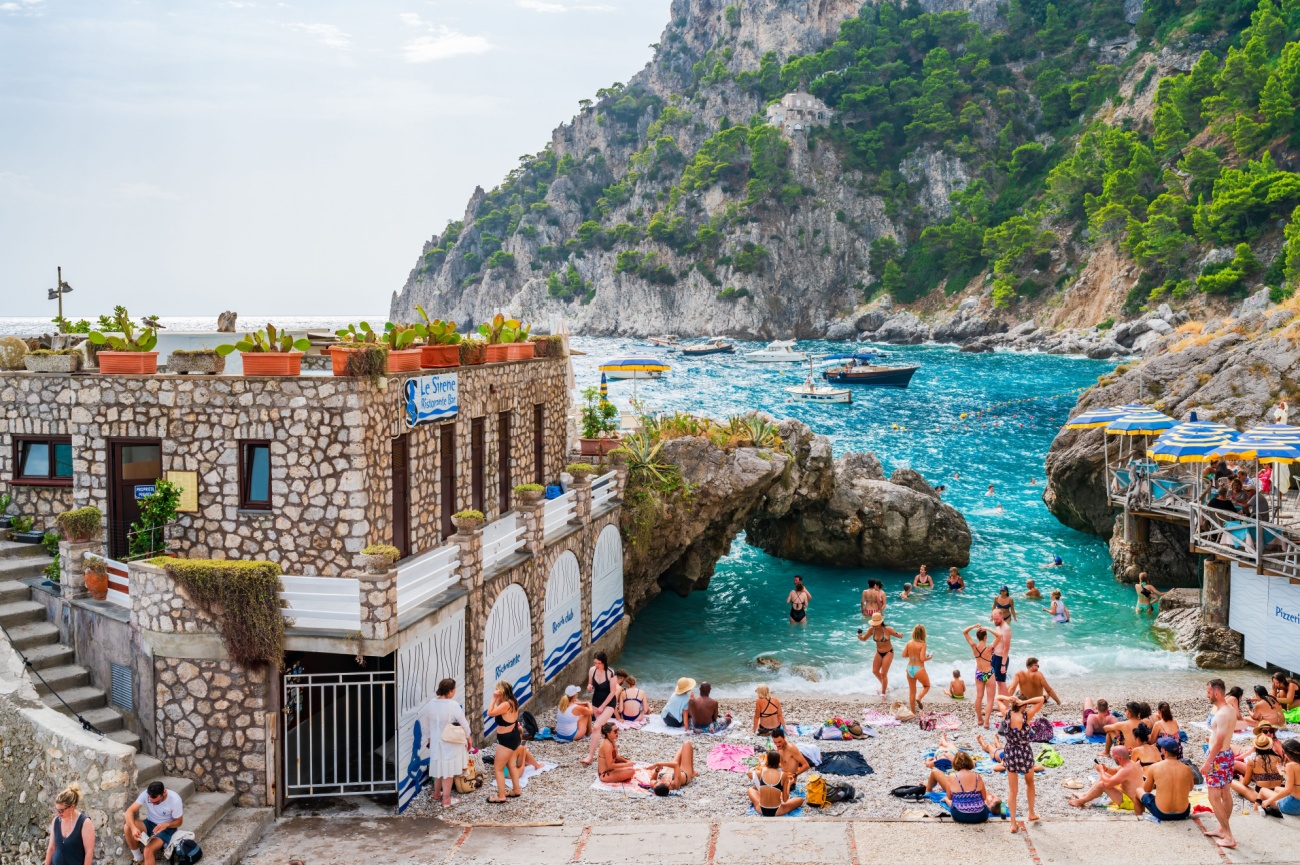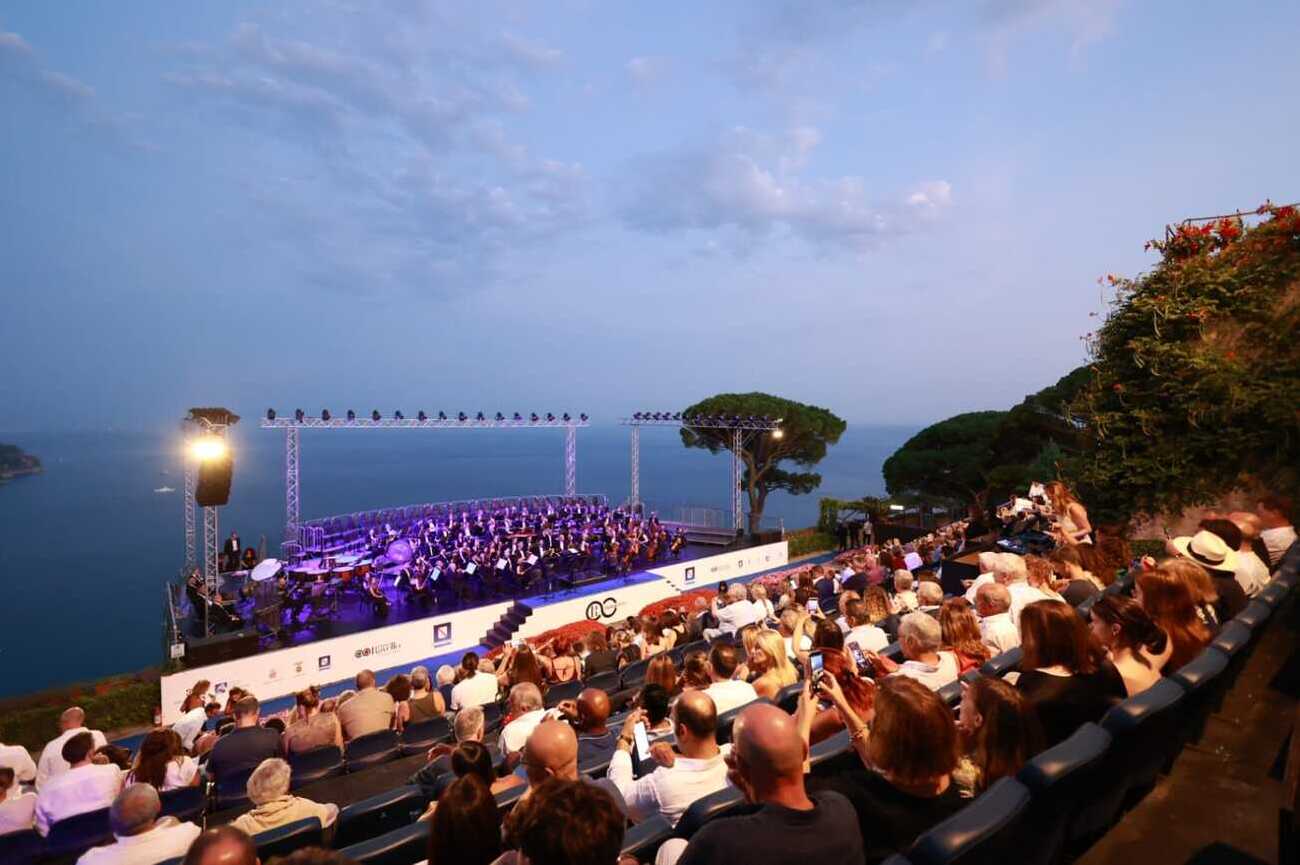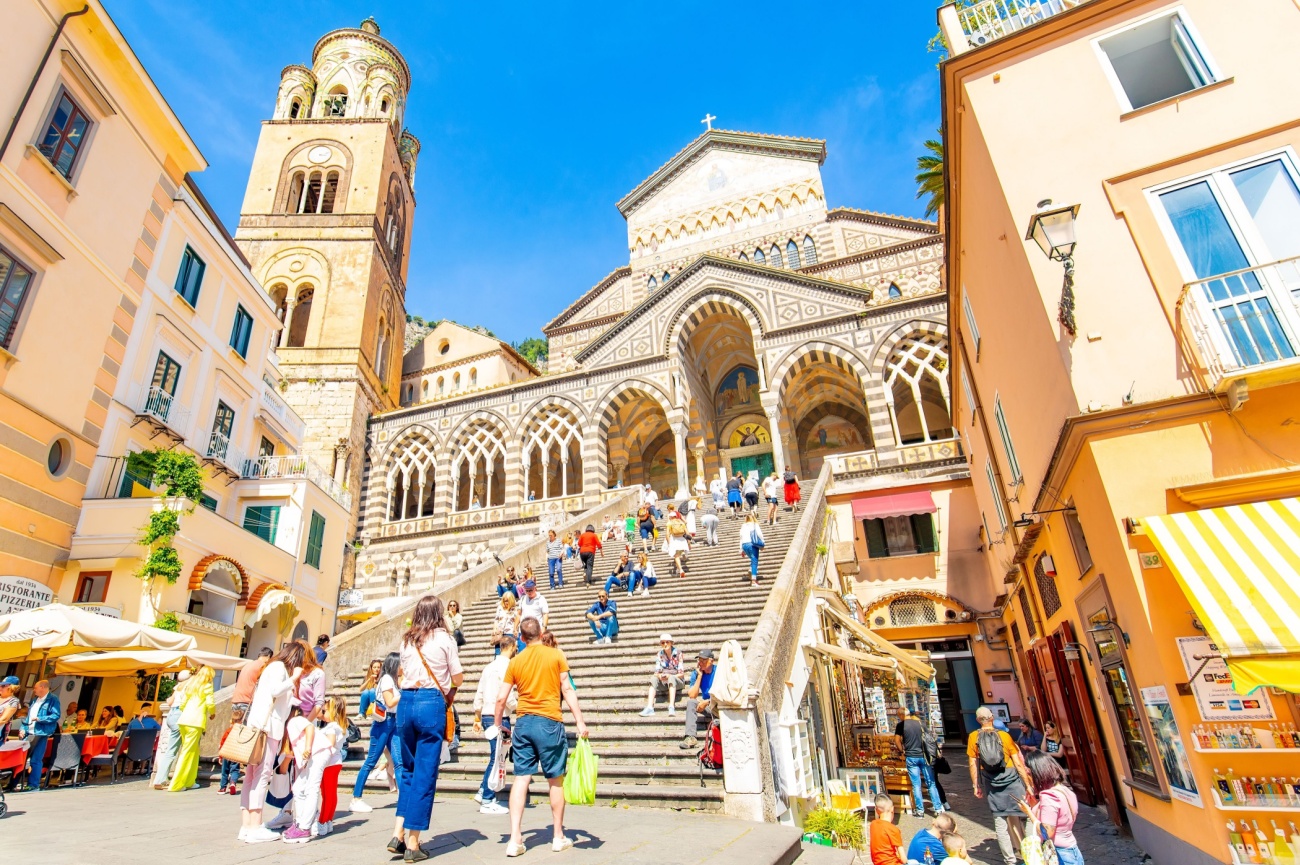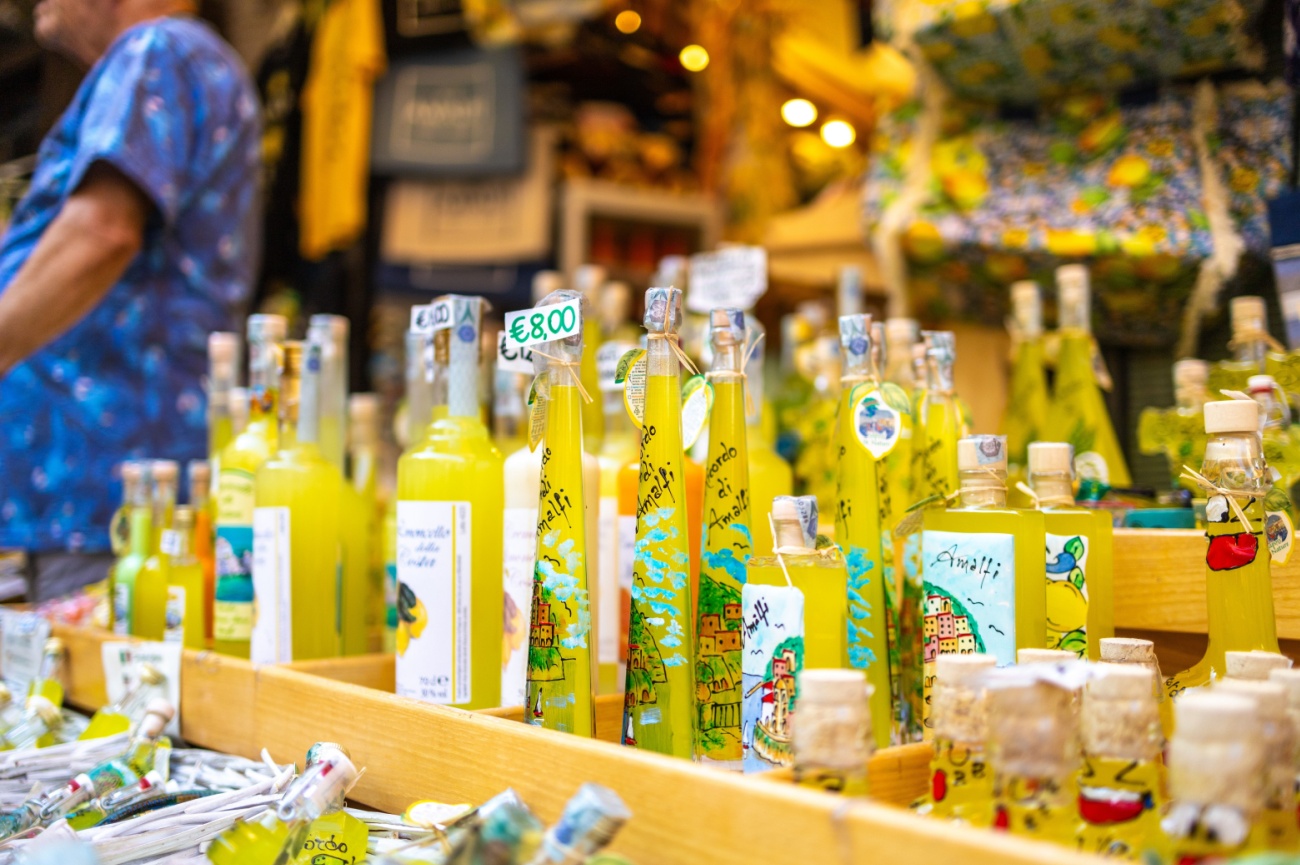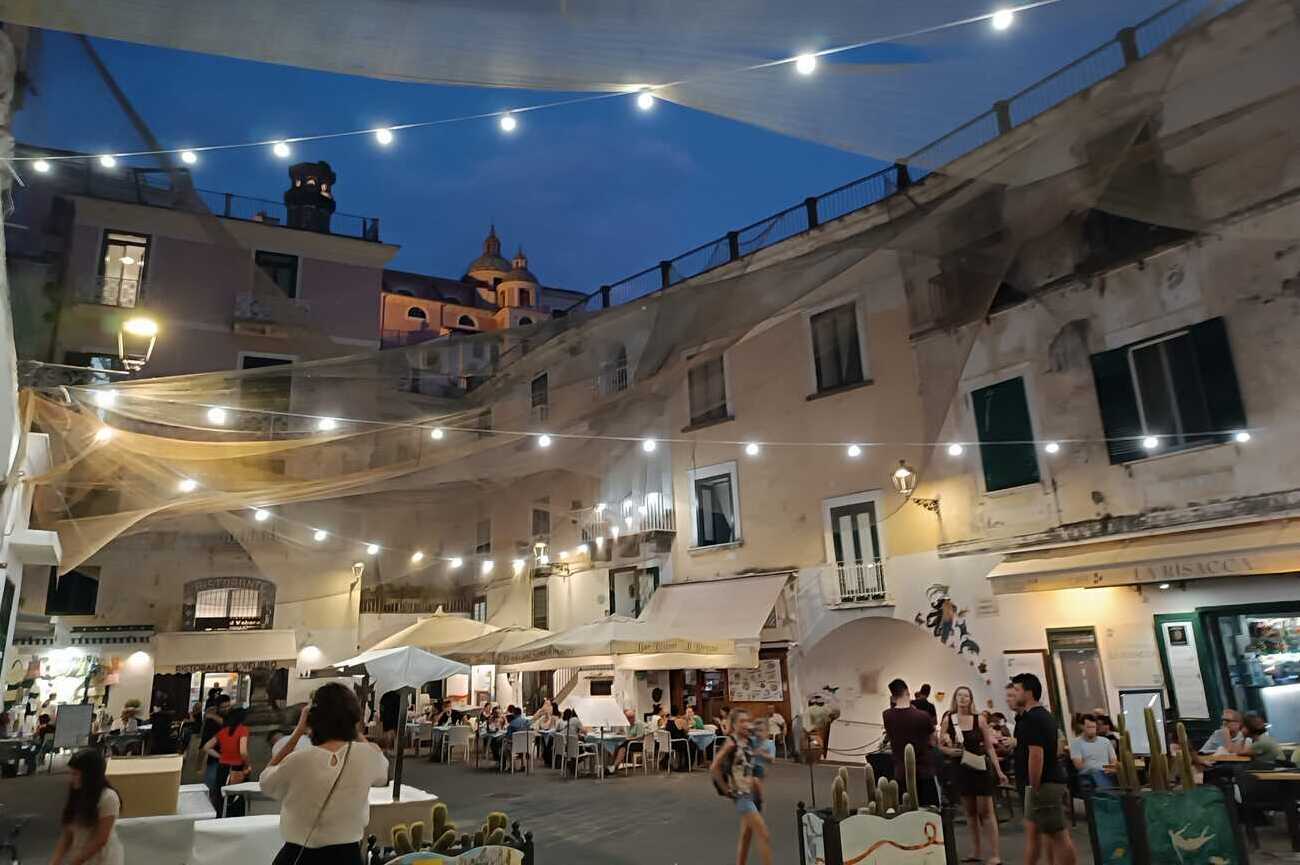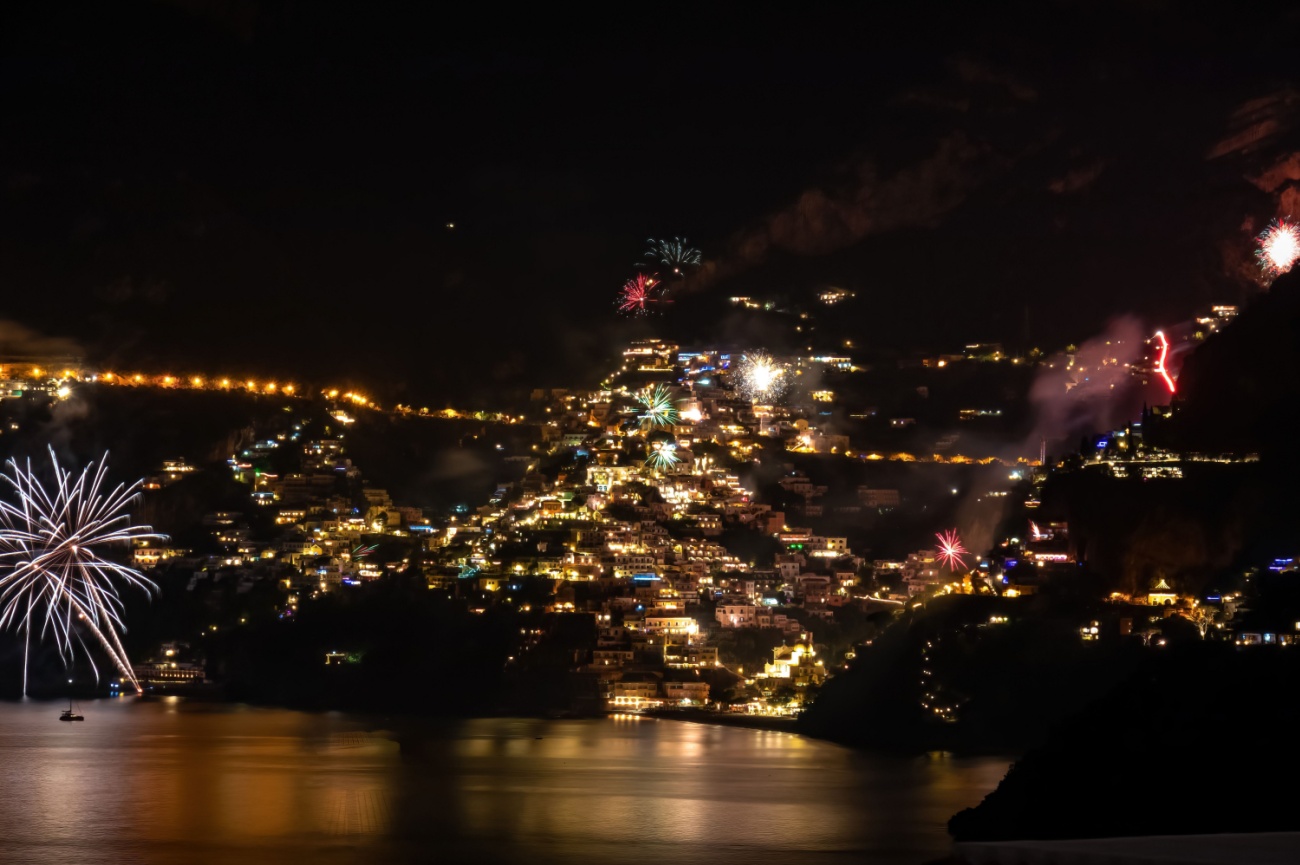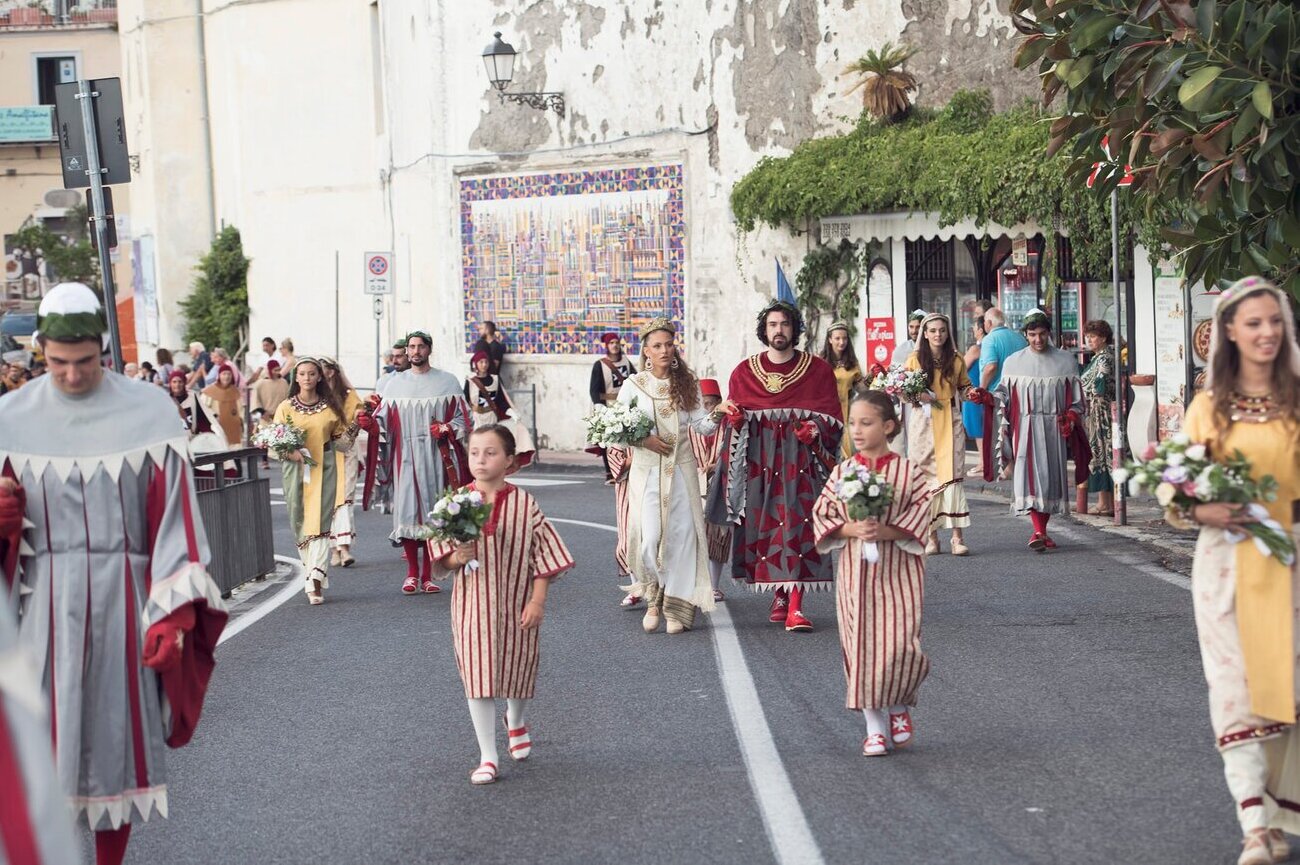Things to Do on the Amalfi Coast: 5-Day Itinerary
The Amalfi Coast is one of the world’s most spectacular drives. Sun-bleached towns cling to craggy cliffs along a winding 50-kilometre stretch of coastline an hour south of Naples. The southern coast of the Sorrentine Peninsula is laced with shimmering coves, watery grottos, and hillsides draped in lemon groves. This impossible terrain has inspired the most incredible feats of engineering, with buildings cascading down the mountainside to the edge of the sea.
There are 13 towns on the Amalfi Coast, with Positano and its namesake Amalfi being the two most popular. Sorrento, on the north side of the Peninsula, is considered the “Gateway to the Amalfi Coast” and makes a great home base for exploring the region. For a quieter retreat, stay in Praiano, the popular lesser-visited town halfway between Positano and Amalfi or Maiori, which boasts the region's largest stretch of sandy beach.
Regardless of where you are staying, you will experience the unmistakably Italian passeggiata, a nightly tradition of strolling through town before or after dinner. Also molto Italiano are the delightful delicacies you will encounter, such as flaky sfogliatelle pastries, refreshing lemon granita, and creamy mozzarella di bufala. You can shop for handmade leather goods, colourful majolica tiles, and lemon-flavoured everything!
Follow our well-crafted 5-day itinerary to make the most of your time exploring the Amalfi Coast’s rich history, vibrant culture, and breathtaking natural beauty. Add on a few days to float through Capri’s ethereal Blue Grotto or visit Paestum to see the best Greek ruins outside of Greece. History buffs, sun worshippers, romance seekers, and shopaholics will enjoy a taste of la dolce vita on the Amalfi Coast.
Day 1 - Sorrento

Morning: Centro Storico
Sorrento, nuzzled into the Sorrentine Peninsula an hour south of Naples, is the gateway to the Amalfi Coast. This trendy resort town is perfectly positioned to serve as a home base for exploring the region. Keep in mind, that traffic is congested during peak season, so come armed with patience when driving.
Sorrento is larger and a bit more touristy than the other coastal towns, so hotels and restaurants come at a variety of price points, and ferry service is plentiful.
Sorrento’s historic city centre is compact and easy to explore on foot. Our self-guided walking tour includes the most interesting sights around town and can be done in just a few hours if visiting for a day. While sightseeing, take in the stunning views of the Bay of Naples, cool down in the public citrus tree grove, and sip Limoncello in one of the lively piazzas.
One of the best ways to experience Sorrento is to wander the narrow stone streets shaded with flowering vines and soak in the local atmosphere. The many churches of Sorrento showcase the town’s rich religious and cultural heritage which was a melting pot of Byzantine, Greek, Gothic, and French cultures.
- Piazza Tasso: Sorrento’s main square is the most obvious place to begin a walkabout. In the centre of the piazza is a sculpture of Sorrento's patron saint, Saint Antonino whose feast day is February 14th. The piazza was built above a deep gorge where abandoned ruins of ancient mills can be seen from an overlook into the eerie Valley of the Mills.
- Basilica of Sant’ Antonino: Dedicated to Sorrento’s patron saint, the cavernous Romanesque and Baroque basilica is full of ornate altars, frescoes, and sculptures.
- Palazzo Veniero: Built in the 12th & 13th centuries, the imposing palazzo is a rare example of Byzantine & Arabic architecture in southern Italy. The building's grey-and-yellow arches have a distinctly Arabesque flair to the decoration. For that reason, it is a UNESCO World Heritage Site.
- Palazzo Correale - Museo Correale di Terranova: The 14th-century Catalan-style palazzo is unique with its ornately tiled courtyard, eye-catching Gothic facade, mullioned windows, and intricate architectural sculpture. The palace museum has 24 rooms filled with 14th to 19th-century art, sacred paintings, and decorative arts.
- Sorrento Cathedral: Follow via della Pietà, to Sorrento Cathedral. The squat 11th-century stone church combines different architectural styles and contains exquisite colourful marble columns, swirling ceiling paintings, and an elaborate 18th-century nativity crèche on display year-round.
- Lunch at Storico 8: Slow down with authentic Italian dishes at a popular trattoria a few streets from the cathedral. Storico 8 has a vibrant, but cosy ambience and fantastic service.
Day 1, Morning - Sorrento Tour Map
Sorrento Shopping
Walk off lunch with some retail therapy along Corso Italia, Sorrento’s long, pedestrianized main shopping street. The avenue, lined with pastel boutiques and artisan workshops, climbs into the maze of smaller streets. Sorrento is renowned for its exquisite ceramics and lemon products, as well as woodwork, leather goods, and linens.
Along the way, you will pass Sedil Dominova, a 15th-century open-air terrace squeezed between lemon-yellow souvenir shops and topped with an imposing frescoed cupola. It was originally a meeting point for the town’s medieval aristocracy; today locals sit around playing cards and sipping aperitivos.
Day 1, Morning - Sorrento Shopping Map
Afternoon: Marinas and Beaches
Head toward the water along via Reginaldo Giuliani to the Villa Comunale where the small medieval Cloister of San Francesco hosts occasional art exhibitions. The Villa Comunale terrace overlooks the sapphire water, busy marinas, and beach clubs.
- Piazza della Vittoria: The charming Piazza della Vittoria has another scenic overlook with a pretty garden and commanding views of the coastline. The plaza lies between Sorrento's two marinas and is halfway between the city’s most famous hotels, the Imperial Hotel Tramontano and the Hotel Bellevue Syrene.
- Marina Grande: From Piazza della Vittoria walk to the Marina Grande, a world unto itself just outside the city walls. Pass through the ancient Greek gates to the picturesque fishing village for an apéritif or superb seafood at one of the waterfront restaurants. Take in the picturesque harbour or take a dip in the sea at one of the city’s two small beaches, Sorrento Public Beach or Spiaggia di Sorrento. Nearby Marina Piccola is home to Sorrento’s many beach clubs built up around craggy outcrops and manmade decks. The four main clubs are Bagni Salvatore, Leonelli's Beach, Marameo Beach, and Peter's Beach. The chicest club on the peninsula, Bagni Sant' Anna, is built on a pier overhanging the clear sparkling water. Sun loungers, sunbeds, and umbrellas are available for hire.
- Passeggiata: Do as the locals do and partake of the ritual pre- or post-dinner promenade through town, stopping for gelato or people-watching in a lively piazza.
Day 1, afternoon - Sorrento Tour Map
Day 2 - Positano

The dreamy cliffhanger of a town is most iconic for its pastel buildings defying gravity over the hillside. This popular destination attracts visitors with its volcanic sand beaches, clear turquoise sea, and laid-back luxury. Much of Positano is car-free, so exploring the narrow lanes that wind through the hills is a delightful experience. The bustling, picturesque streets are a major part of the town's appeal, with flower baskets hanging from delicate wrought iron balconies and the scent of lemons drifting through the air.
Church of
Santa Maria Assunta
Positano Cathedral (Italian: Chiesa di Santa Maria Assunta) with its gleaming majolica-tiled dome has stood majestically above the city since the 10th century. The Medieval crypt below the altar was built in the 12th century using parts of a local 1st-century Roman villa. The main attraction is a Byzantine icon depicting a rare black Madonna supposedly carried to Positano by Saracen pirates.
Via dei Mulini
Via dei Mulini – The main drag through town leads down to the beach and is lined with boutiques, ceramic stores, crafts shops, and street artists. Oder a pair of handcrafted sandals from the iconic La Botteguccia shoe shop in the morning, and they are often ready in time for you to wear to dinner.
Positano Beaches
It's easy to find a place to have lunch with a nice view from the hillside, but casual dining options are also available along the waterfront. Bask in the sun at Positano's pebbly public beach, Spiaggia Grande (Spiaggia di Positano), or take a short walk to the hidden gem of Fornillo Beach, located in a small cove to the west of the city.
Day 2 - Positano Tour Map
Lemon
Point Granita Stand
Lemon Point Granita Stand is a charming, rustic refreshment stop known for serving fresh lemon granita, juices, and snacks with breathtaking views over the Amalfi Coast. It’s a favorite reward for hikers along the Path of the Gods. The popular stand, located in the nearby hillside village of Nocelle, can be reached in about 15 minutes by car — or, for a more rewarding experience, hike the scenic section of the trail between Positano and Nocelle, which includes a challenging climb (or descent) of around 1,700 steps.
Day 2 - Positano to Nocelle Hiking trail Map
Day 3 - Amalfi

Squeezed between the Lattari Mountains and the Tyrrhenian Sea, Amalfi provides a great starting point for exploring the surrounding region. The town, which is mostly vertical, winds its way through the rugged terrain, with whitewashed houses tumbling dramatically down the cliffs. The cathedral's dome, adorned with green majolica tiles, stands as a symbol of the area's longstanding ceramic industry.
Amalfi once dominated the medieval trade routes of the Mediterranean as one of the 4 Maritime Republics of Italy, rivalling Venice, Pisa, and Genoa for control of the sea. This brought immense wealth and power to the region.
Architectural attractions include ancient towers, a bustling marina, and splendid domed churches. Explore these sights by strolling the labyrinth of alleys and covered passages, originally designed to confuse potential attackers. Despite its compact size, Amalfi's streets are often just staircases meandering along the hill. Follow this itinerary to experience the best of Amalfi in just one day.
Morning: Amalfi Port and Cathedral
- Amalfi’s Port: Start your day at the harbour where medieval watchtowers still guard the city. Look up to see the Torre dello Ziro, one of 30 medieval coastal towers that kept watch for Saracen invaders. Make the moderately challenging hike above the town to see the legendary tower up close.
- Old Arsenal Museum: Arsenale della Repubblica is a museum dedicated to Amalfi’s glorious maritime history. The well-preserved medieval building houses the Compass Museum and Marine Art Museum in the vaulted medieval rooms.
- Ancient City Gate: In front of the port, pass through the ancient city gate to the Duomo square.
- Amalfi Cathedral and Cloister of Paradise: The heart of Amalfi is centered around the Piazza del Duomo and the cathedral dedicated to St. Andrew, whose relics are kept here. The bell tower is crowned with distinctive gold, green, and blue majolica tiles, symbolic of the sun, sea, and greenery. The construction of the cathedral began in the 9th and 10th centuries and has been renovated over the centuries in Arab-Norman, Gothic, and Renaissance styles. Like everything in Amalfi, the interior is bright, and the entrance requires climbing a monumental staircase to enter the church.
- Fountain of Sant’ Andrea: At the base of the cathedral staircase Piazza del Duomo is the Fountain of Sant’ Andrea, one of the most distinctive landmarks in town. The sculpted fountain depicts St. Andrew holding his cross of martyrdom and spouts potable water.
- Via Lorenzo D'Amalfi: From the Piazza del Duomo, follow via Lorenzo D'Amalfi, the town's evocative shopping street that radiates with a labyrinth of alleys and passages. Markets display prosciutto hams in their windows, enotecas offer wine tastings, and shop windows are piled high with giant sfusato lemons. Along this street, you will find atmospheric restaurants and beautiful architecture. Grab lunch and a Prosecco at Da Gemma, an Amalfi favourite since 1872.
Day 3, morning - The amalfi Tour Map
Afternoon: Neighborhoods
From the Duomo, walk up the Via Lorenzo D'Amalfi, the town's main thoroughfare for shopping, dining, and beautiful architecture.
- Amalfi’s Paper Museum, Via delle Cartiere: Amalfi’s main street, Via Lorenzo D'Amalfi climbs high above the city, becoming via delle Cartiere, leading to an interesting paper museum and lemon farm. Along the way, there is no shortage of food, fashion, souvenirs, and ceramics. About halfway up the hill, an incredible ancient paper mill dating back to the 13th century explores Amalfi’s centuries-old paper-making tradition. The displays of ancient machines showcase old-world techniques for paper production. Pick up some handmade stationery in the gift shop.
- Amalfi Lemon Experience: Lemons and lunch await you where the via delle Cartiere dead ends into a beautiful lemon grove on the top of the mountain. The six-generation family farm offers guided tours with lunch, limoncello and honey tastings, and great cooking classes. Learn about local agriculture at the onsite Museum of Rural Culture, Arts, and Crafts. You will be rewarded with incredible views and fabulous hospitality.
Day 3, afternoon - The amalfi Neighborhoods Tour Map
Rione Vagliendola
From the Duomo head toward the Piazza dei Dogi, a delightful square surrounded with boutiques and cafés. Continue walking the tangle of streets through Amalfi’s oldest and most fascinating neighborhood, the Vagliendola, a Greek-Byzantine ward dating to the late 11th century. Vestiges of this are seen at the Domus Vagliendola, a medieval aristocrat’s house with spiral staircases, medieval carvings, and a palace chapel. This lively section of Amalfi is a tapestry of whitewashed houses, churches, shops, and restaurants.
Follow via Pietro Capuano for picturesque glimpses of the sea from lovely staircases leading to the Piazzetta Spirito Santo, offering spectacular views of the Amalfi Coast. Don't miss the charming 18th-century fountain De Cape ‘e Ciucci spouting water over a pastoral nativity scene.
From
Duomo to P.zza dello Spirito Santo Walking Map
Day 4 - Capri

There’s a reason Capri was once a holiday hideaway for Roman Emperors. Today, travellers are drawn to the island for its luxury hotels, upscale shopping, and dramatic natural beauty. Located in the Bay of Naples and often associated with the Amalfi Coast due to its proximity to Sorrento, Capri is easily reached by frequent ferries from both Naples and Sorrento.
The island’s main town, also called Capri, features charming piazzas, elegant boutiques, and historic landmarks, while the smaller town of Anacapri offers a more tranquil atmosphere with sweeping views across the coastline. Capri’s rugged shorelines are among its most defining features, dotted with rocky outcrops and small coves that are home to stylish beach clubs. It’s a popular destination for both luxury yachts and nature lovers, with crystal-clear waters and impressive sea views at every turn.
There are two main marinas on the island. Marina Grande, on the north shore, is the primary docking point for incoming ferries and boat tours. On the south side, Marina Piccola is a quieter, more sheltered harbour within easy walking distance of Capri town. From either location, it’s well worth exploring the coastline by boat to fully appreciate the island from the water.
For a relaxing afternoon, head to one of the beach clubs near Marina Piccola, such as Da Luigi ai Faraglioni or La Fontelina. If you're staying through to the evening, Lido del Faro on the western tip of Anacapri is a popular spot for sunset, with a sea-water pool and a restaurant offering uninterrupted views as the sun dips below the horizon.
Marina Grande
Begin your day as most visitors do — arriving at Marina Grande, the island’s busy yet picturesque port. Lined with pastel-hued buildings and bobbing fishing boats, it’s the perfect place to grab a cappuccino and cornetto at a local café before setting out to explore. From here, you can board the island’s funicular or a taxi to reach the bustling heart of Capri town above.
Piazzetta di Capri
A short funicular ride brings you to La Piazzetta, officially known as Piazza Umberto I, the beating heart of Capri town. Often called the 'Salon of the World', this small square exudes glamour and offers sweeping views over the Gulf of Naples. Browse luxury boutiques tucked into winding alleyways, stop at a terrace bar for a quick espresso, and soak in the refined, laid-back energy that defines the island.
Gardens of Augustus & Via Krupp
A short walk from the Piazzetta leads to the Gardens of Augustus, a small botanical park with some of the most striking views on the island. From the terraces, you can see the famous Faraglioni rock formations rising from the sea and look down onto Via Krupp — a dramatic switchback path carved into the cliff face in the early 1900s by German industrialist Friedrich Alfred Krupp. The path was created to connect his luxury hotel with Marina Piccola and his yacht moored below. Though often closed due to falling rocks, the view from above is one of Capri’s most recognisable panoramas. The “Sentinels of Capri” are three towering sea stacks rising from the water just off the coast, and local legend suggests that couples who kiss while passing beneath the central arch will be rewarded with lasting love and good fortune.
Villa Jovis
A 45-minute walk east from Capri town leads to Villa Jovis, the largest and most significant of Emperor Tiberius’s twelve villas on the island. Built in AD 27, this extensive palace complex clings dramatically to the island’s craggy eastern tip. The site includes the remains of imperial baths, courtyards, and living quarters, and offers sweeping views over the Bay of Naples and the Amalfi Coast. As one of the best-preserved ancient sites on Capri, Villa Jovis provides a fascinating glimpse into Roman imperial life in a truly spectacular setting. Afterwards, return to the town centre and enjoy a leisurely lunch at a local trattoria. Capri is famous for its insalata caprese, fresh seafood pastas, and local white wines. Dine al fresco beneath bougainvillaea-covered terraces, and savour the unhurried pace of island life.
Day 4, morning - Capri Tour Map
Afternoon: Anacapri
- Church of San Michele: In the afternoon, head to Anacapri — Capri’s quieter, more traditional side — just a 15-minute taxi or bus ride from the town centre. Here, you’ll find the Church of San Michele is a small 18th-century baroque gem best known for its remarkable hand-painted majolica floor. Completed in 1761, the floor depicts the biblical story of Adam and Eve’s expulsion from the Garden of Eden in vivid, colourful detail, and is best appreciated from the elevated wooden walkway that encircles it.
- Monte Solaro: From Anacapri, hop on the chairlift to Monte Solaro, the highest point on the island. In just 12 minutes, you’ll rise above lemon groves and tiled rooftops to a staggering 589 metres above sea level. From the summit, admire a full 360-degree panorama that stretches from the Faraglioni to Mount Vesuvius and the Amalfi Coast. It’s an ideal spot for photos and quiet reflection.
- Villas and Castles: Villa San Michele, a striking villa built in 1895 by Swedish physician and author Axel Munthe. Designed as a tribute to classical Roman architecture, the villa combines ancient fragments with elegant modern lines. Its terraced gardens, framed by a wisteria-covered colonnade, offer sweeping views over the Bay of Naples, Mount Vesuvius, and the surrounding coastline. Munthe, an early advocate for wildlife conservation, purchased the entire mountainside to protect native bird habitats, including the grounds of the Castello di Barbarossa — a 1,000-year-old fortress perched high above the island. For those with energy to spare, a descent down the ancient Phoenician Staircase begins near the villa, leading 900 stone steps down to Marina Grande — one of Capri’s most scenic and historic walks.
- Marina Piccola: As the sun begins to dip, make your way down to Marina Piccola, a peaceful cove with beach clubs and gentle waves. It’s a scenic place for an aperitivo by the sea, with the Faraglioni rocks rising in the background and the golden light of evening casting long shadows over the cliffs.
- Evening Return to Marina Grande: End your day by returning to Marina Grande, where the ferries connect you back to Naples, Sorrento, or the Amalfi Coast. Or, if you're staying overnight, enjoy dinner by the harbour — grilled fish, Caprese ravioli, and a glass of limoncello to celebrate a day well spent.
Day 4 - Anacapri Tour Map
The Pizzolungo Path, Capri
Several walks lead from the crowd-filled Capri Piazzetta out to the wild, wonderful coastline. The Pizzolungo, an easy path hugging the southern coast of the island, offers amazing views of the sea, mainland peninsula, and Faraglioni rocks.
The Pizzolungo Walking Trail Map
Day 5 - Scenic Walks

Sentiero
degli Dei (The Path of the Gods)
Walking between coastal towns and mountaintop villages is a breathtaking way to explore the Amalfi Coast, with awe-inspiring views and rigorous hikes.
The Path of the Gods is a spectacular clifftop trail high above the Amalfi Coast! The unspoiled trail provides spectacular views along the 7 km (4.5 mile) hike between Bomerano, Nocelle and Positano. The best place to begin hiking the Path of the Gods depends on your fitness level and where you are staying. The hike is more challenging when starting or finishing in the coastal towns of Praiano or Positano as they connect to the path by steep staircases of 1700+ steps. Avoid the steps by taking a bus to the upper trails. This path might be challenging for those who are not particularly fit, but if you're a regular walker, this trek is heavenly.
Sentiero degli Dei Hiking Trail Map
Amalfi to
Ravello
This path-less-taken is a gem of a hike into the hills above Amalfi. This three-hour loop serpentines through neighbourhoods, lemon groves, gardens, and inland villages. Along the way, you will catch spectacular glimpses of the sea. Begin with an ambitious climb up the 500 stairs (or a bus ride) to the Torre dello Ziro. This hulking ruinous castle is one of 30 medieval watch towers keeping guard over the peninsula. The trail passes through Pontone and Ravello, down to villa Cimbrone and onto Lido di Ravello. Walk by other beaches on your return to Amalfi along the coastal road.
Amalfi to Ravello Hiking Trail Map
Via
Maestra dei Villaggi, From Amalfi
Historically, this trail was the primary connecting road from the centre of Amalfi to the hamlets to the west, such as Lone, Vettica, and Tovere. The path features fragrant lemon groves, olive gardens, terraces with sea views, and picturesque churches with tiled bell towers.
Via Maestra dei Villaggi Tour Map
Fiordo di
Furore Loop via Praia
The narrow and challenging trail starts at Marina di Praia, and the scenery is stunning along the 8.6 km trek. Enjoy a magnificent view from the bridge that spans the gorge above a serene beach nestled in the sheer cliffs of the fjord. Descend the long staircase and treat yourself to a refreshing dip in the turquoise water.
Fiordo di Furore Loop via Praia Map
Valle delle
Ferriere
For those who love rigorous treks, this spectacular trail leads along the Lattari Mountains through lemon groves and into a lush nature reserve with waterfalls and ruinous medieval ironworks. This is a remote hike, so take water and bug spray.
Valle delle Ferriere Map
Other Things to See on the Amalfi Coast
- Grotta Azzurra, Capri: The slow boat ride through the glowing Blue Grotto (Grotta Azzurra) is an ethereal experience. A few passengers at a time lay back into the bottom of a rowboat to enter the small mouth of the sea cave. Skippers row through the cavern, singing folk songs which echo off the walls. Sunlight reflects upward through an underwater cavity giving the water a surreal blue glow that illuminates the cavern.
- Atrani: Atrani is the smallest town on the UNESCO-protected Costiera Amalfitana. It is a 15-minute walk from Amalfi along a coastal road. Notable attractions include medieval architecture and the Church of Santa Maria Maddalena with stunning views from its elevated position.
- Cetara: The allure of this quintessential fishing village is the colourful fishing boats, fresh-caught tuna, and the town's legendary Colatura di Alici, an anchovy syrup used like a fish sauce. Come here for a laid-back Mediterranean experience and some of the best seafood on the Amalfi Coast.
- Grotta dello Smeraldo: The Emerald Grotto, set in the same craggy cove as Conca dei Marini, is one of the natural wonders of the Amalfi Coast. Underwater openings filter sunlight through the cave’s water turning it a magical emerald green. Access is by guided rowboat, but some private tours incorporate a grotto swim.
- Duomo di Salerno: One of southern Italy’s most important churches, the Duomo di Salerno dates back to the 11th century and houses the relics of Saint Matthew. Visitors can admire its ornate bronze doors, medieval crypt, and peaceful cloisters. It’s located right in the heart of the old town, making it easy to visit while exploring the city on foot.
- Giardino della Minerva: This peaceful terraced garden sits on the hillside above Salerno’s historic centre. Once used as a teaching space for medical students in the Middle Ages, today it offers a quiet escape among aromatic herbs and panoramic views over the city and sea. There’s a small café on site for a refreshing drink with a view.
- Arechi Castle & Bastiglia Tower: For sweeping views and a glimpse into the Amalfi Coast’s medieval past, visit Arechi Castle above Salerno — a well-preserved fortress with a small museum and panoramic coastal views, easily reached by taxi or a scenic walk. Further east above Maiori, the Bastiglia Tower, dating to the 9th or 10th century, stands in quiet ruin. Once part of a coastal defence system, it now rewards hikers with dramatic sea and mountain views.
- Herculaneum: Often overlooked in favour of Pompeii, Herculaneum is smaller but exceptionally well preserved. The site reveals vivid frescoes, mosaics, and wooden structures that survived the eruption of Mount Vesuvius in AD 79. It’s easy to reach by train from Naples or Sorrento and makes for a brilliant half-day trip.
- Sanctuary of the Madonna of the Avvocata, Maiori High above Maiori, you'll find the Sanctuary of the Madonna of the Avvocata, a peaceful pilgrimage site perched on Monte Avvocata. The sanctuary can be reached via a scenic uphill trail and offers breathtaking views over the Amalfi Coast. Each year, local devotees make the journey for the traditional Whitsun Monday pilgrimage, but it’s also a great spot for a quiet escape, a picnic with a view, or simply soaking up the serenity.
- Paestum: Paestum, colonized in 500 BC, has some of the best Greek ruins outside of Greece. The “City of Poseidon” is two hours south of Sorrento but a world away from the crowds. Visit three of the world’s finest intact Greek temples, the oldest, pre-dating the Parthenon by 100 years. The fluted columns and triangular pediment are the purest examples of Doric architecture. The archaeological site also has well-preserved city walls, a forum, and an amphitheater.
- Praiano: The most popular of the “lesser visited” towns is located on the coast between Positano and Amalfi. It offers a quieter retreat with the same stunning sea views and a chill vibe. Praiano has charming churches, beautiful beaches, and scenic walking trails. Don’t miss the Church of San Gennaro, with its colourful majolica-tiled dome and expansive piazza overlooking the sea — one of the prettiest spots in town to pause for sunset. Marina di Praia is a lovely beach nestled between the cliffs. From here, climb the steep steps to reach the Sentiero degli Dei (Path of the Gods) for a spectacular hike.
- Ravello: Perched high above the sea, Ravello is easily reached by bus from Amalfi and the other nearby towns. The City of Music is known for its stunning vistas, historic villas, and annual Ravello Music Festival. Must-see sites include the 13th-century, Moorish-style Villa Rufolo, the 5-star Villa Cimbrone with its dramatic views and expansive terraced gardens, the Duomo di Ravello, a striking 11th-century cathedral with Byzantine-style bronze doors and intricately mosaicked pulpits, the Church of San Giovanni del Toro, renowned for its medieval marble pulpit and tranquil hilltop setting, and the San Pantaleone Chapel, which houses the relics of Ravello’s patron saint and attracts pilgrims from across the region.
- Vietri sul Mare: Lose the crowds in this charming beach town at the base of Monte San Liberatore where the best things to do are worship the sun and shop. As the birthplace of the exquisite hand-painted Vietri tiles, many of the pretty shops specialize in ceramics.
- Flight of Angels Zipline, Furore: Fly like an angel for two exhilarating minutes through the Fiordo di Furore. Zip 650 meters from the green hills above Furore down toward the blue sea at Conca Dei Marini, reveling in the divine views of the Gulf of Salerno.
- Conca dei Marini: Escape the crowds in this timeless fishing village where everything is a spectacle: the views, the food, and the sounds of the sea. The ancient village is divided into two parts. The lower town is at sea level with rustic restaurants tucked into coves. The upper town is a jumble of whitewashed houses, cafés, and lush olive and lemon groves. If you stay here, do not miss the Grotto della Smeraldo.
Conca dei Marini Tour Map
- Furore and Fiordo di Furore: Furore, with no town centre, cascades down the cliffs to the Amalfi's only fjord. You can reach Furore by ferry or on foot by taking the zigzagging path from Amalfi or Positano to this spectacular gorge not far from Conca dei Marini. You can relax on the beach or do a little cliff jumping as the water is very deep here. To reach the Fiordo di Furore, pass by colourful mural-painted homes to the arched bridge that offers spectacular views over one of Italy's most beautiful canyons. Follow the staircase down to the base of this steep glacial fjord where a pebbly beach slopes into the clear sapphire water.
Furore and Fiordo di Furore Tour Map
Maiori,
Minori, and Tramonti
Smaller, less famous, less expensive, and less crowded, these three villages offer an authentic Amalfi experience. Maiori and Minori are on the coastline while Tramonti is in the hills.
- Maiori: One of the larger and flatter towns on the Amalfi Coast has the area’s largest sweep of sandy beach. It does not have the same charm as Positano but is not over-run with crowds and is more affordable, making this a good option for families. Enjoy a wander through Maiori’s cobbled medieval streets. Casale dei Cicerali is the most picturesque street while Corso Reginna is its main shopping street. Visit the Baroque Abbey of Santa Maria a Mare with its lime green majolica-tiled dome and the 1st–century BC seaside Roman Villa Marittima. Minori’s beach is a peaceful spot to bask in the sun. For a special dining experience, reserve a seat at Ristorante Torre Normanna. The upscale restaurant sits at the top of a 13th-century medieval tower perched on a rocky outcrop surrounded by the sea.
- Minori: Maiori’s sister town is a 1 km downhill walk from Maiori along the aromatic Path of Lemons. This quaint little village has one of the most important monuments on the Amalfi Coast — the Roman Maritime Archeological Villa, built in the 1st century BC and known for its mosaics and frescoes. Housed within the villa is the Villa Romana e Antiquarium, a small but fascinating museum showcasing artefacts uncovered in the area, including intricate floor mosaics, sculptures, and fresco fragments, offering insight into Minori's ancient Roman past. Also of national interest is the Pasticceria Sal De Riso, which is regularly named the Pasticcere dell'Anno or national pastry shop of the year. As a designated “City of Taste,” Minori is well-known for its fresh fish, handmade pasta, ndundari (ricotta dumplings), and family-run limoncello shops.
- Tramonti: Tramonti is a collection of thirteen hillside hamlets and rivals Naples as the “birthplace of pizza.” If you choose to hike to Tremonti, stop by the 9th-century Castello di San Nicola di Thoro Plano, another of the medieval coastal watch towers.
- Castles, Wine & Cheese: Driving provides a more robust experience around this mountain paradise. Castle of Santa Maria La Nova, built in 1457, is a UNESCO World Heritage Site and once had ten towers defending the mountain. Plan a visit to Tenuta San Francesco Winery for a tasting of local wine varietals and a stop at Antica Latteria Cheese Factory, which produces many types of mozzarella the old-fashioned way.
Maiori, Minori, and Tramonti Tour Map
Beaches on the Amalfi Coast
Explore tiny beaches and hidden coves that aren’t accessible by land or bigger boats with kayak or paddle tours. Traditional sweeps of sandy beaches are not common along the Amalfi Coast. The pebbly volcanic beaches contribute to the crystal-clear water but also necessitate hiring a lounger in most villages along the rocky coastline.
- Bagni Regina Giovanna, Sorrento: Find this secluded natural swimming hole off the beaten path near Sorrento. The enchanted cove sits below a sprawling 1st century BC Roman villa proving this spot has been a watery retreat for 2,000 years.
- Marina Grande, Amalfi: Amalfi’s main beach Marina Grande is easy to find as rows of colourful umbrellas designate different sunbed rentals and services. Escape the crowds by walking beyond the port to Lido delle Sirene (Mermaid Beach) where the small cove has a tiny beach, changing rooms, and a waterfront restaurant.
- Marina di Praia, Praiano: Praiano’s main beach, Marina di Praia can be packed with people throughout the summer, but quiets down as the sun dips behind the cliffs. La Gavitella, a luxury beach club is set on concrete jetties interwoven into the rocks. Rent a classic white sunbed, dine al fresco on exquisite seafood, and gaze at the evocative views of Capri and Positano.
- Spiaggia Di Cauco, Erchie: One of the few truly unspoiled beaches on the Amalfi Coast is located between Maiori and the village of Cetara but does not have direct land access. Rent a pedal boat at the neighbouring beach to explore the tranquil clear waters or make a short shallow swim around the Norman tower to the solitude of “Lover’s Beach.”
- Marina Grande, Positano: Make your way from the town centre towards the bright umbrellas arranged like rows of soldiers along the grey volcanic sand. The public section of Positano’s main beach can be crowded, but it is free, and the facilities are clean. Due to the pebbly nature of the beach, it's a good idea to hire a lounger and umbrella if you plan to spend the day sunbathing.
Racecourses on the Amalfi Coast
- Parthenopeans Srl - Agnano Racecourse, Naples: The Agnano Racetrack is one of the oldest horse racing facilities in Europe. Located in south Naples, it is the closest track to the Amalfi Coast. The trotting and thoroughbred race season runs from September to May and at night, from June to August. The track is family-friendly with a children’s area, pizza trattoria, and multiple restaurants. The international trotting race, Gran Premoi Lotteria has been held here since 1947.
Golf Courses on the Amalfi Coast
Golf is not a big draw on the Amalfi Coast given the verticality of the region and the few local clubs are private. Mirabella Golf Course, the public course closest to the coast is about a two-hour drive inland to the Avellino mountains. The course is located within the luxurious Radici Resort and Spa, but non-guests may golf here.
Day Trips from the Amalfi Coast
- Island of Ischia: The “other island” in the Tyrrhenian Sea is larger than Capri and makes for a full one-day trip from Sorrento, Positano, or Amalfi. The island is rich with hot springs, Roman remains, and a medieval castle. The Sea Museum in the 18th-century Palazzo dell’Orologio is devoted to Ischia’s fishing tradition.
- Naples: The huge, gritty city curves around the dazzling Bay of Naples in the shadow of Mount Vesuvius. Naples, the cradle of pizza, is big, noisy, and molto Italiano. History and art lovers are dazzled by the city overflowing with art and architecture. There is a lot to see in one day but try not to miss a visit to the gothic Cathedral of San Gennaro or the spectacular majolica-tiled cloister at Santa Chiara. Walk through the Decumanus, the original Greek part of the city bustling with boutiques, restaurants, and Neapolitan pastry shops. Another unique street, San Gregoria Armeno is famous for the countless artisan shops selling tiny handmade nativity pieces and folk art Pulcinella figurines. Take a coffee break at Naple’s oldest coffee house, Gran Caffé Gambrinus in Piazza Plebiscito, artful in both its frescoed ceilings and displays of cakes, pastries, and gelato. Also in Naples, the National Archaeological Museum is a natural counterpart to visiting Pompeii and it holds some of the world’s most important archaeological collections.
- Pompeii and Mount Vesuvius: Pompeii, an ancient city buried under ash and mud during the eruption of Vesuvius in AD 79, offers a fascinating glimpse into the lives of ancient Romans. Many of the buildings have been restored and feature well-preserved mosaics, wall paintings, and frescoes. The House of the Dancing Fawn, once the home of a wealthy military ruler, is particularly noteworthy for its exquisite mosaic floors. Buses from Pompeii transport you to Mount Vesuvius situated in the otherworldly Parco Nazionale del Vesuvio. Hike a trail to the summit of the volcano and peer into the sulphurous crater.
- Monte Faito: For spectacular views stretching from the Bay of Naples to the Lattari Mountains, take a trip to Monte Faito. The easiest way to reach the summit is via the Funivia del Faito, a scenic cable car that departs from Castellammare di Stabia and glides up over lush forested slopes. The ride takes just 8 minutes, but it operates seasonally, so be sure to check in advance. At the top, you'll find walking trails, picnic spots, and some of the most panoramic viewpoints in the region — perfect for a peaceful escape from the coastal crowds.
- Battipaglia: Often overlooked by visitors, Battipaglia is worth a stop for one reason alone: mozzarella. This inland town is known for producing some of the finest mozzarella di bufala in Campania, with several dairies offering tastings and tours. It's a great detour if you're heading to Paestum or the Cilento Coast, and a chance to experience a more authentic, agricultural side of southern Italy.
Things to Do with Kids on the Amalfi Coast
- Beaches: The Amalfi Coast might be a challenge for smaller children as it requires a lot of uphill walking, but Sorrento and Maiori have larger, family-friendly hotels with sandy beaches and pools. Read the entries about each of those towns to see if they are a good fit. Beach clubs are a nice option for their loungers, umbrellas, food, facilities, and direct access to the water.
- Boat Tour or Snorkeling: Take the family on one of many different boat or snorkel tours that visit small coves or hop a ferry between coastal towns. A ride through the enchanting Grotto Smerelda near Conca dei Marini is always a hit with the kids.
- Gelato and Lemon Granita: Kids of all ages love an icy sweet treat. Chances are you will have the best gelato of your life somewhere on the Amalfi Coast. Pro-tip: usually, you must pay for the gelato first then hand the ticket to the server.
- Roman Ruins: The Amalfi Coast is littered with Roman ruins. Take the kids for a day trip to nearby Pompeii, visit the Roman Archaeological Museum in Positano, or head south to Paestum to see great Greek temples. You can even swim below an ancient Roman Villa at Bagni Regina Giovanna in Sorrento.
Wineries on the Amalfi Coast
The Amalfi Coast is full of small-scale vineyards built into steep rocky walls, with vines kissed by sun and sea.
- Le Vigne di Raito, Raito: The small organic vineyard terraced down the coastal cliffs overlooks the sun-kissed coast of Vietri sul Mare. Tour the vineyard and do a tasting of their intense, full-bodied ruby red wines produced from Aglianico and Piedirosso grapes.
- Marisa Cuomo, Furore: This vineyard has a lot of character as vines cling to the rocks around Furore and its wine cellar is dug into the rock. Marisa Cuomo focuses mostly on Furore Bianco, with 60% being of their production being bright white wines. A tour of the winery and the vineyards lasts about 35 minutes.
Where to Eat on the Amalfi Coast
Amalfi is famous for its outstanding cuisine. Take a cooking class to discover the flavours of the Amalfi Coast by mastering the art of making pasta, pizza, or cheese-making. La Vigna Degli Dei Winery in San Lazzaro offers a variety of cooking classes and wine tastings in the cellar.
Some of the regional specialties and local dishes to keep an eye out for on the menu are pasta with shellfish and cherry tomatoes; lemon spaghetti; ndunderi – a ricotta gnocchi; and every sort of lemon pastry. Be sure to finish each meal with locally made limoncello.
Fine dining
- Sorrento – Il Bucco: A modern chic restaurant in the cellar of an old monastery serves inventive modern Italian cuisine. The menu is full of creative seafood dishes with some meat options and a seasonal chef’s tasting menu.
- Positano – Ristorante La Sponda: This dreamy Michelin-starred restaurant in the posh Le Sirenuse Hotel, serves upscale Mediterranean cuisine in a romantic setting. The restaurant is as stylish as it comes, and the terrace views go unrivalled.
- Amalfi – Da Ciccio Cielo Mare Terra: The historic restaurant is outside Amalfi’s town centre, but their car service is just one of the many details that make this place special. The modern Italian menu is truly farm-to-table, the service is impeccable, and the panoramic terrace is worth arriving early to have a cocktail.
Casual
Dining
- Sorrento – Tavern Allegra: The mom-and-pop trattoria tucked down a cute little side street specializes in Sorrentine & Neapolitan cuisine at reasonable prices. The vaulted dining room is in the former stables of a 15th-century palace and outdoor tables seat only a few on the charming tiny patio.
- Positano – Chez Black: This iconic beachfront restaurant is located on the Marina Grande and is best known for the heart-shaped Neapolitan style pizza and spaghetti with sea urchin. Just look for the place with rows of aqua-colored director’s chairs spilling over from the nautical dining room onto a large, lively terrace. Chez Black has great energy and great food.
- Praiano – La Strada: The restaurant has fantastic views from its rooftop balcony, friendly service, and superb food. The casual eatery specializes in authentic seafood dishes and Neapolitan pizza. La Strada is a gem worth seeking out when in Praiano.
- Amalfi – Lido Azzurro: The restaurant serves upscale modern seafood in a relaxed sun-soaked setting during the day and is very romantically lit at night. The waterfront terrace has an enviable view overlooking Amalfi’s picturesque port.
Where to Stay on the Amalfi Coast
Sorrento
- Hotel Bellevue Syrene 5*: Stay in the lap of luxury at this five-star boutique hotel overlooking the bay of Sorrento. The former aristocratic residence retains its ancient frescoes and is a living museum with art and antiques throughout. Spacious modern rooms open to views of the glittering sea. The hotel’s special touches include a private solarium on the water, a luxurious spa, a wine cellar bar, and a romantic terrace restaurant.
- Hotel Bristol 4*: Nestled into the cliffs high above Sorrento, Hotel Bristol is a luxury hotel with three connected buildings offering commanding views. The rooms and suites are decorated in seaside colours with tile floors and modern décor. Most rooms open to terraces, balconies or outdoor jacuzzi tubs, and the family suites are extra spacious. Soak in the sun at the rooftop pool or scenic sundeck.
- Hotel Minerva 3*: One of Sorrento’s longtime hotels located in a 19th-century villa offers spectacular views from its terrace and cliffside pool. The service is hospitable, and the pool bar is lively. The reasonably-priced rooms are not fussy with simple Mediterranean décor, but the views of the bay are priceless.
Positano
- Le Sirenuse 5*: Sheer elegance is what you are in store for at Le Sirenuse. The luxury boutique hotel is No two of the 58 rooms are decorated the same and the private balconies provide breathtaking views of the bay and stunning pool area. The restaurant’s menu is a culinary love letter to Positano.
- La Bougainville 4*: The central location of this cute colourful family-owned hotel in the heart of Positano is appealing. It is a short walk to restaurants, wine bars, boutiques, and the beach. Many of the rooms have balconies with spectacular views of the city and sea.
- Hotel Pupetto 3*: Even three-star hotels have rock-star views, as Pupetto is located right on Positano’s smaller Fornillo Beach overlooking the bay. The rooms are decorated in soft Amalfi colours with comfortable, but simple furnishing, and many have spacious waterfront terraces. You can dine al fresco under a flower-covered pergola on the terrace restaurant.
Amalfi
- Hotel Santa Caterina 5*: The iconic Art Deco hotel has been a luxury hideaway since 1904. A walk through the lush garden leads to the most exclusive beach club on the coast, with a pool, sun deck, and cocktail bar nestled between the cliffs and sea. Some of Santa Caterina’s incredible features are the utterly luxurious rooms and suites, an oasis of a spa, and a panoramic terrace built into a grotto.
- Hotel Luna Convento 4*: Stay in one of the oldest cloisters in the area. The convent-turn-hotel was built in 1222 and is a fabulous example of Moorish architecture. The vaulted rooms and suites are each decorated differently and most have furnished balconies or terraces. The veranda restaurant has extraordinary views while the seawater pool is built into a promontory overhanging the sea.
Best Time to Visit the Amalfi Coast
Spring, particularly April and May, is the best time to visit the Amalfi Coast. During this time, the temperatures are comfortable, and the number of tourists is relatively low. June through August is very hot and crowded with tourists. For those who enjoy sunbathing and swimming, July and August are the hottest months, with temperatures averaging around 30°C. The sea is warm, and the skies are bright during this time, but be prepared for larger crowds and higher prices.
Festivals on the Amalfi Coast
- June to August - Ravello Festival: Also known as the "Wagner Festival," this annual two-month summer music festival is held at venues throughout the town of Ravello, but primarily on the magnificent terrace of Villa Ruffolo.
- 27 June - Festival of Sant’ Andrea, Amalfi: Twice a year, on 27 June and 30 November, Amalfi celebrates its patron Saint Andrew who on this day miraculously thwarted a pirate invasion. In homage, fishermen race a silver bust of o’ viecchio, the old saint, up the immense staircase to the Duomo and leave seafood offerings.
- July - Lemon Festival, Massa Lubrense: Celebrations of all things lemon are held throughout the towns and villages of the Amalfi Coast, with the largest being in Massa Lubrense near Sorrento.
- 22 July - Festa di Santa Maria Maddalena, Atrani: The festival of Mary Magdalene includes fireworks launched above the cliffs and the sea, which illuminates the Amalfi Coast.
- August - Festa del Pesce Azzuro, Atrani: Atrani’s town is decked out in fishing nets and boats to honour local fishermen who have for centuries kept the village supplied with anchovies, sardines, and other oily fish that define Amalfi cuisine. Sample dishes, listen to local music, and stay for an impressive fireworks display over the beach.
- 15 August. – Festa dell’ Assunta, Positano: The Festival of St Maria Assunta is one of Positano’s most revered religious festivals. It celebrates the Virgin Mary with a procession of her icon around the cathedral, a spectacular evening parade of illuminated boats, and a fireworks display over the sea.
- September - Byzantine New Year, Atrani: In early September, the two-day historic-cultural festival recognizes the historic new year of the ancient maritime republic with medieval reenactments, processions and music in the Piazza Duomo.
- September - Fish Festival, Positano: The last weekend in September, Fornillo Beach clears out the umbrellas and makes way for fishy festivities and sampling of fresh local seafood. Activities go well into the evening with music, dancing and night fishing in the cove.
- September - Gusta Minori, Minori: The gourmet food fair held in early September confirms the small village’s big status as a “Town of Taste.” The weeklong foodie festival showcases the best of Amalfi’s local ingredients, regional delicacies, and traditional handcrafts.
- October - Chestnut Festival, Scala: The annual chestnut harvest is celebrated for two weekends with a food festival dedicated to the nut. Vendors sell sweet and savoury chestnut offerings while concerts and traditional games take place in Piazza Municipio.
- December - Christmas Events: The Amalfi Coast is magical at Christmas time. Nativity creches, holiday lights, concerts, and markets deck out all the coastal towns, but the most unique activities are held in Sorrento and Positano. Sorrento’s Villaggio di Babbo Natale, Santa's Village is held in the gardens at Villa Fiorentino, while Positano’s Christmas Market takes place in Piazza dei Mulini.
